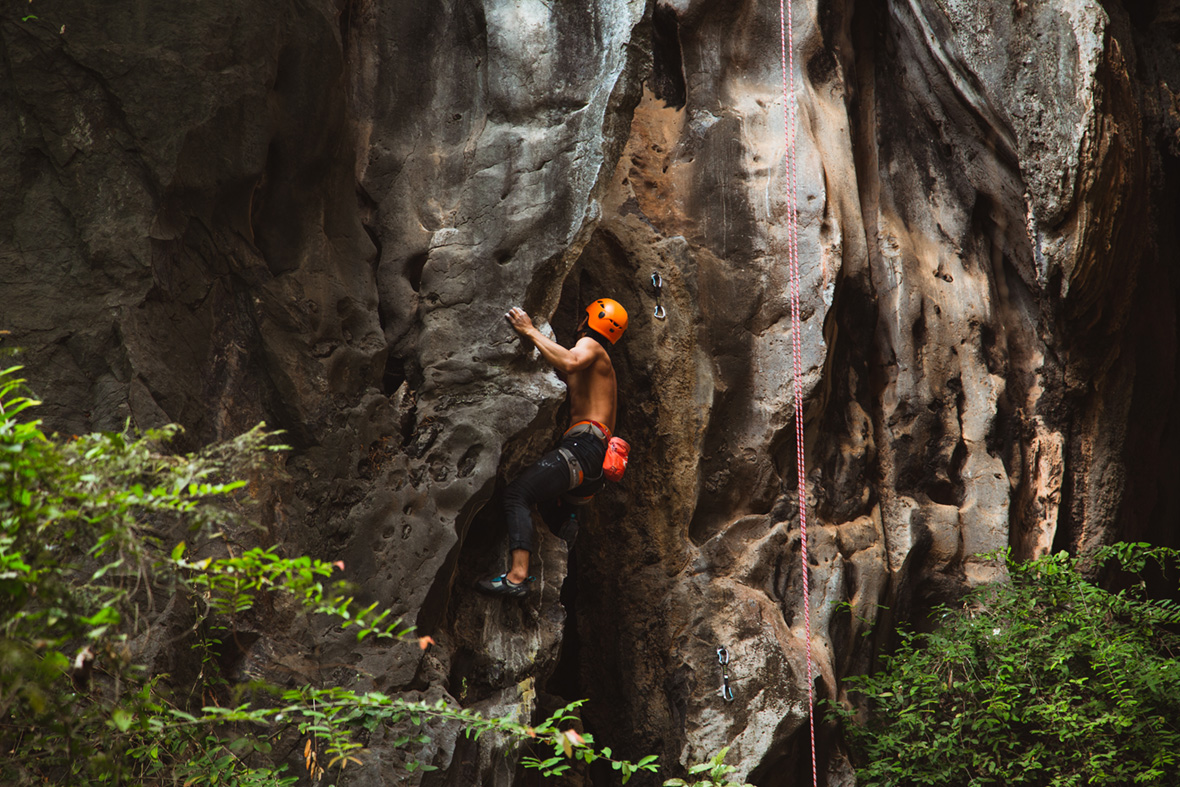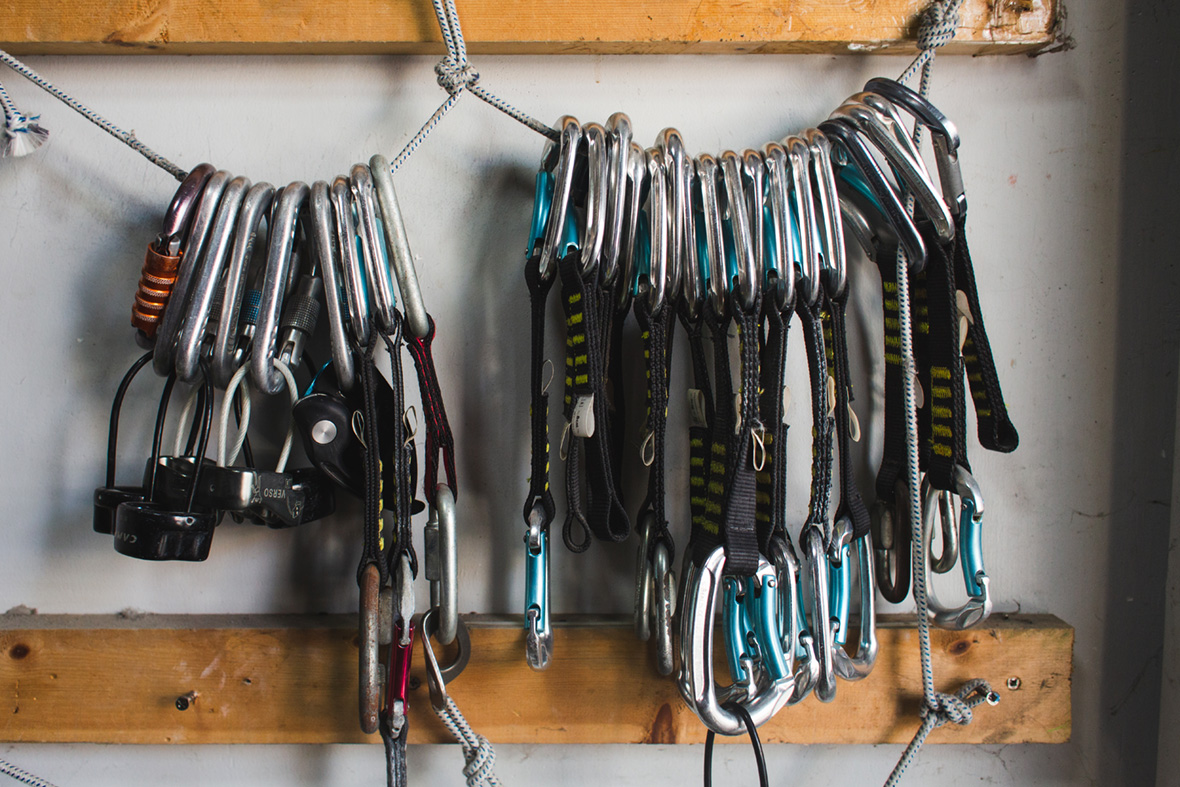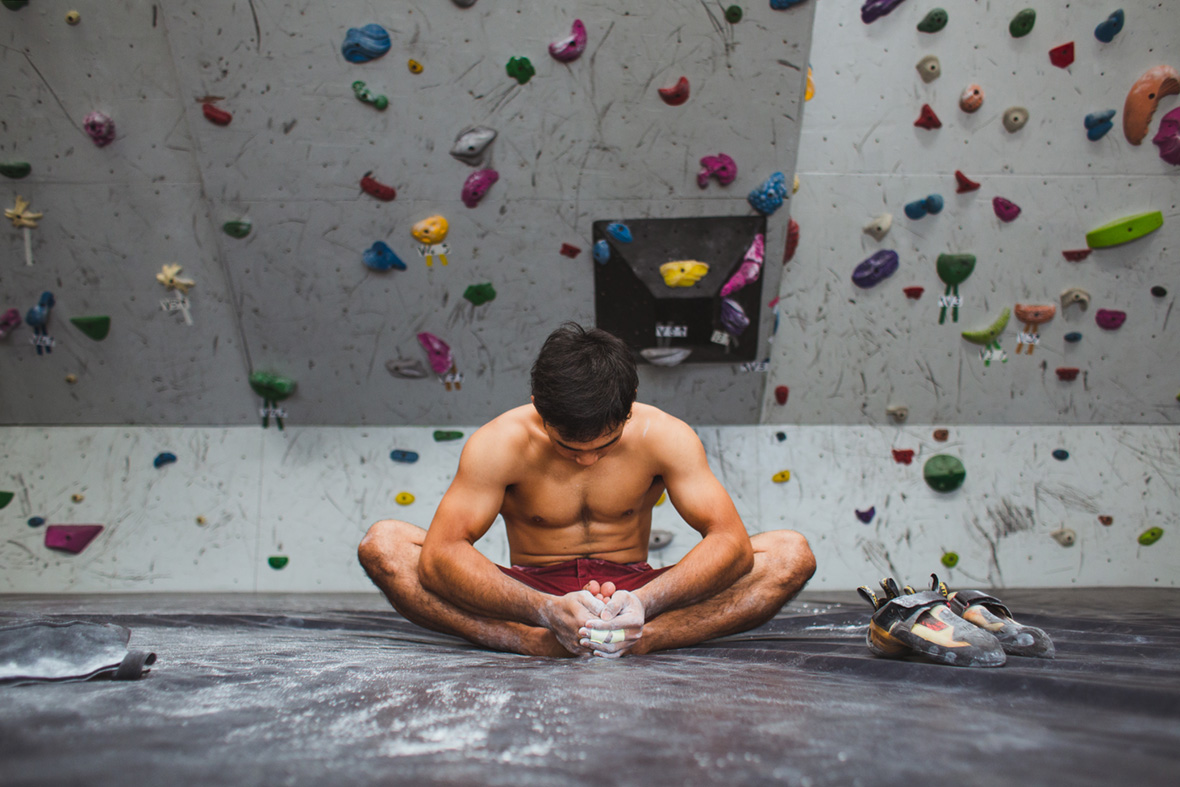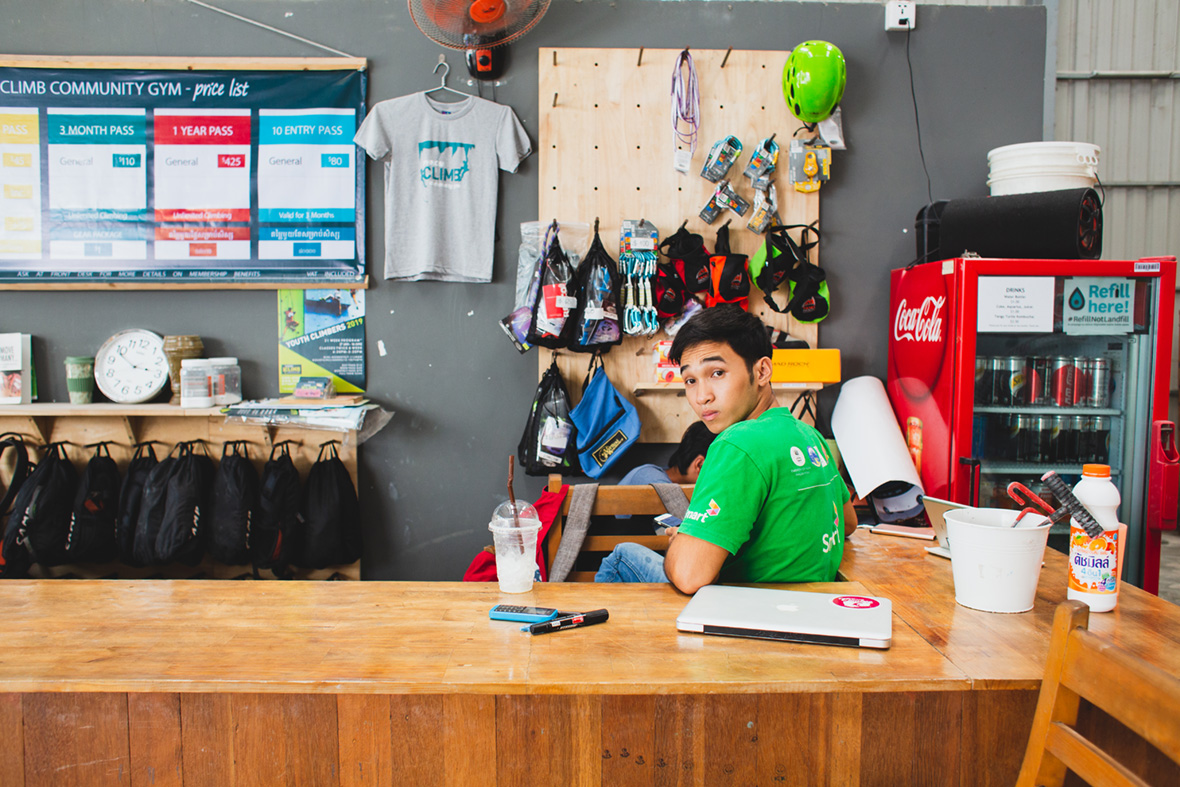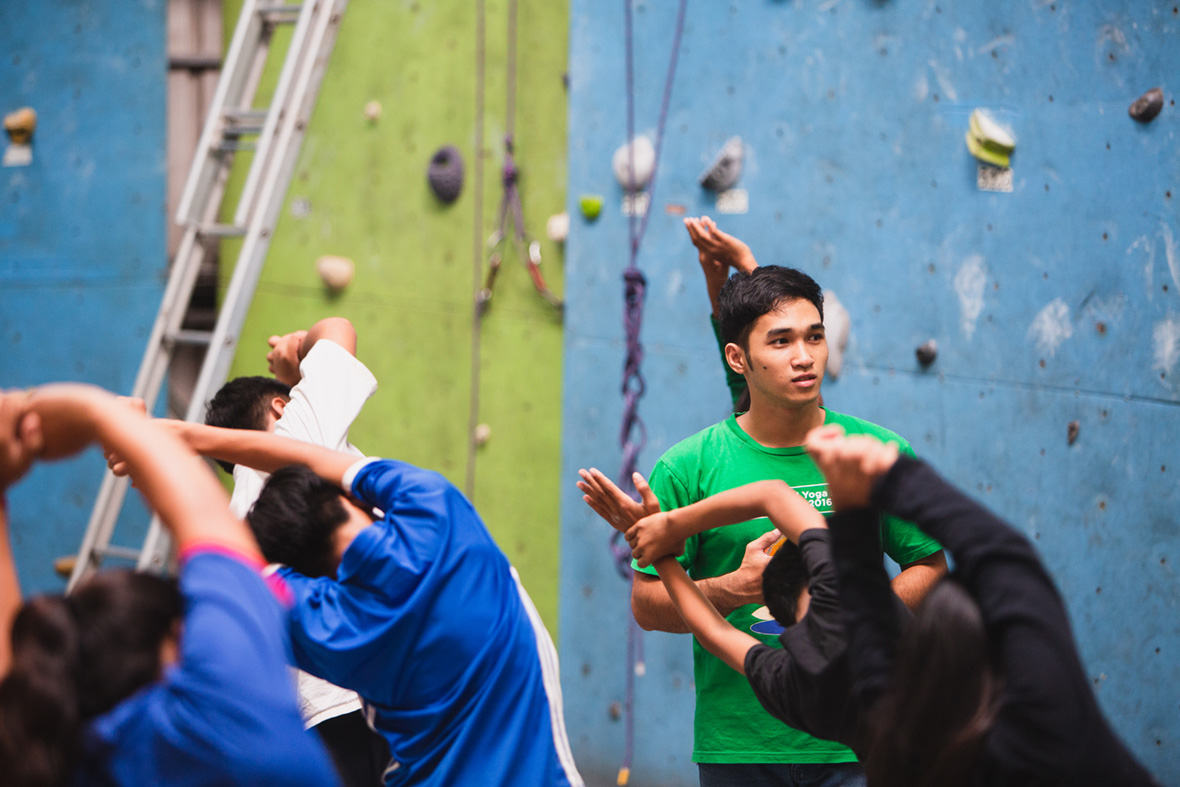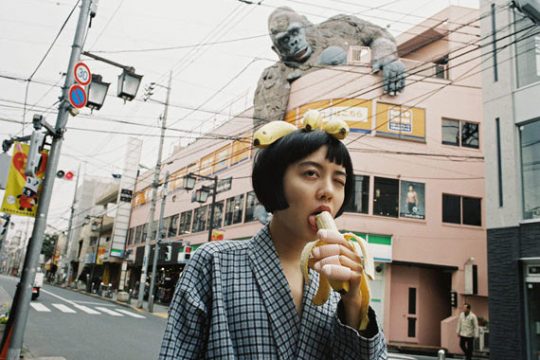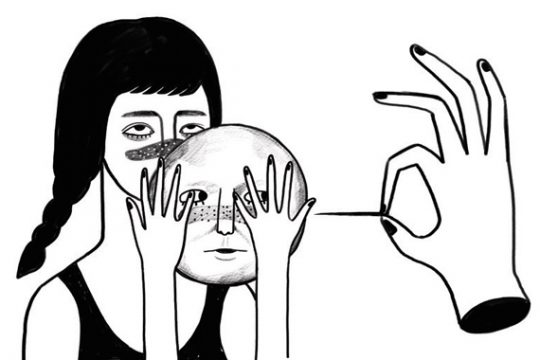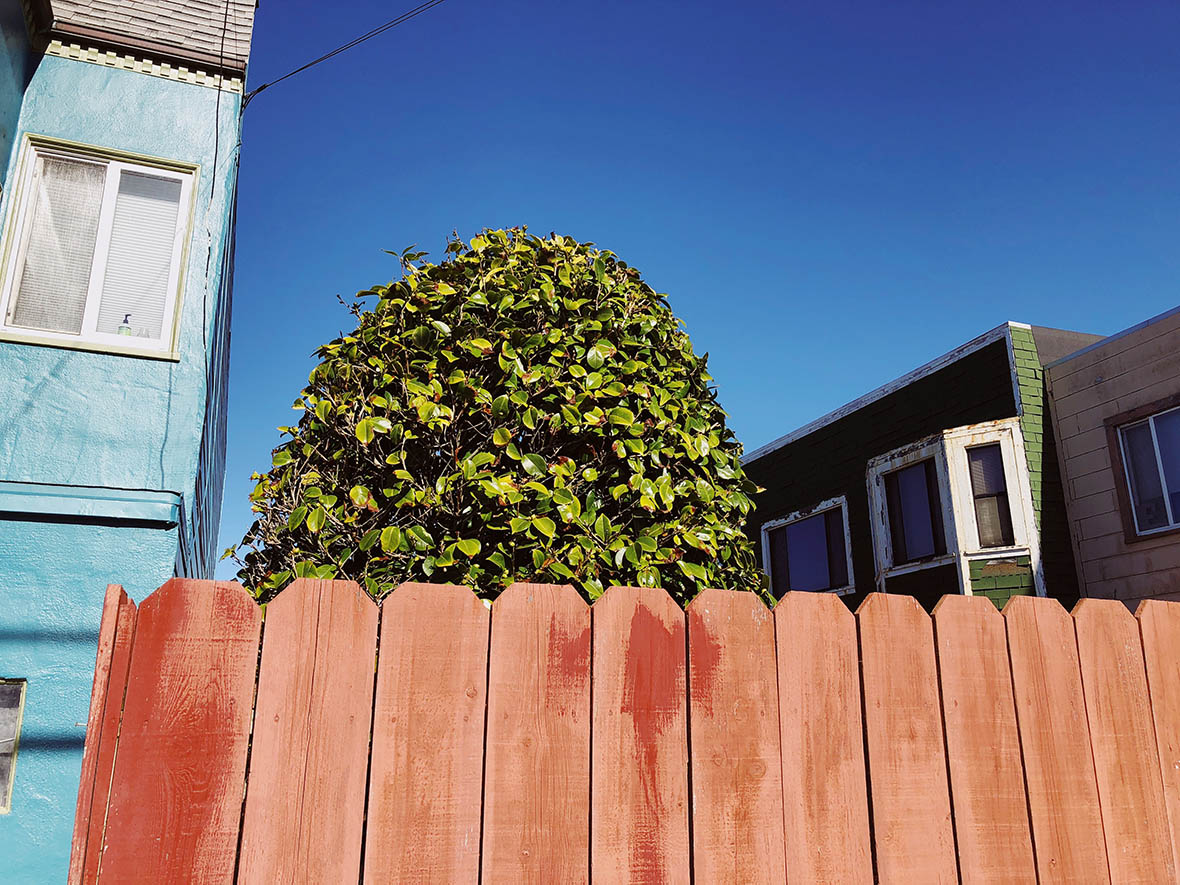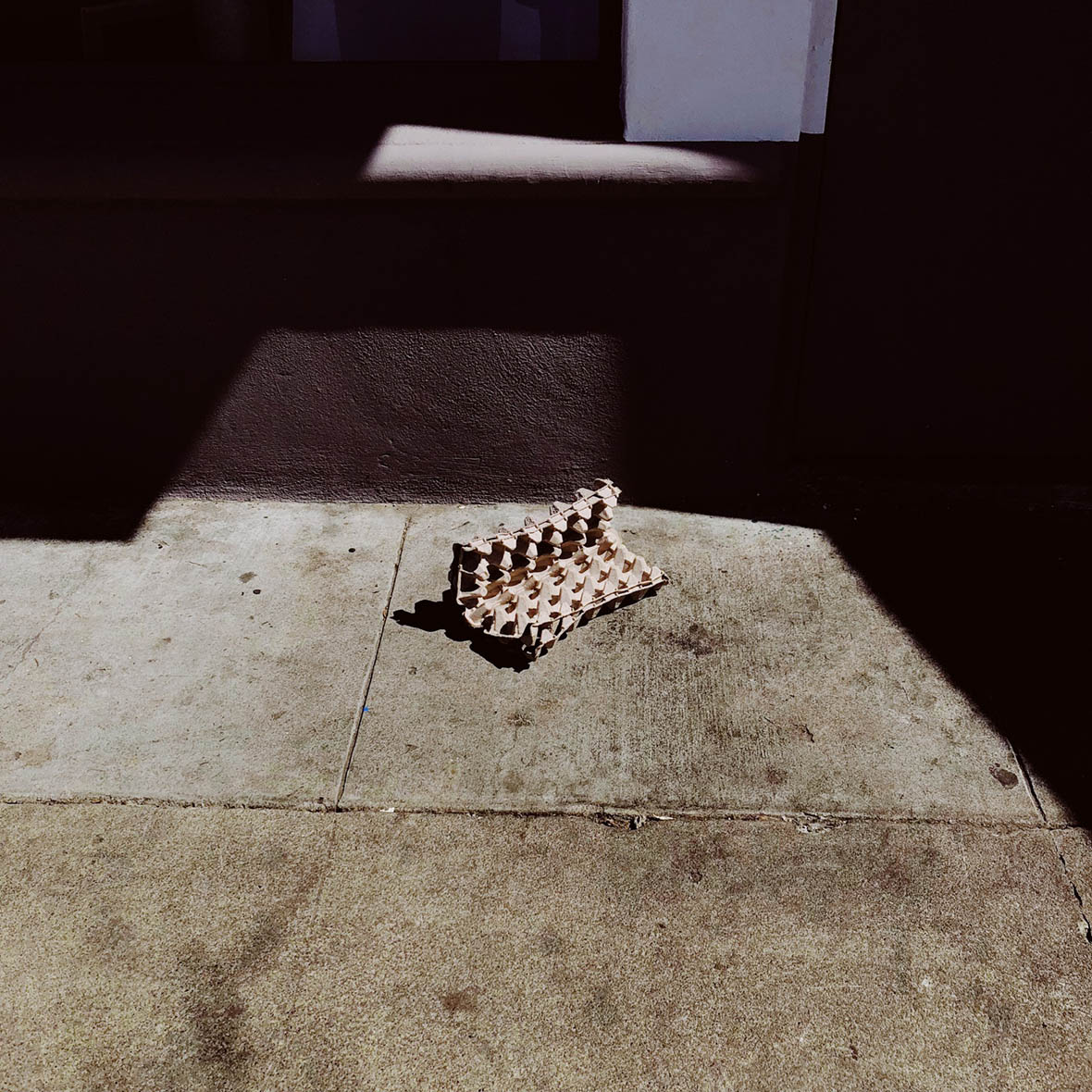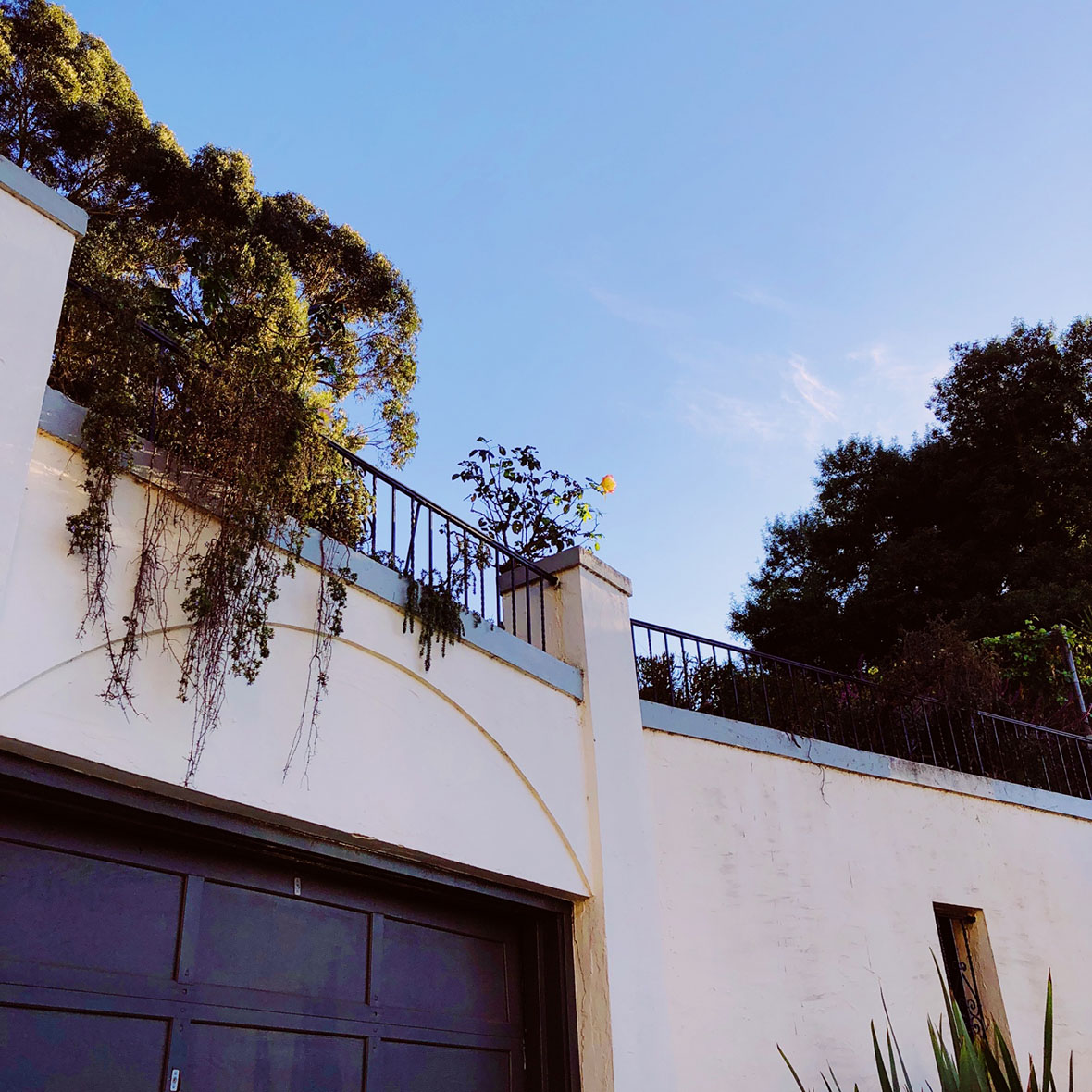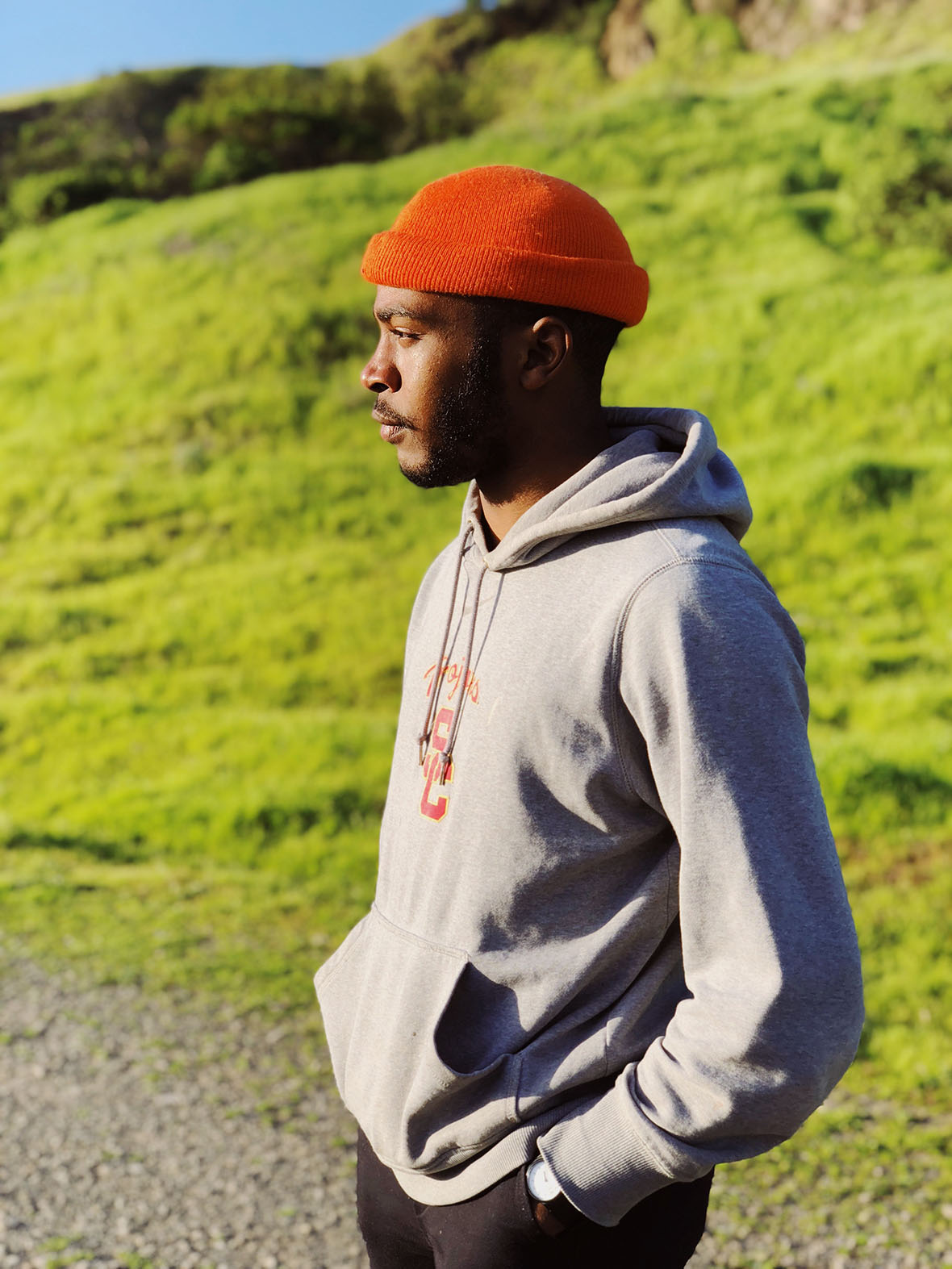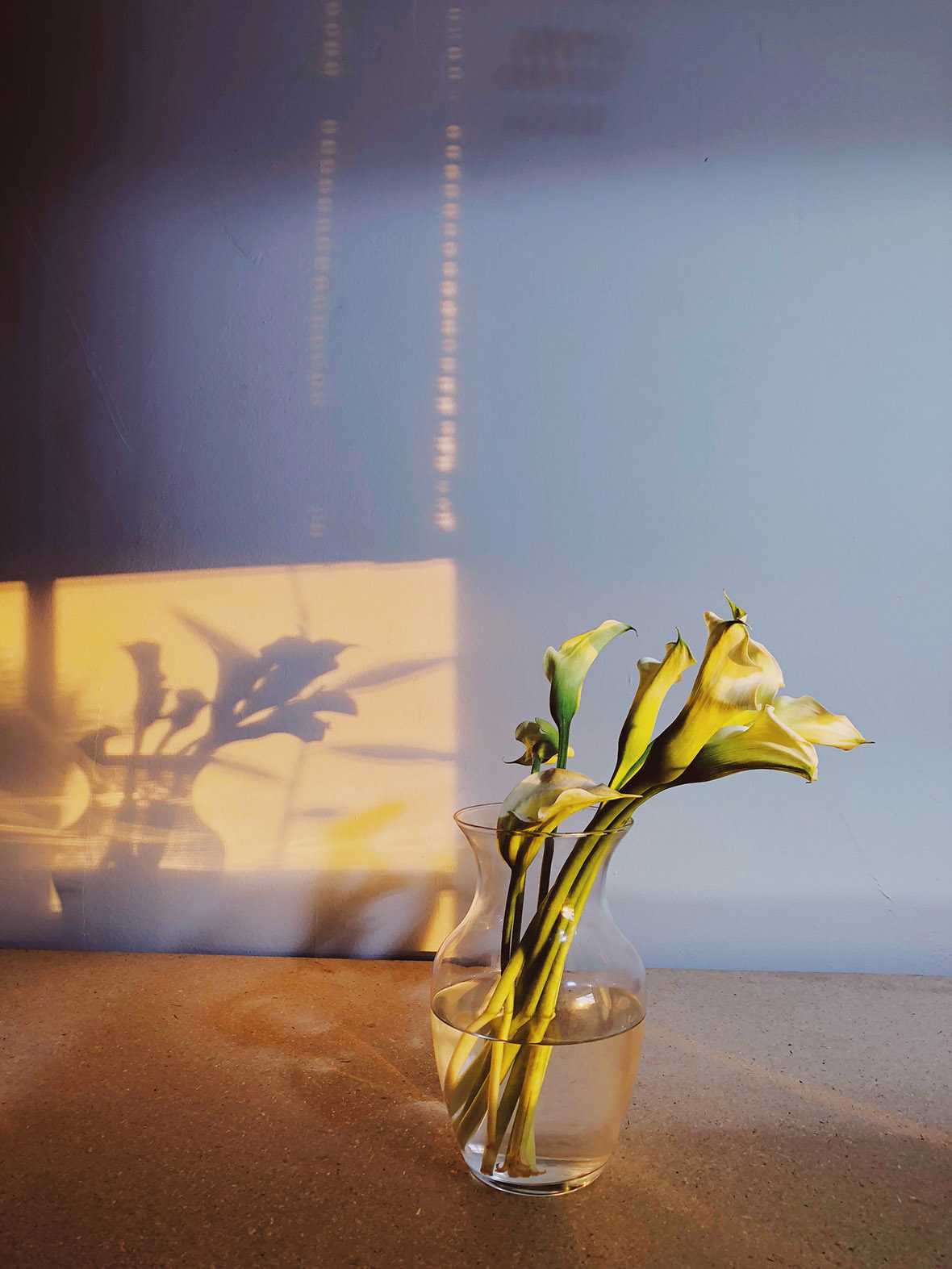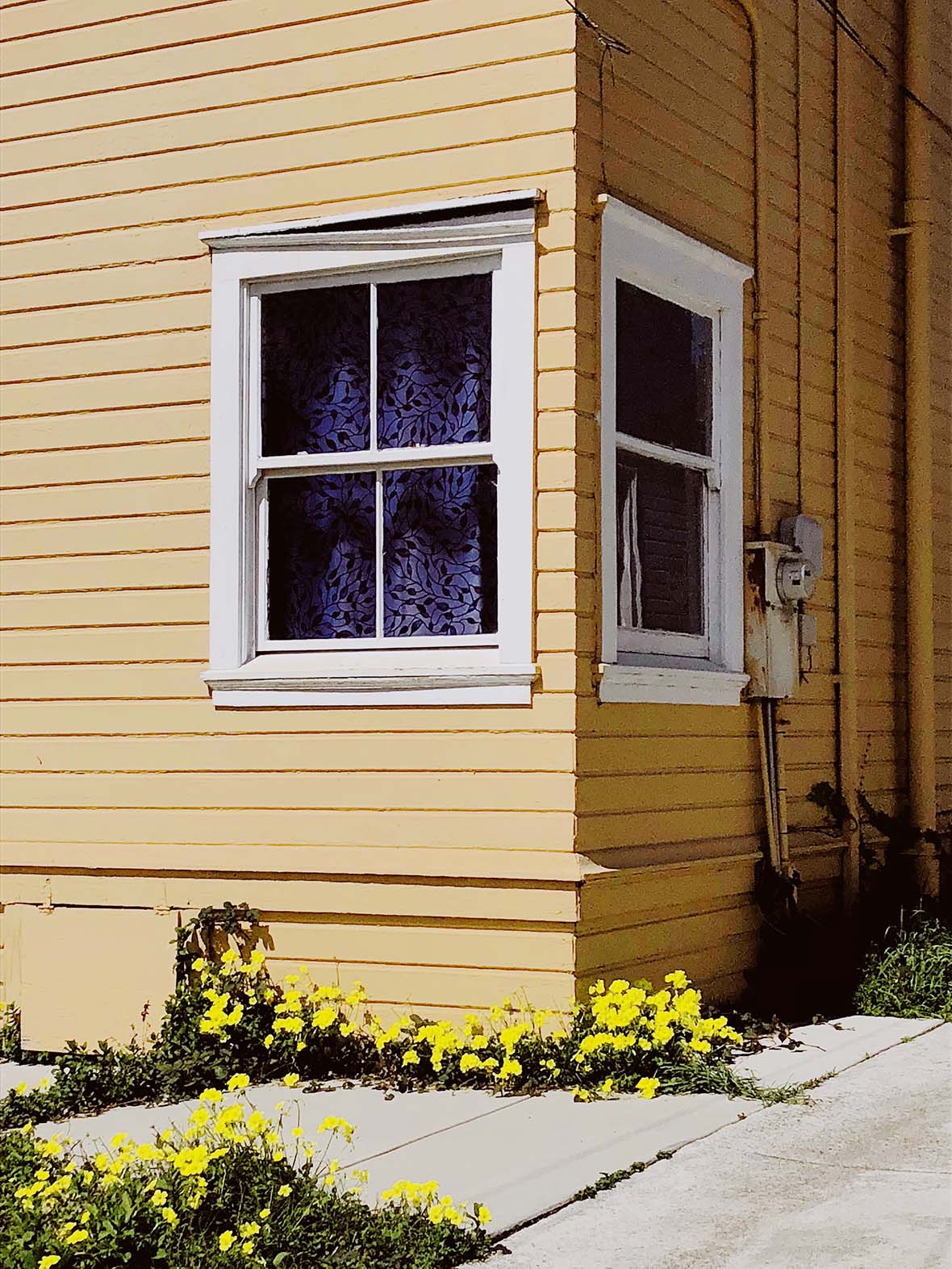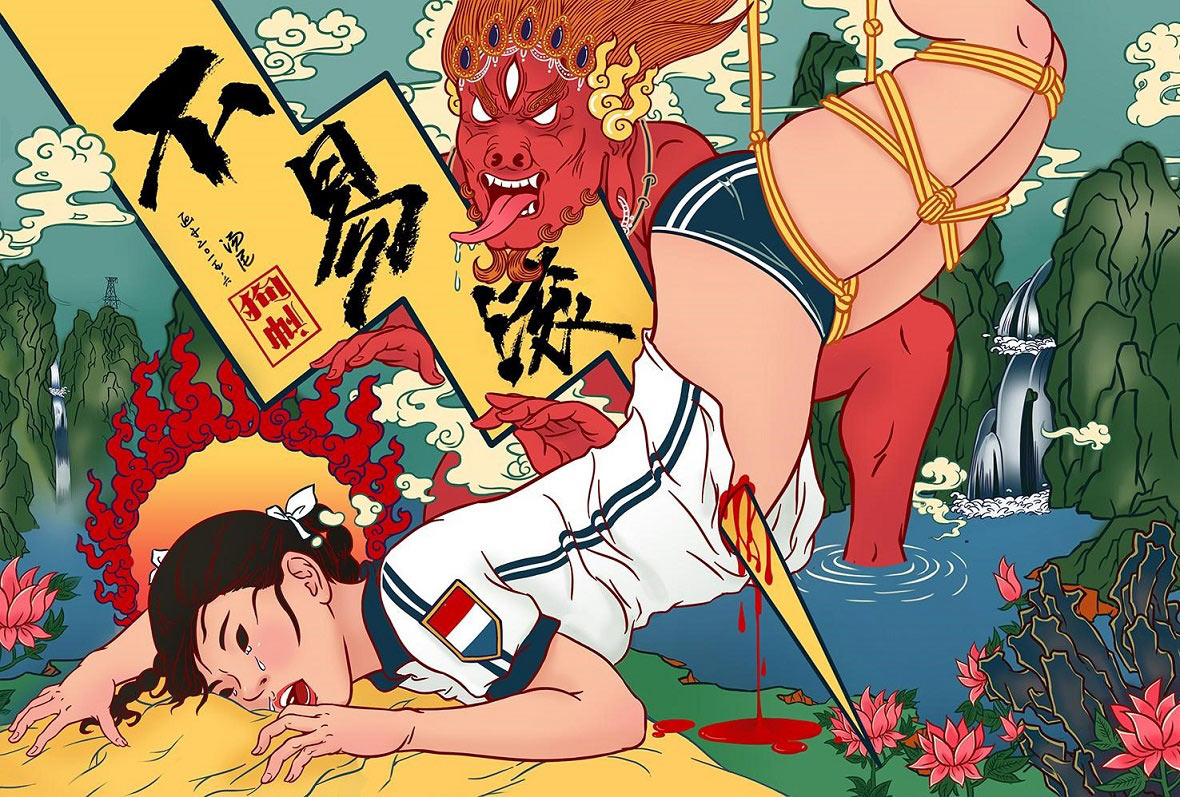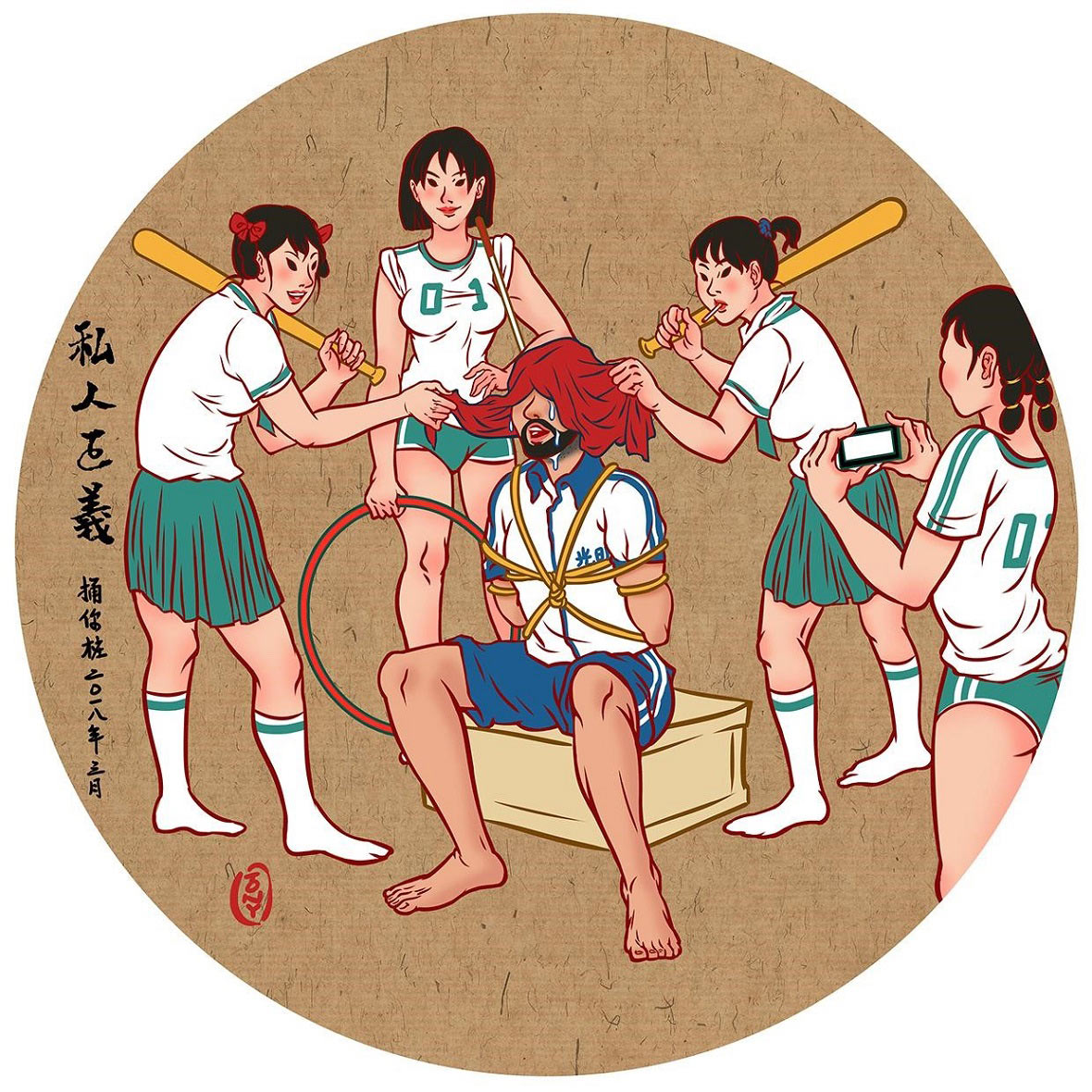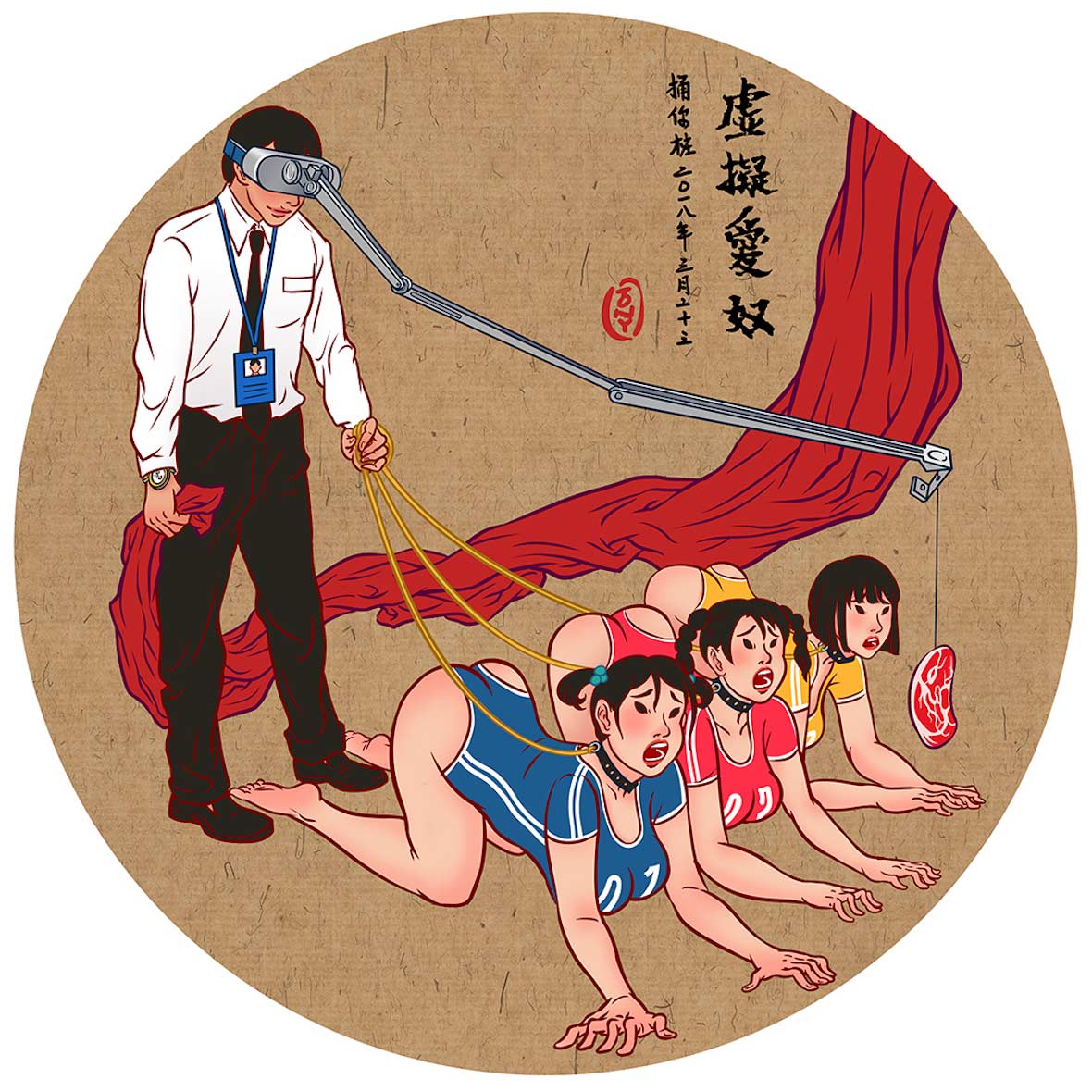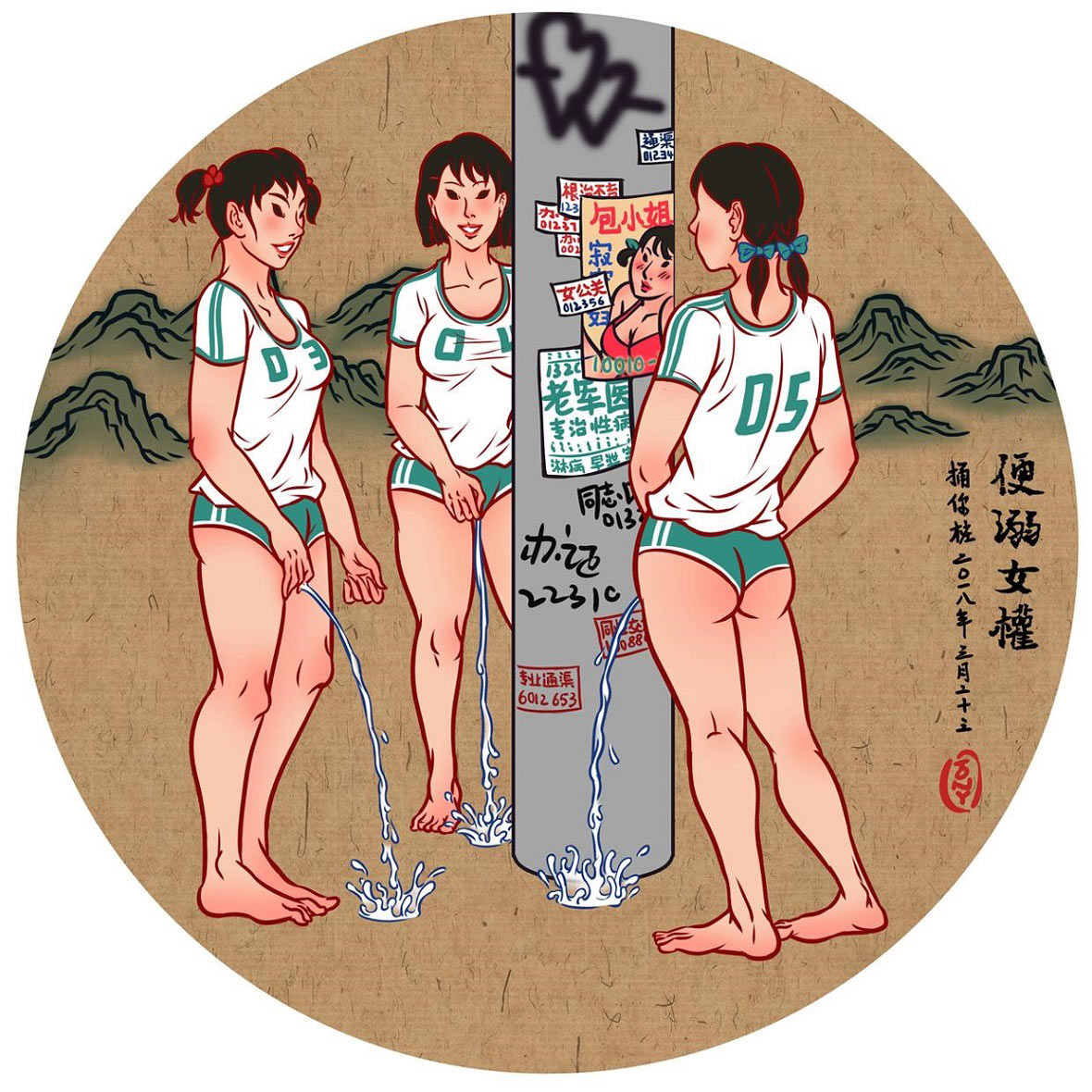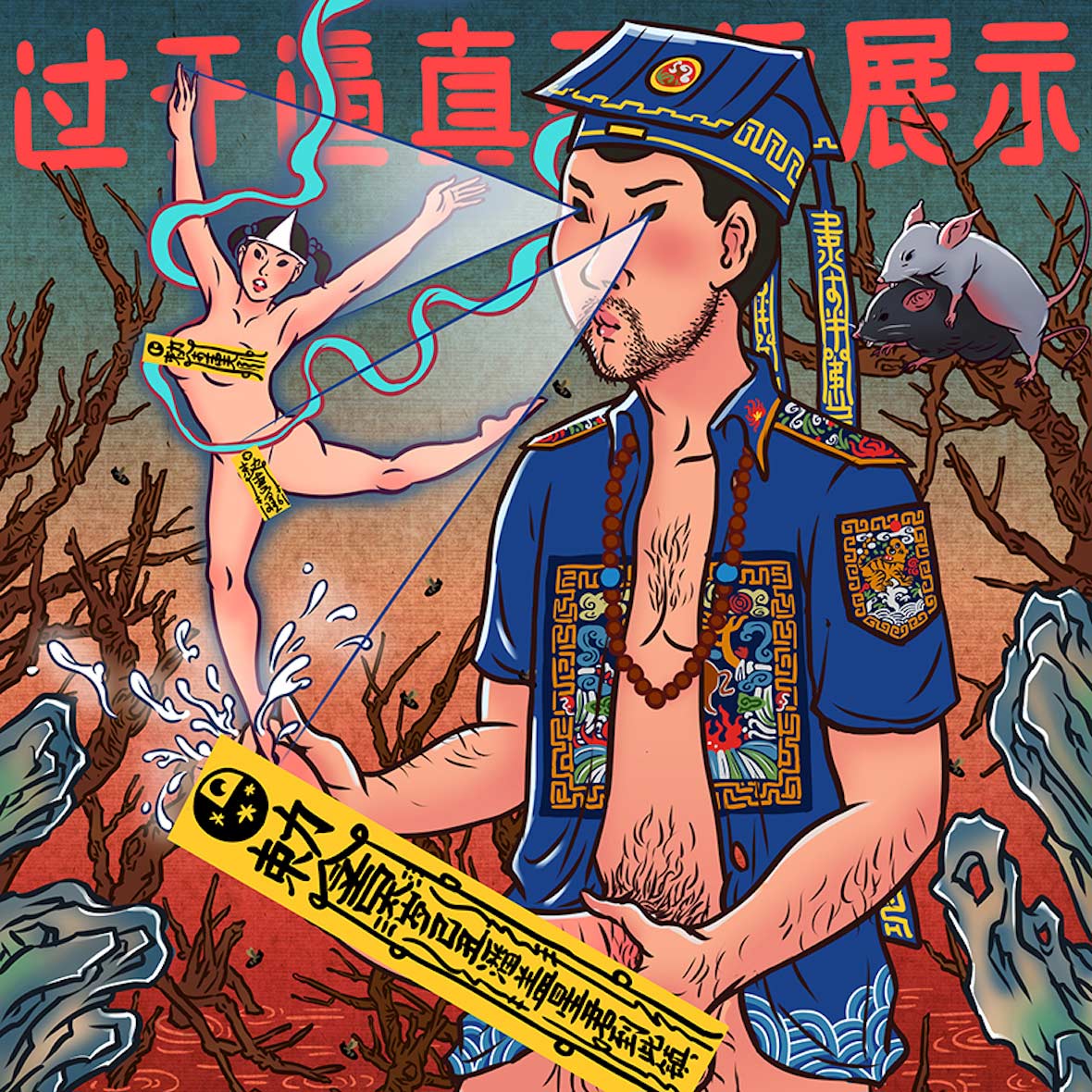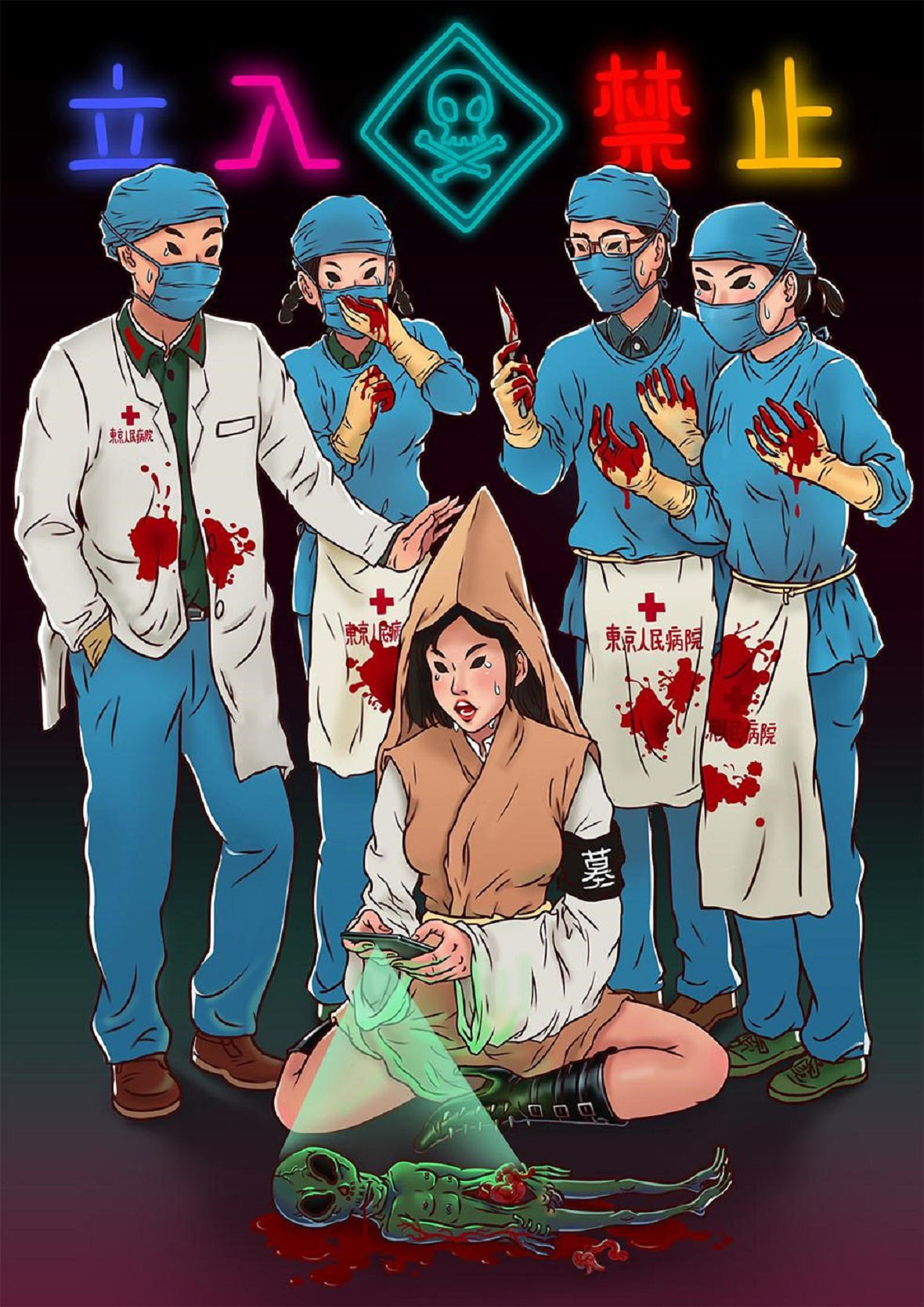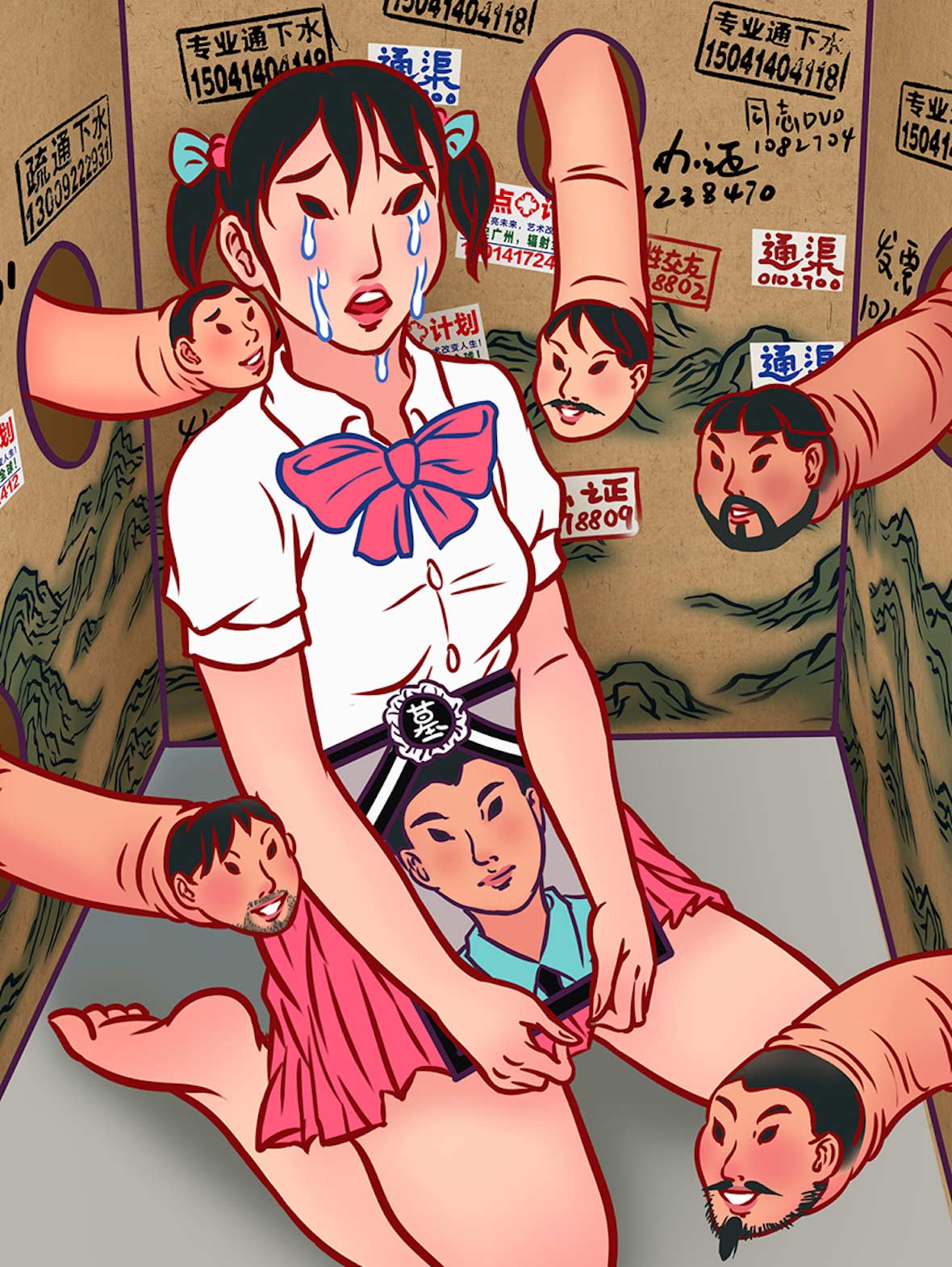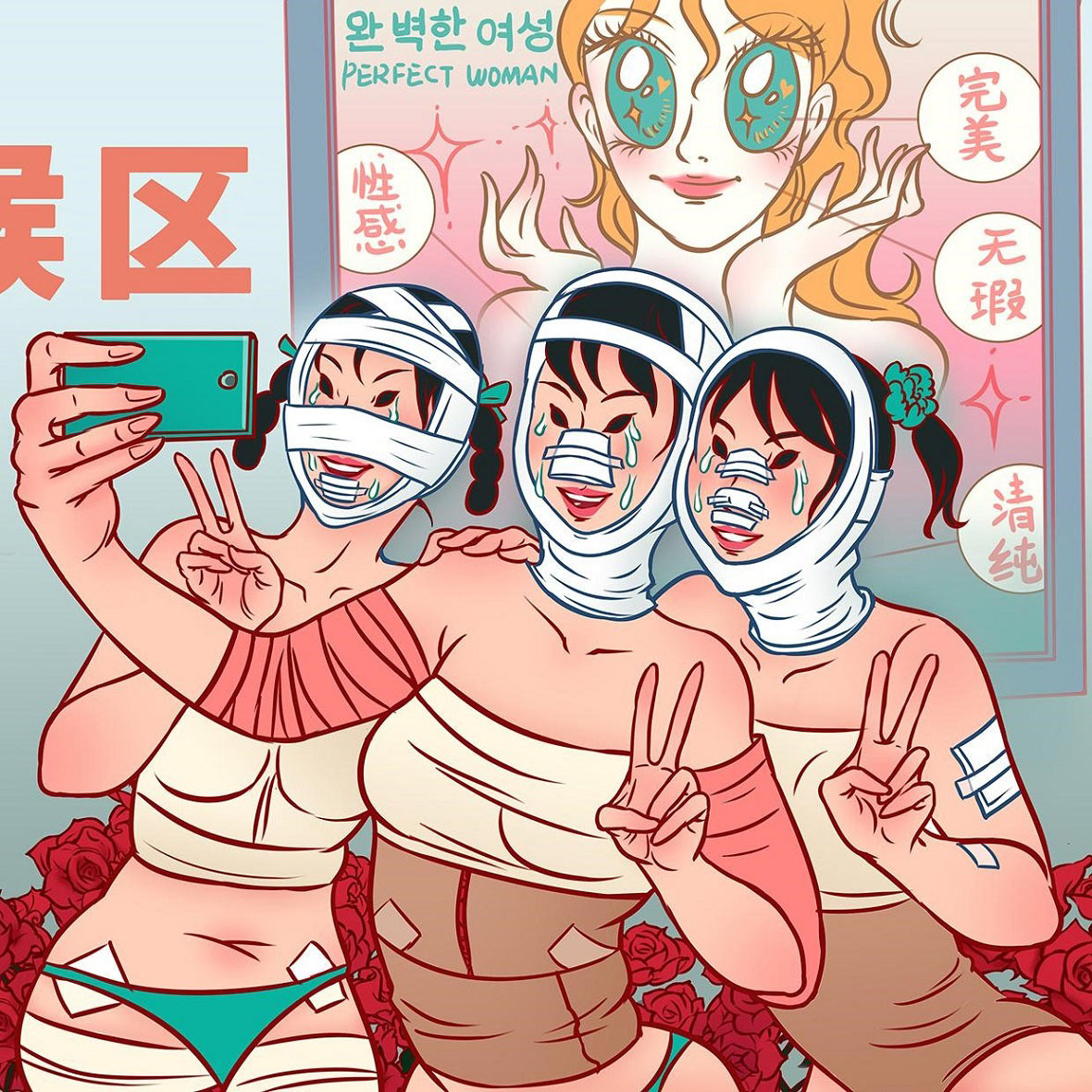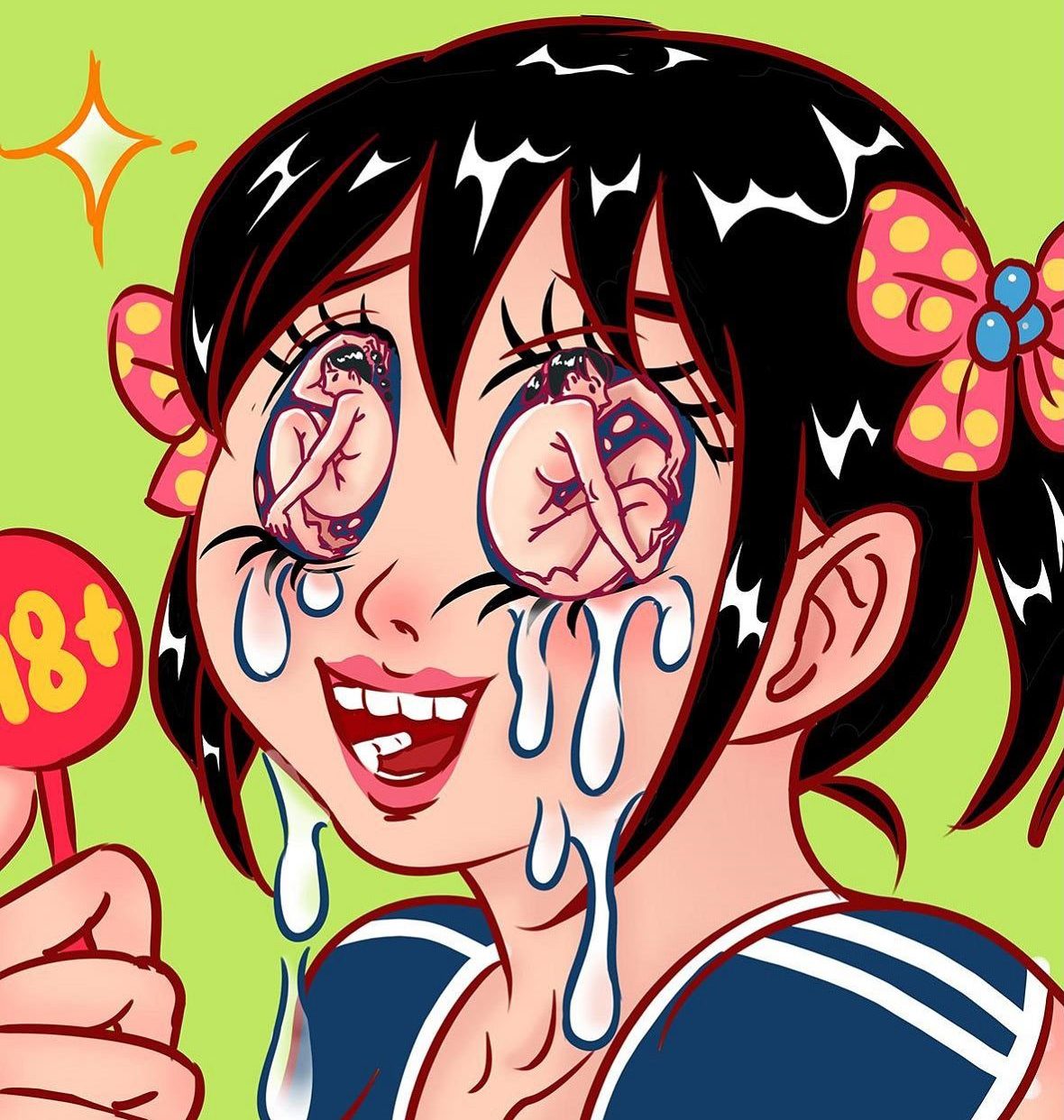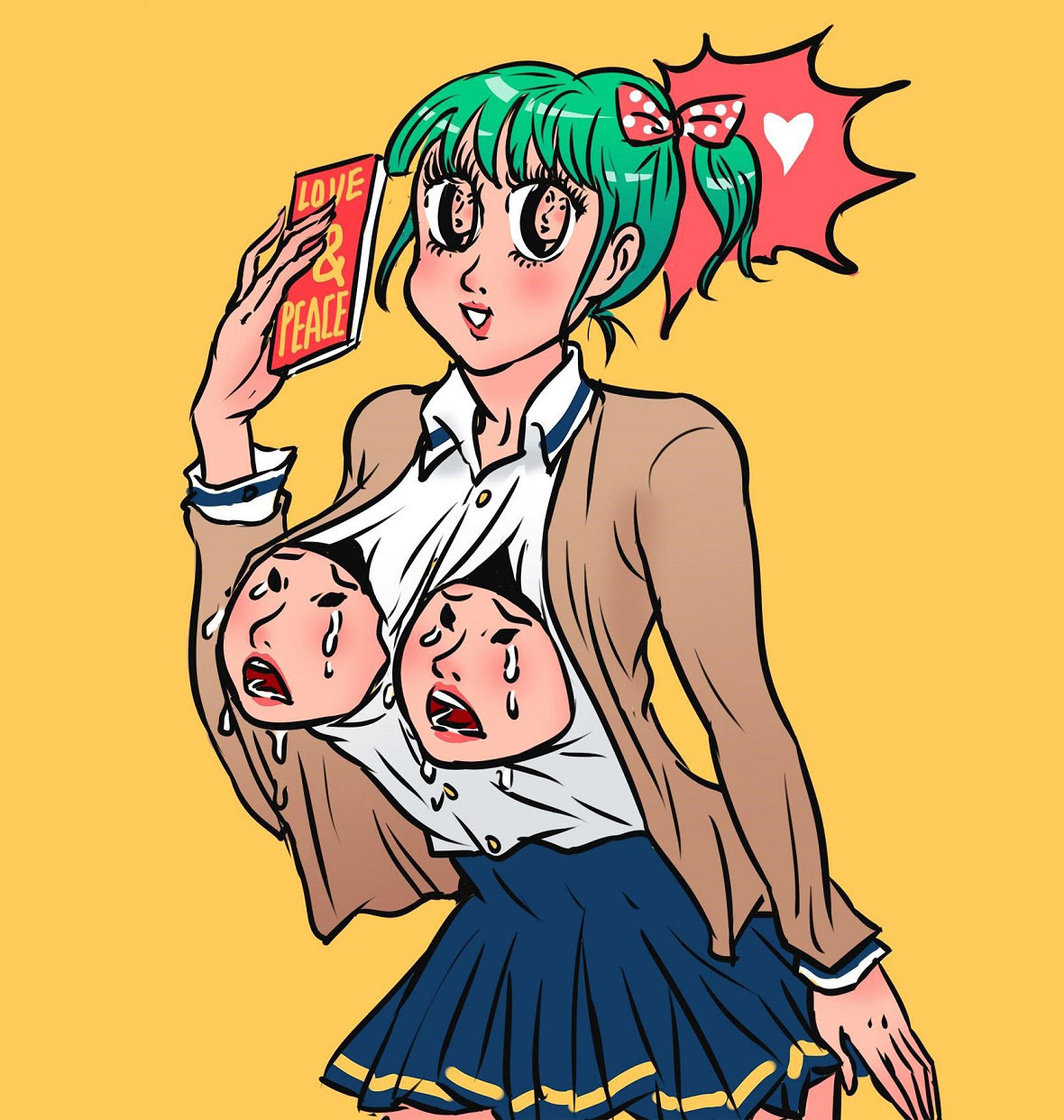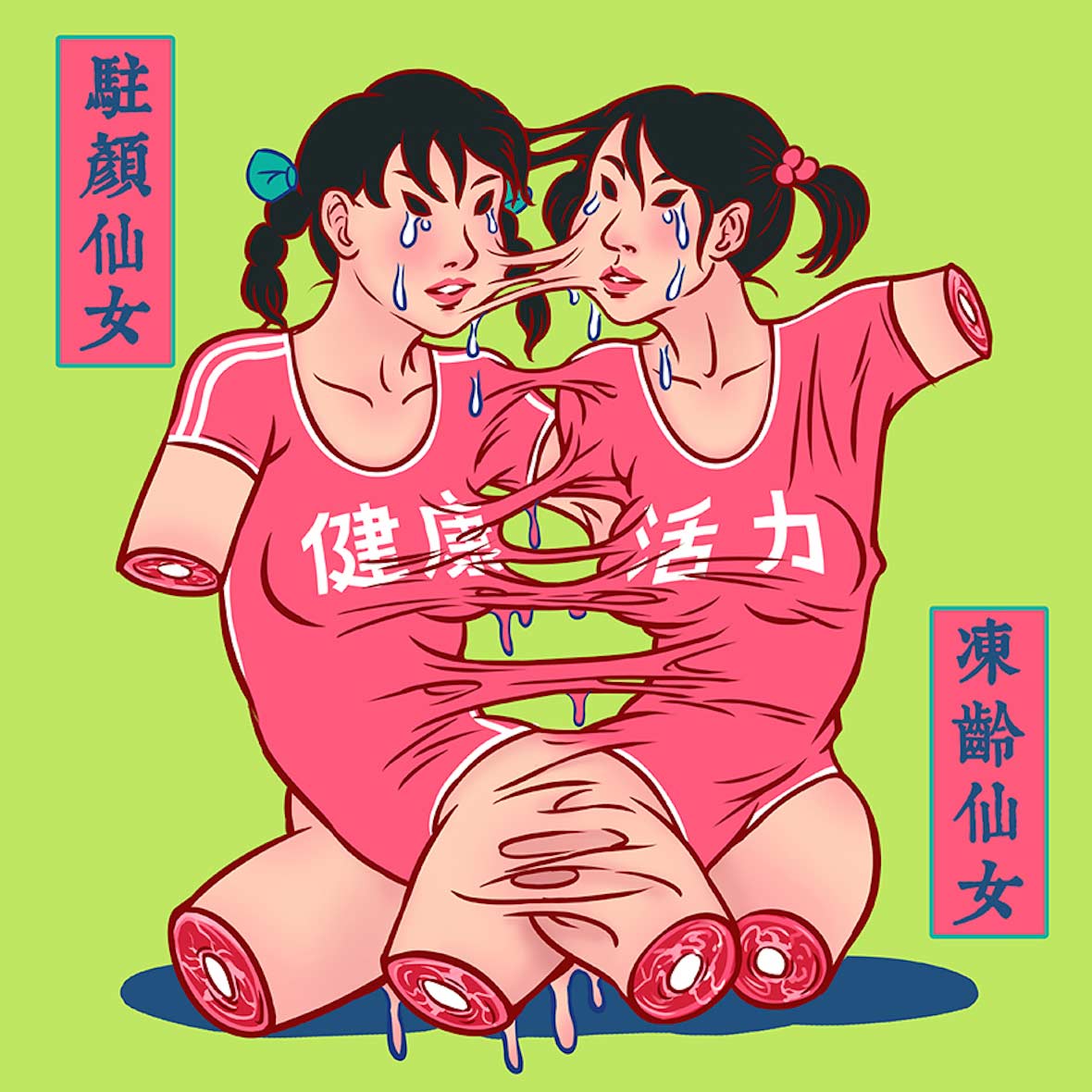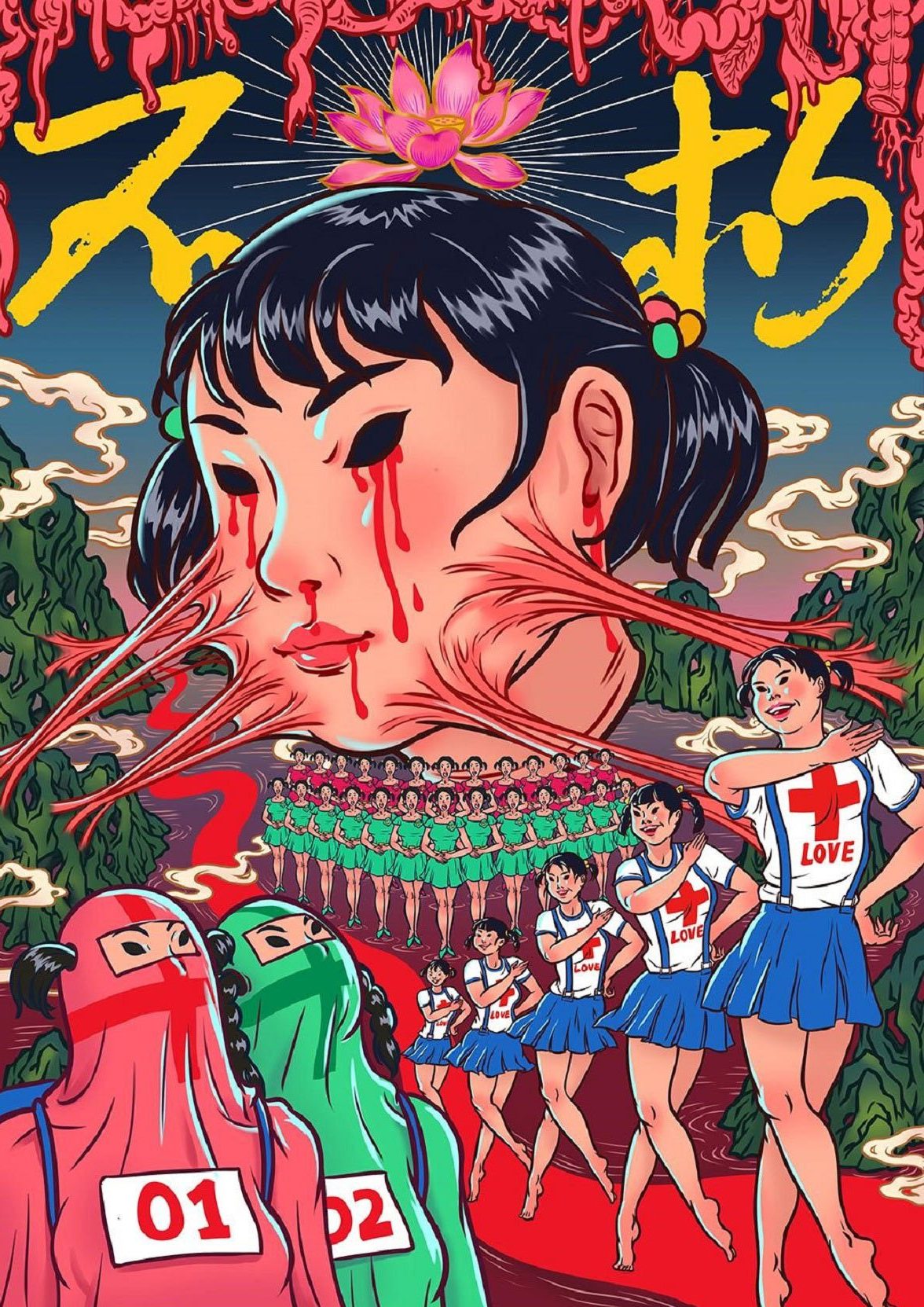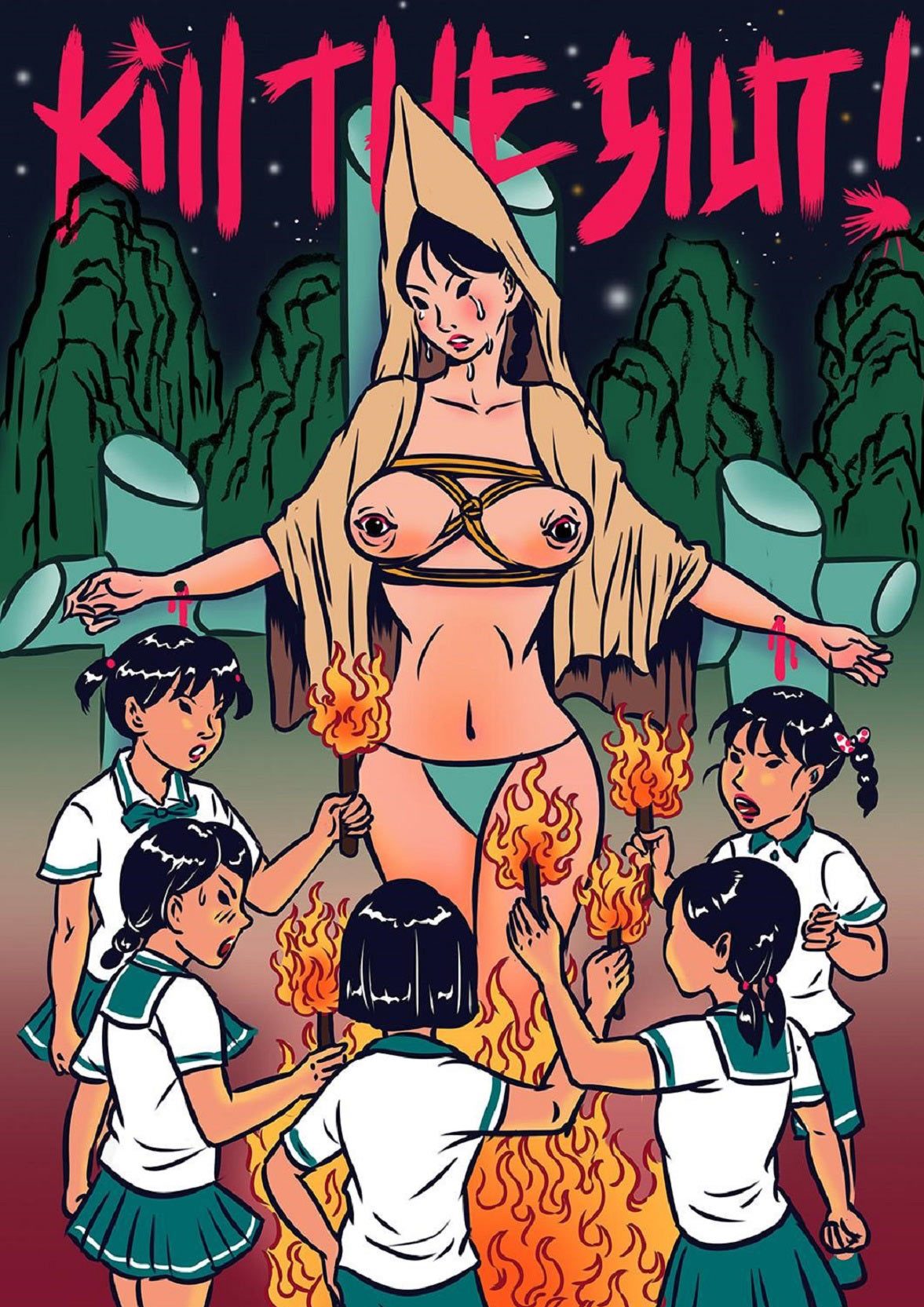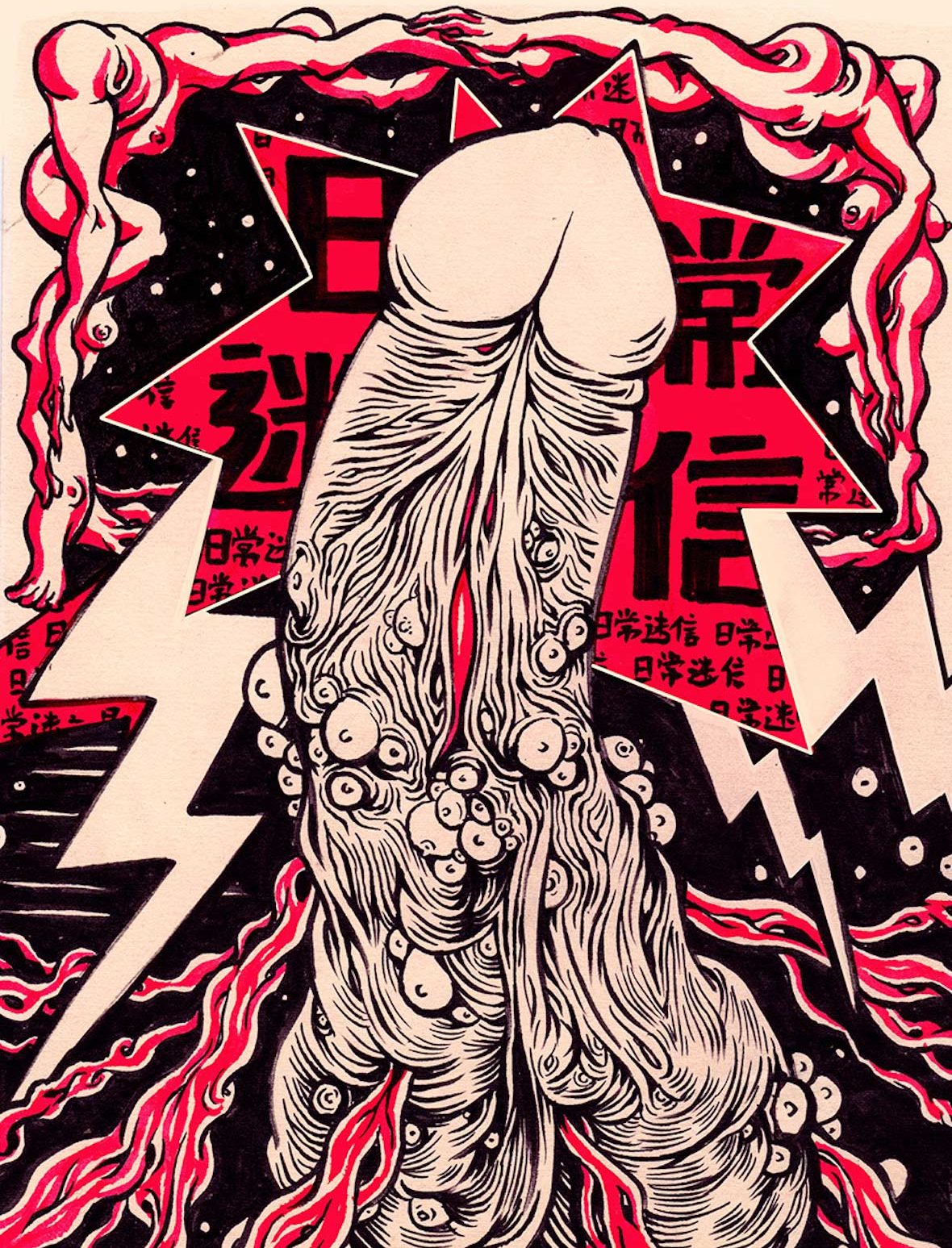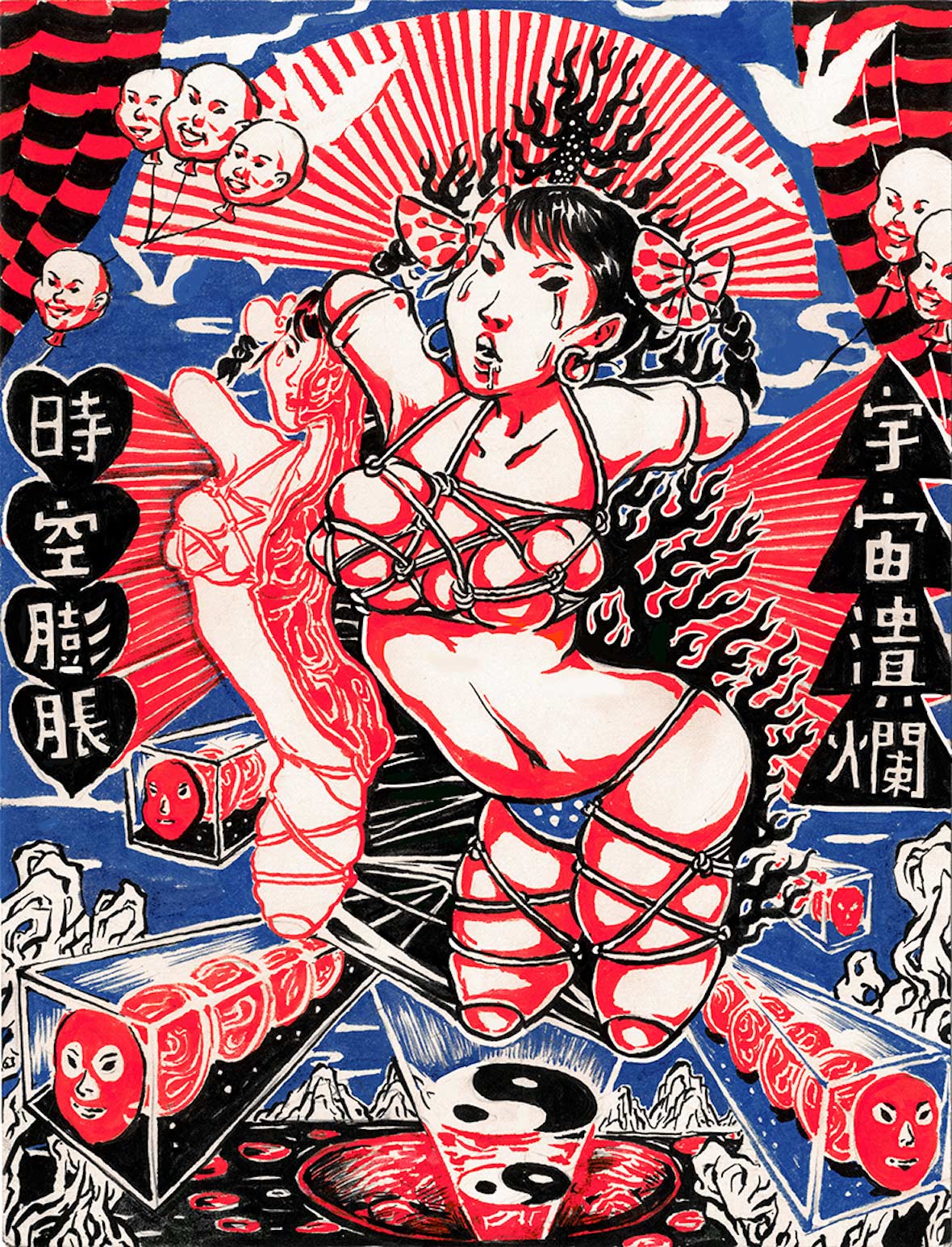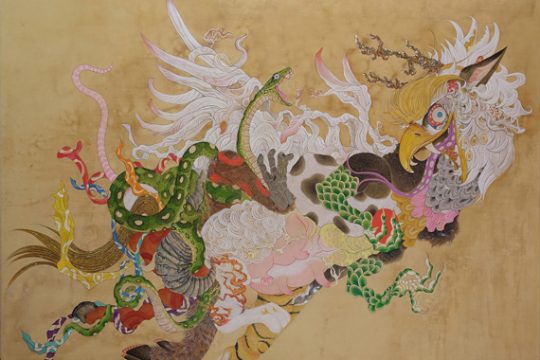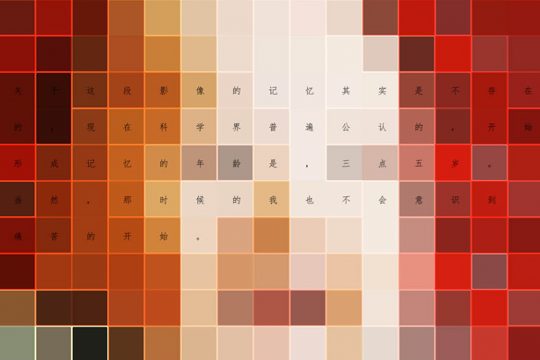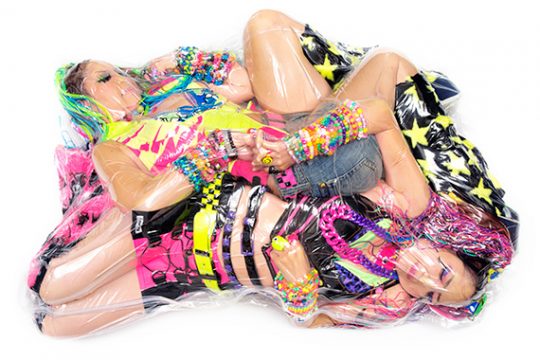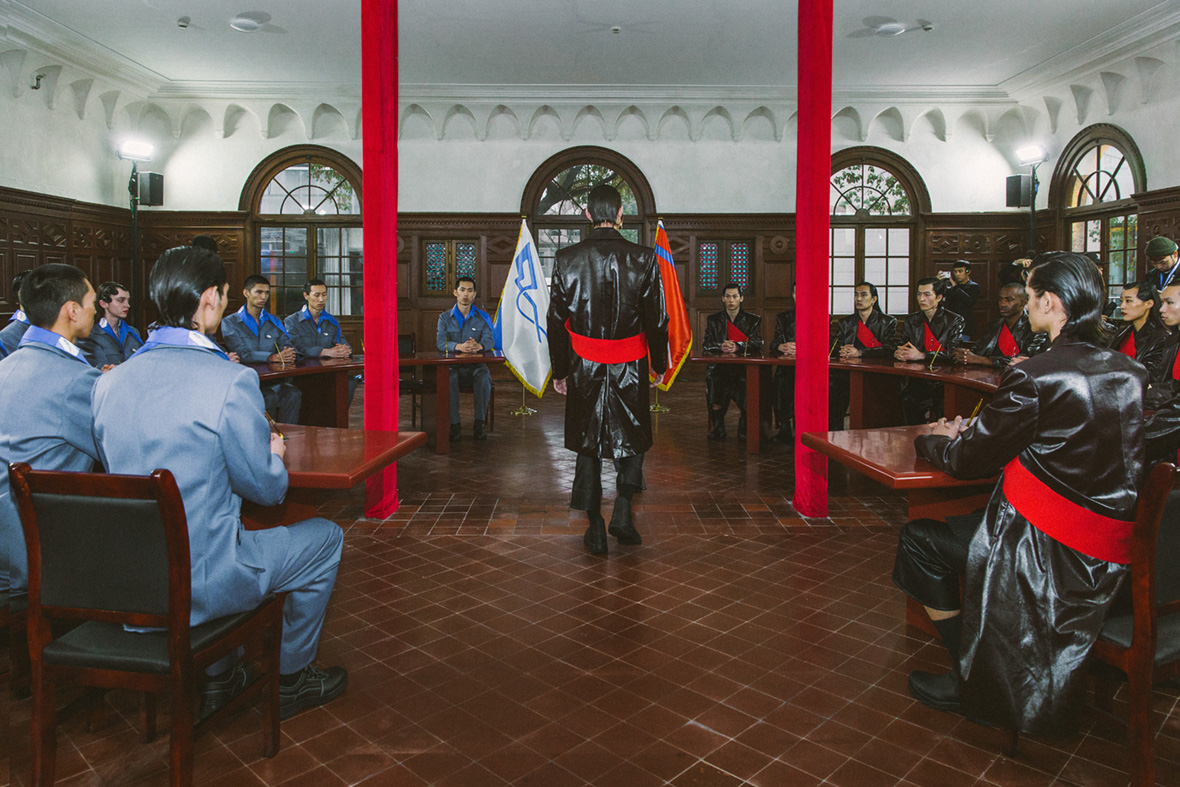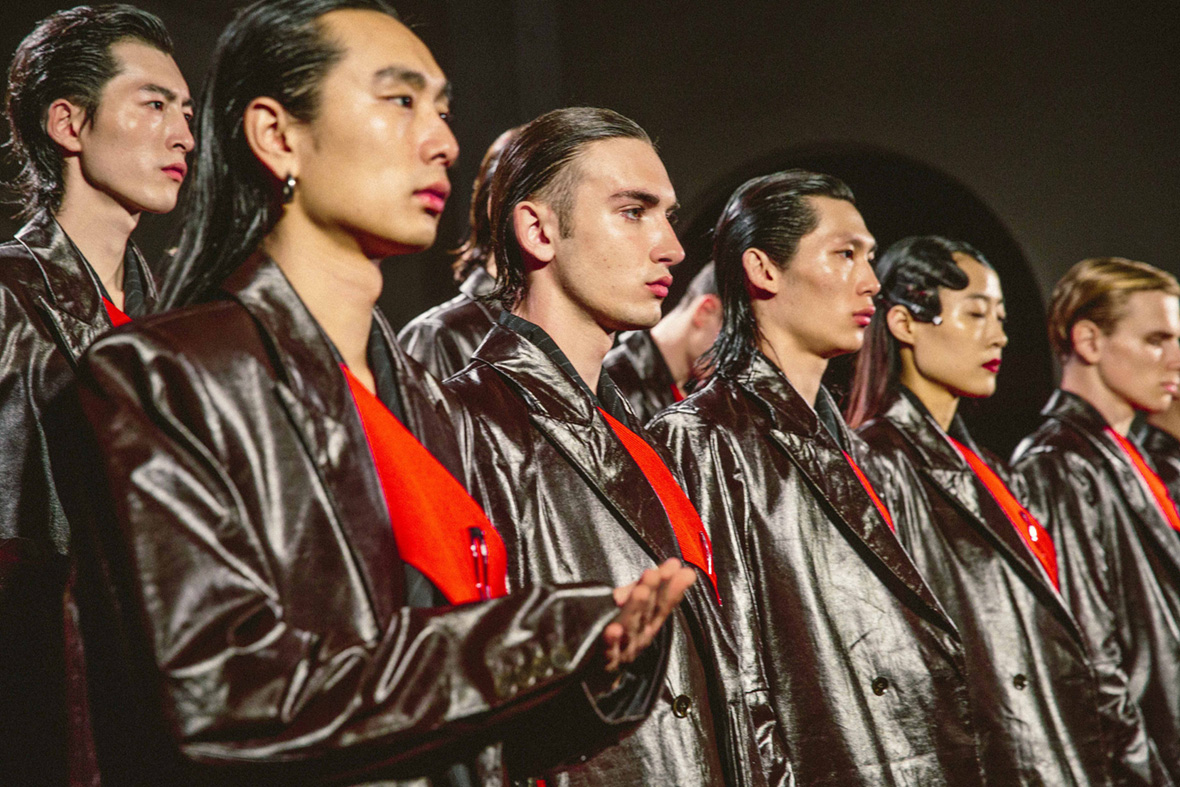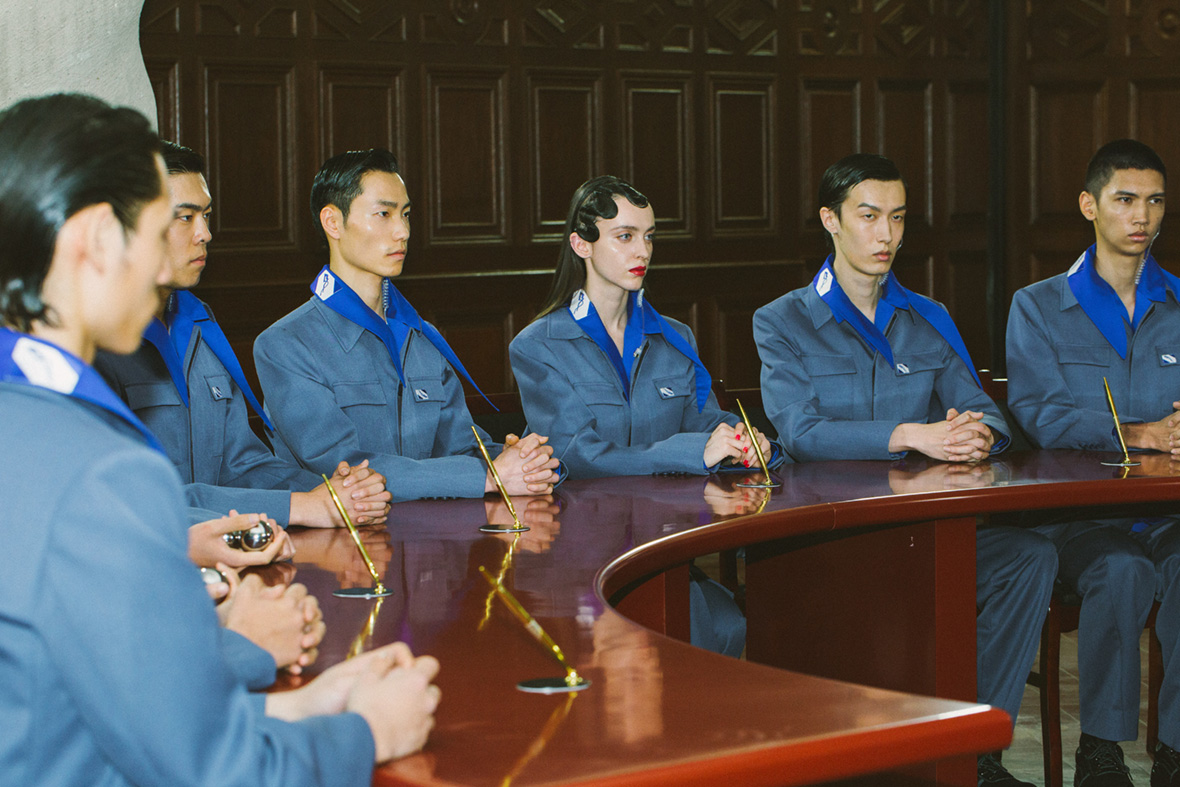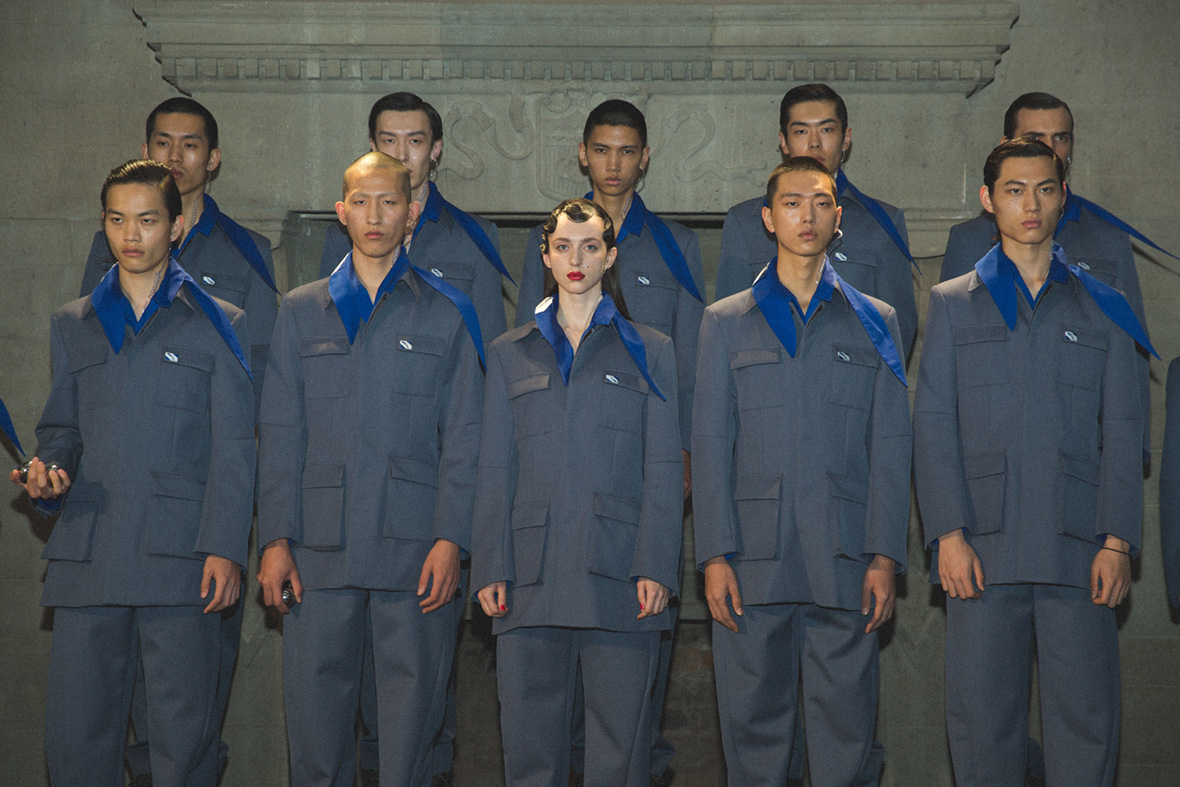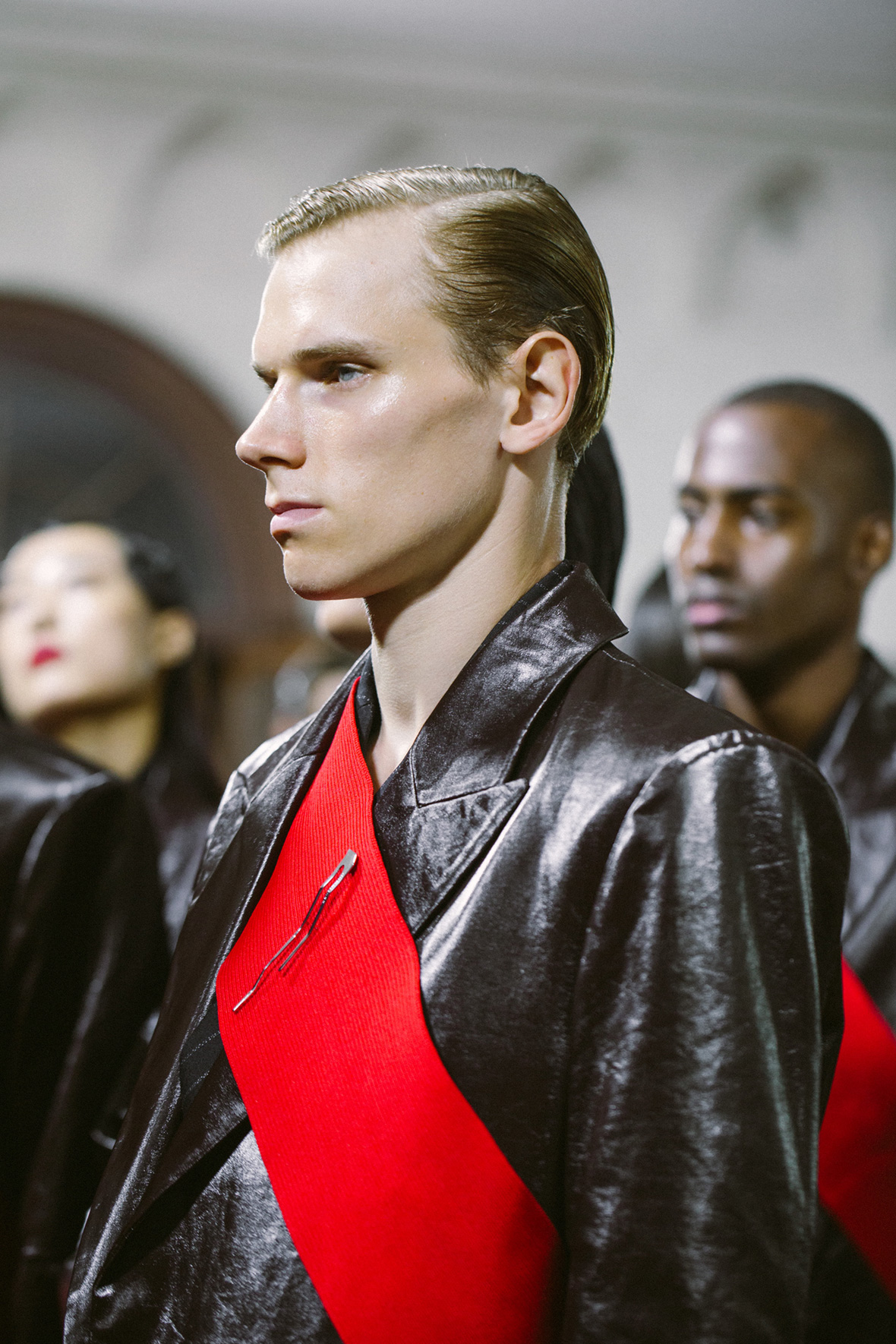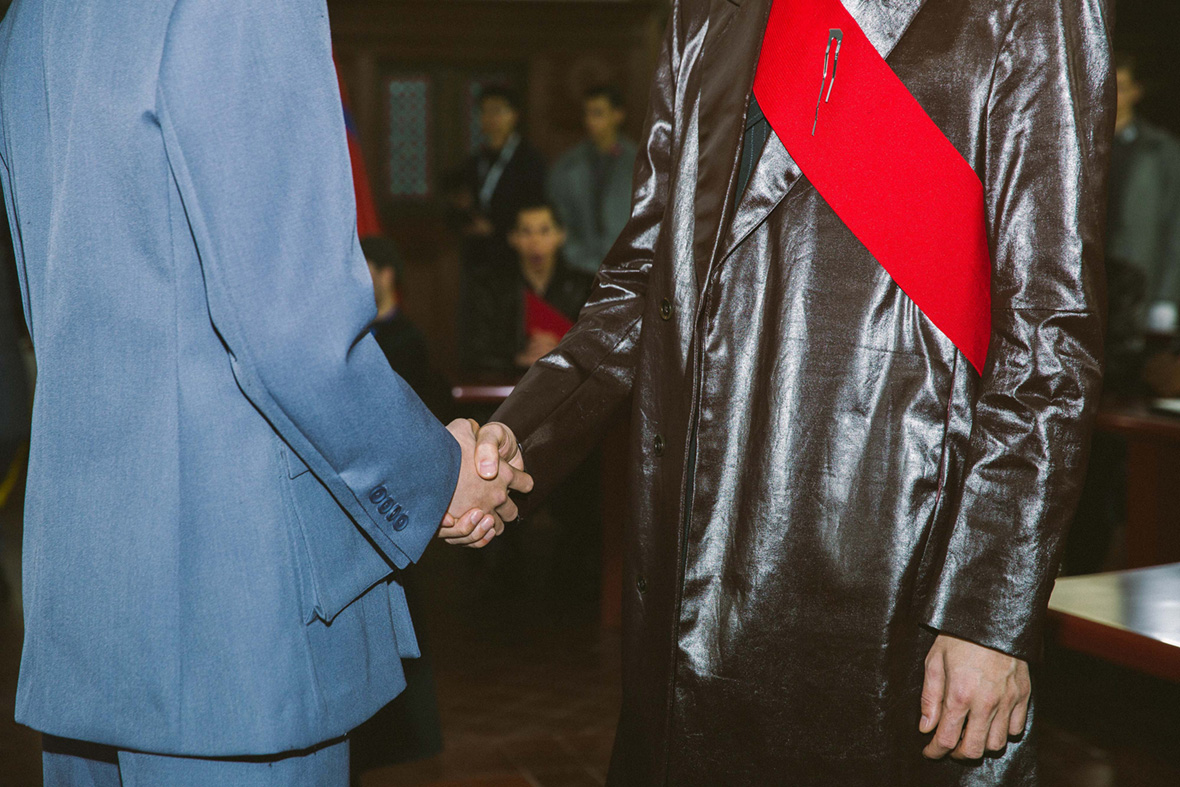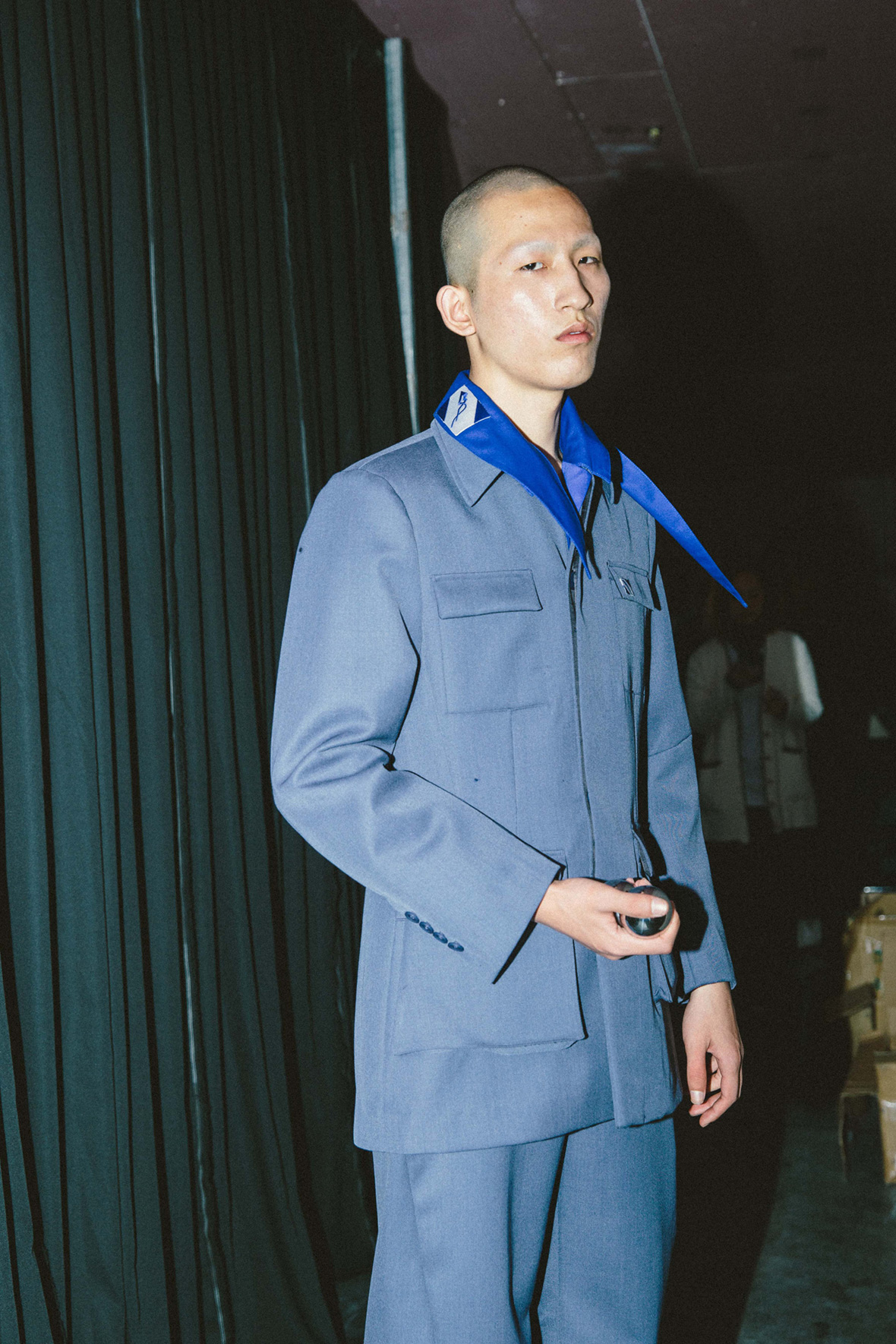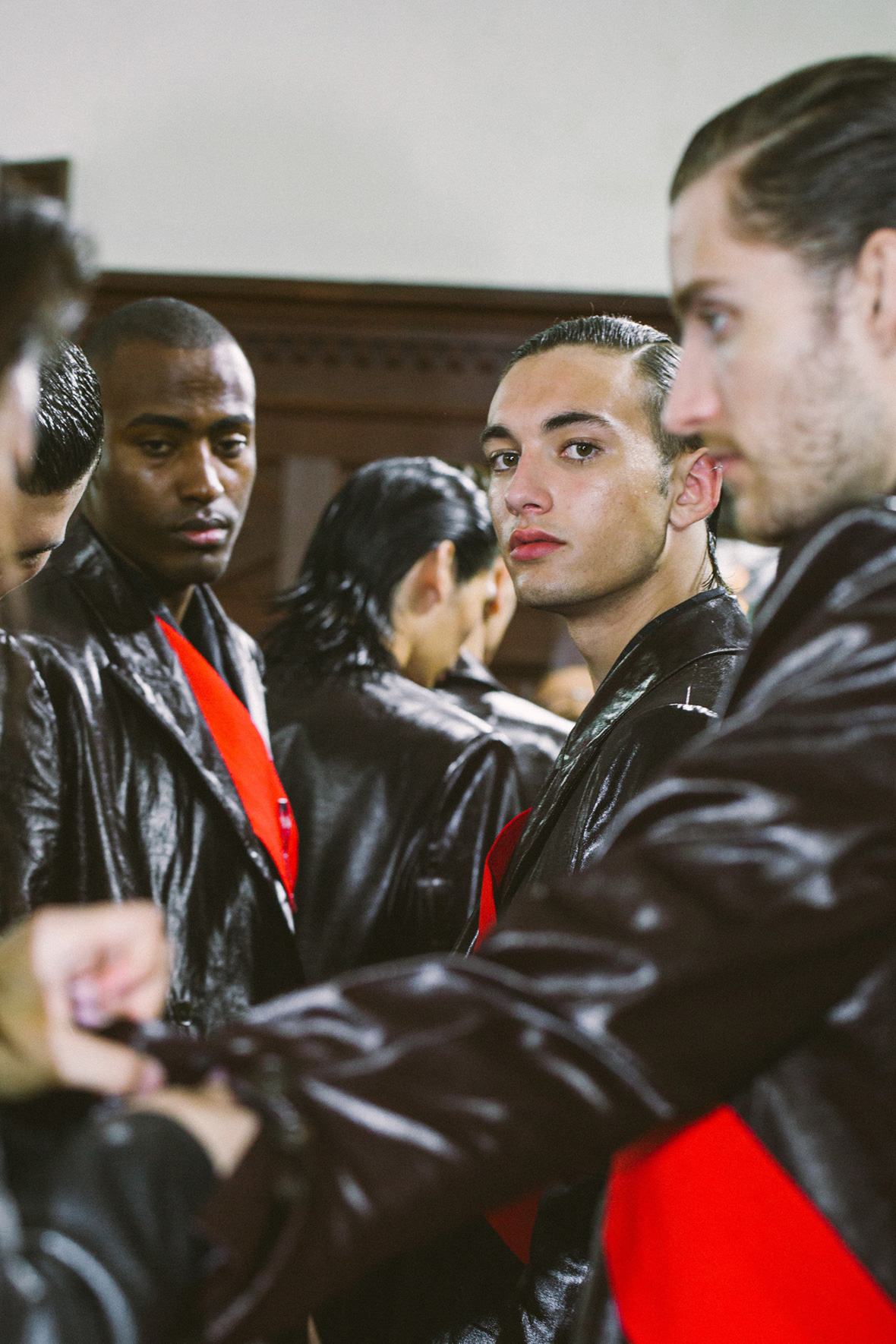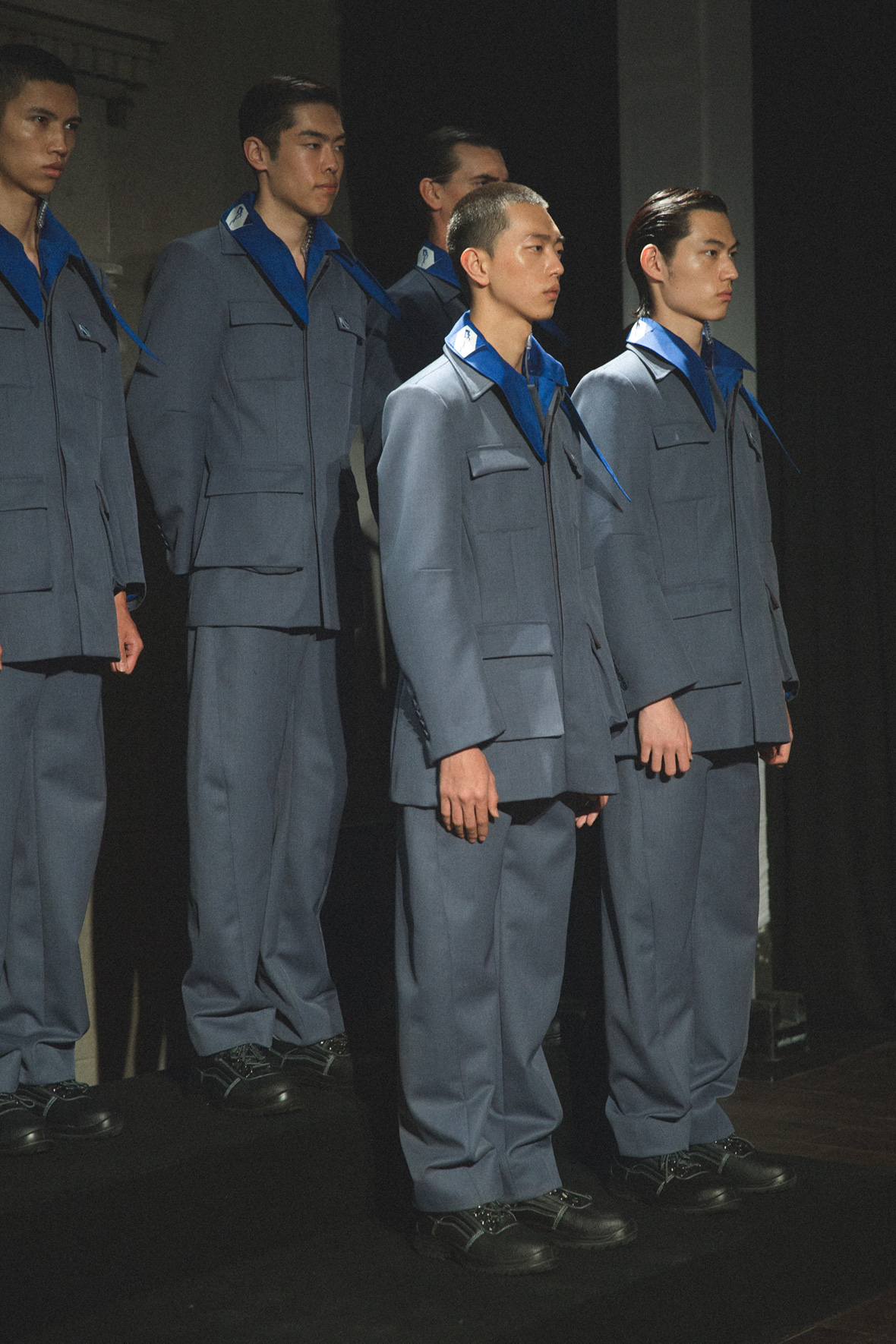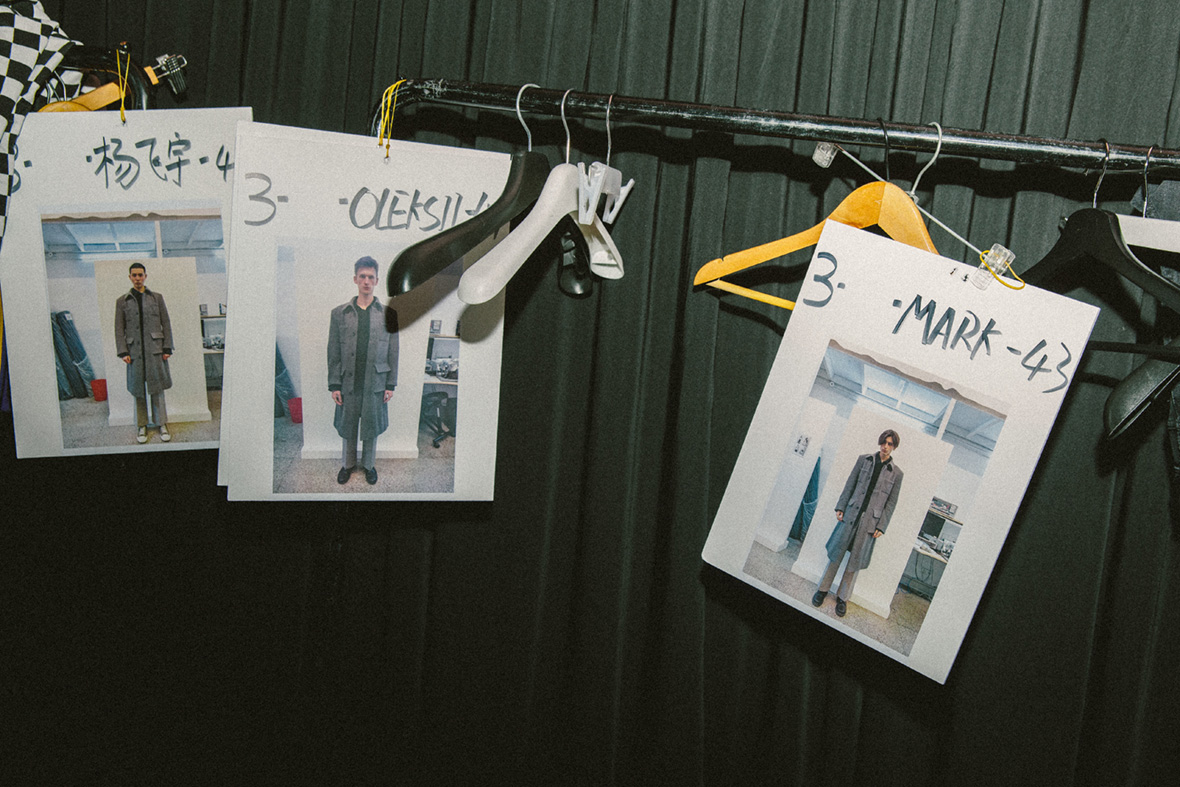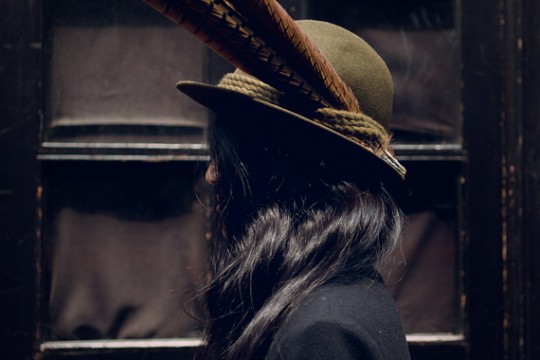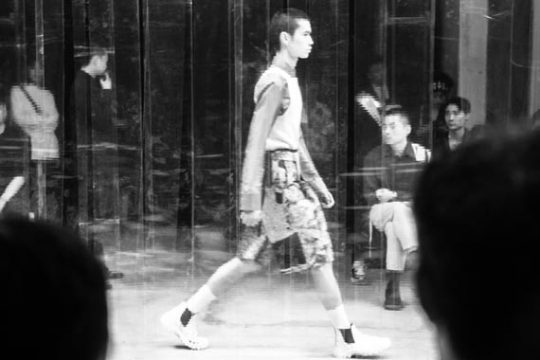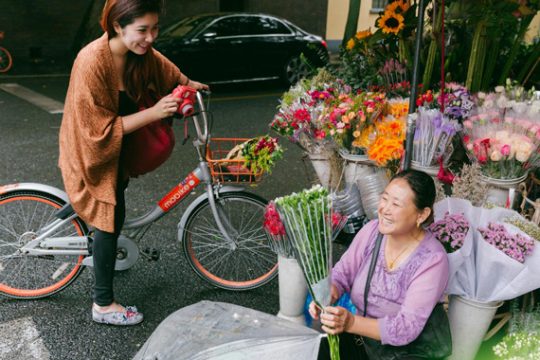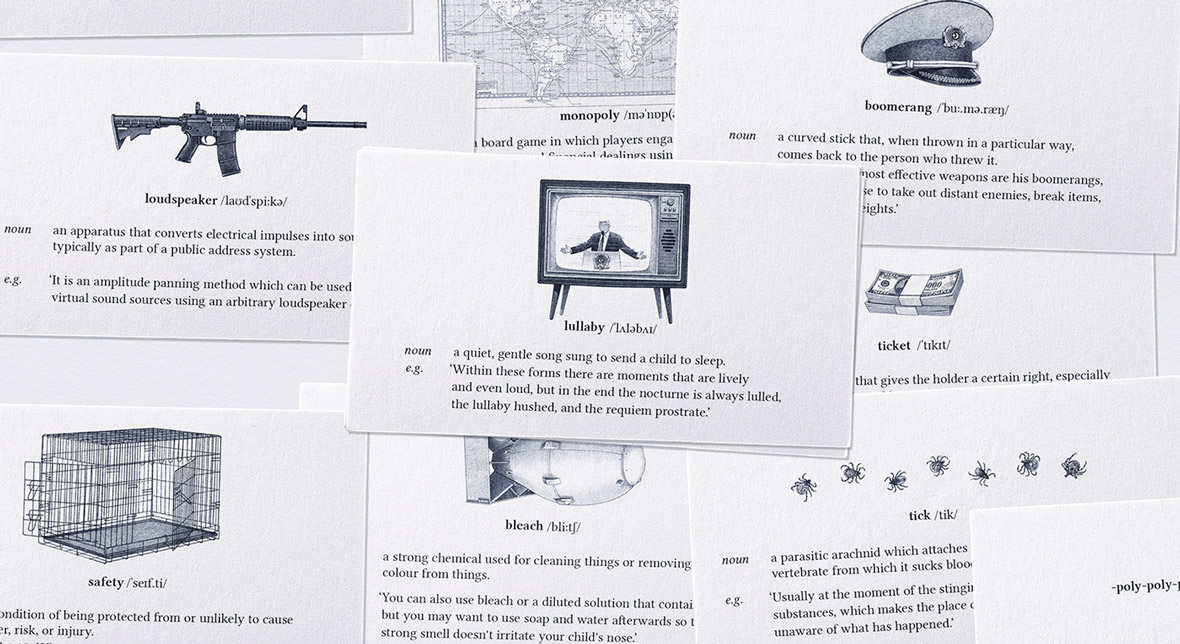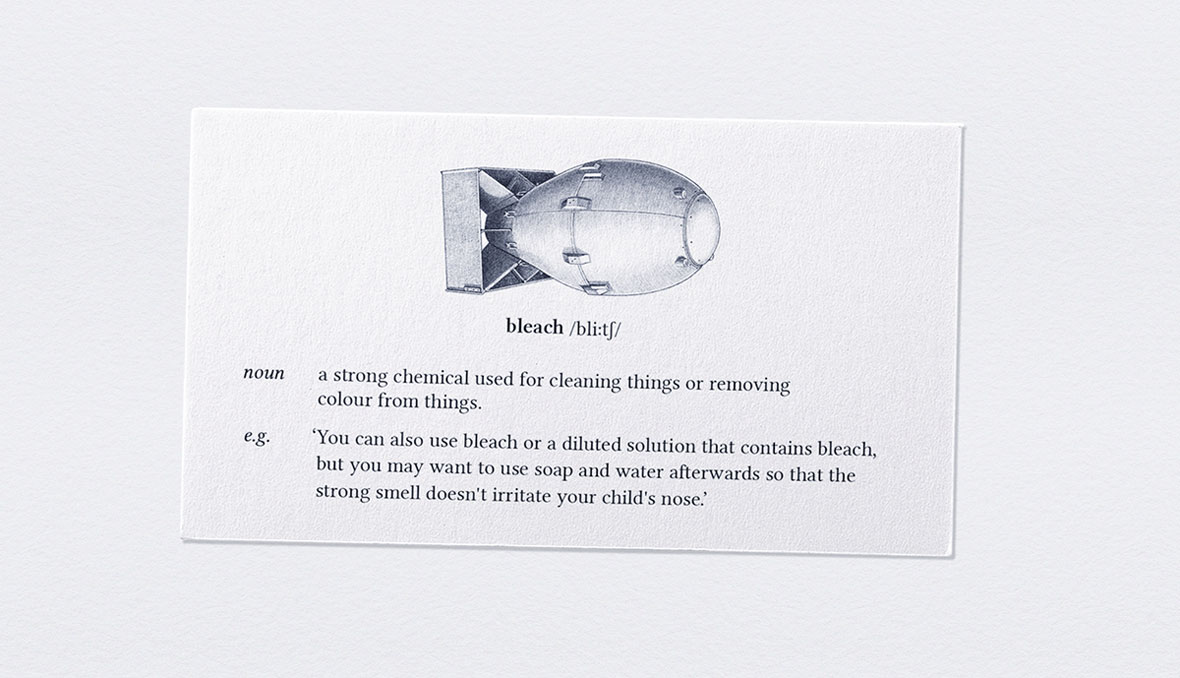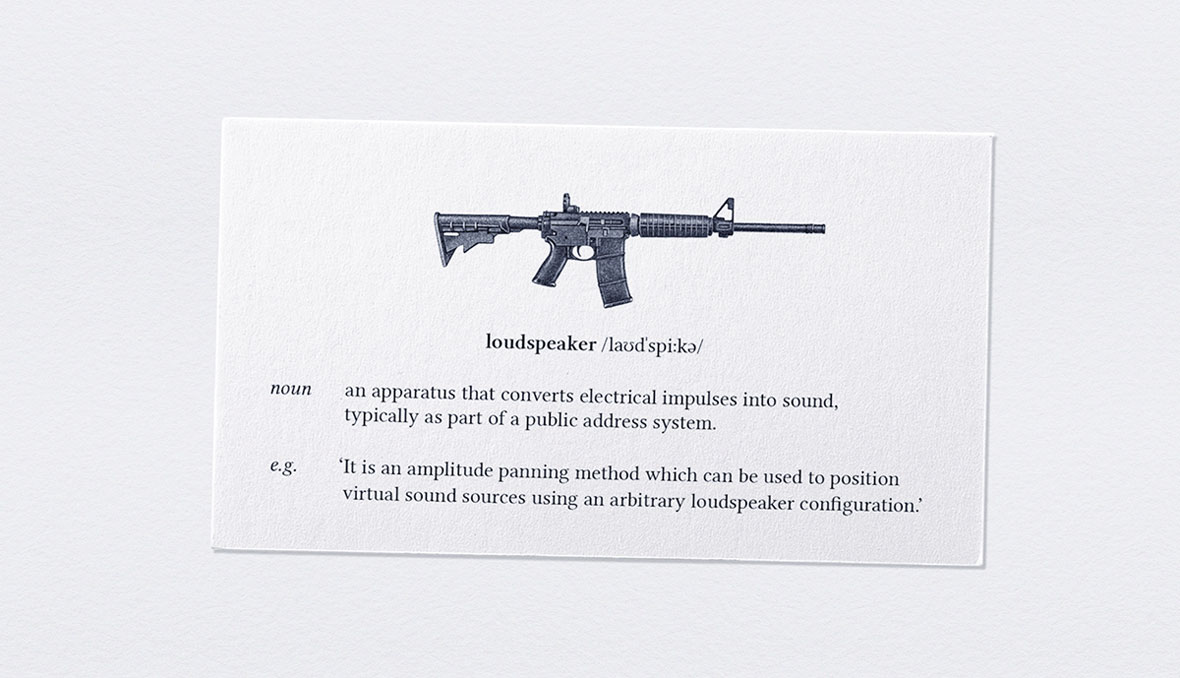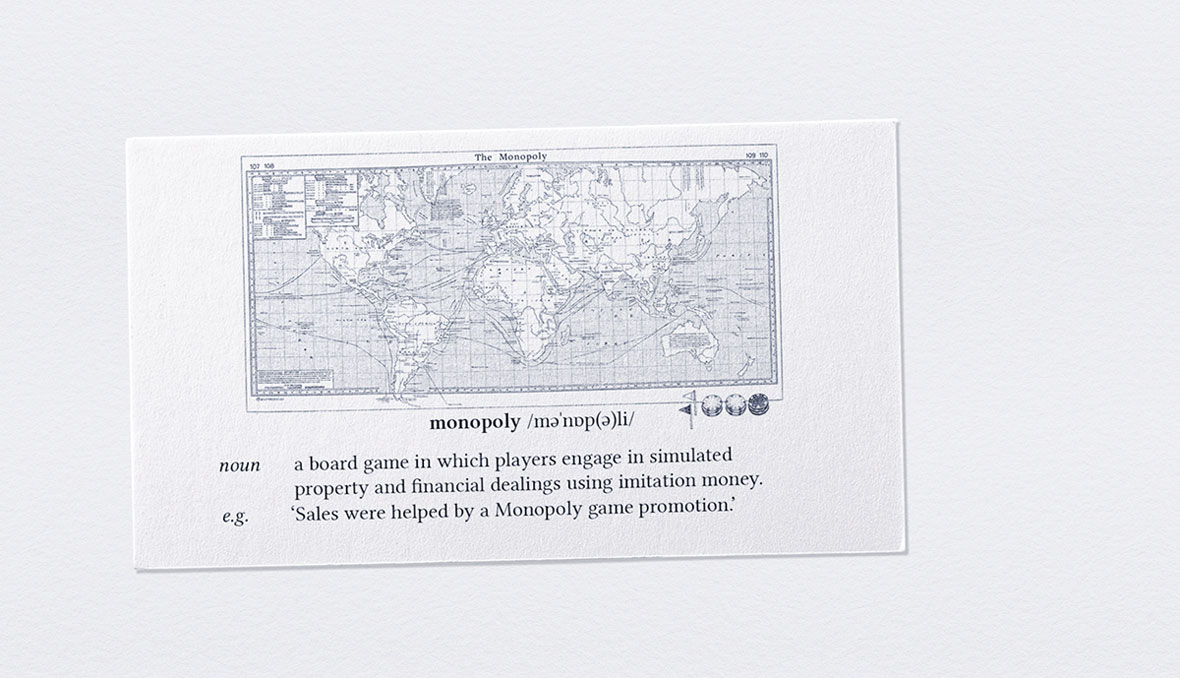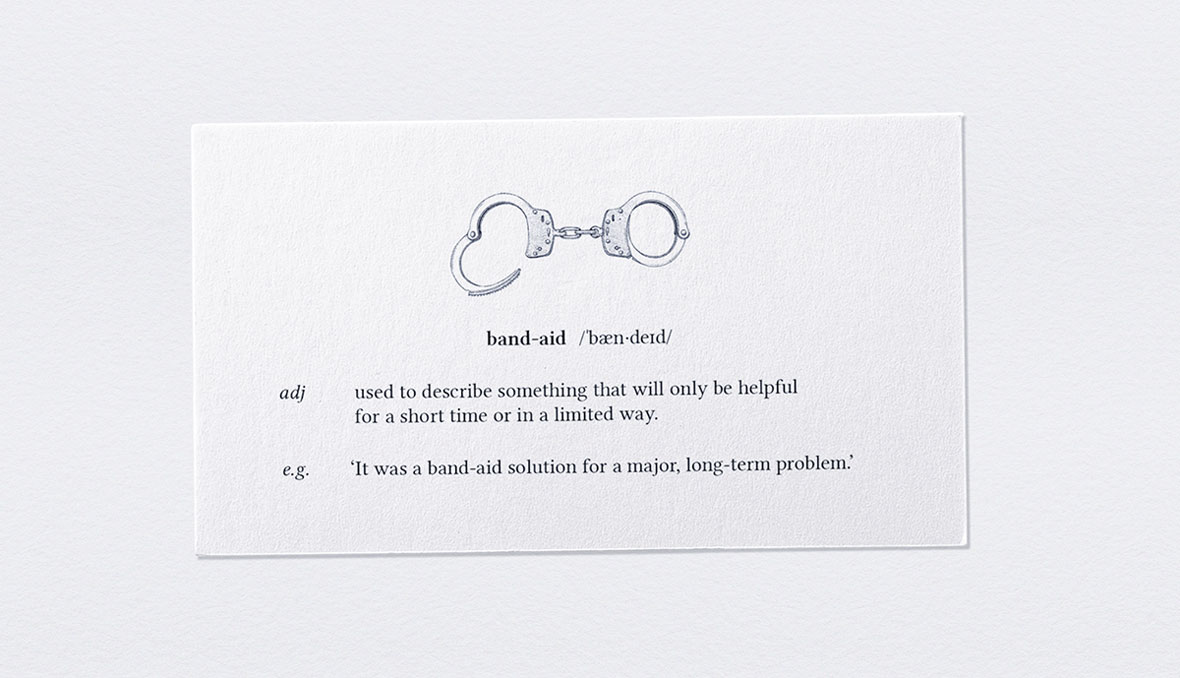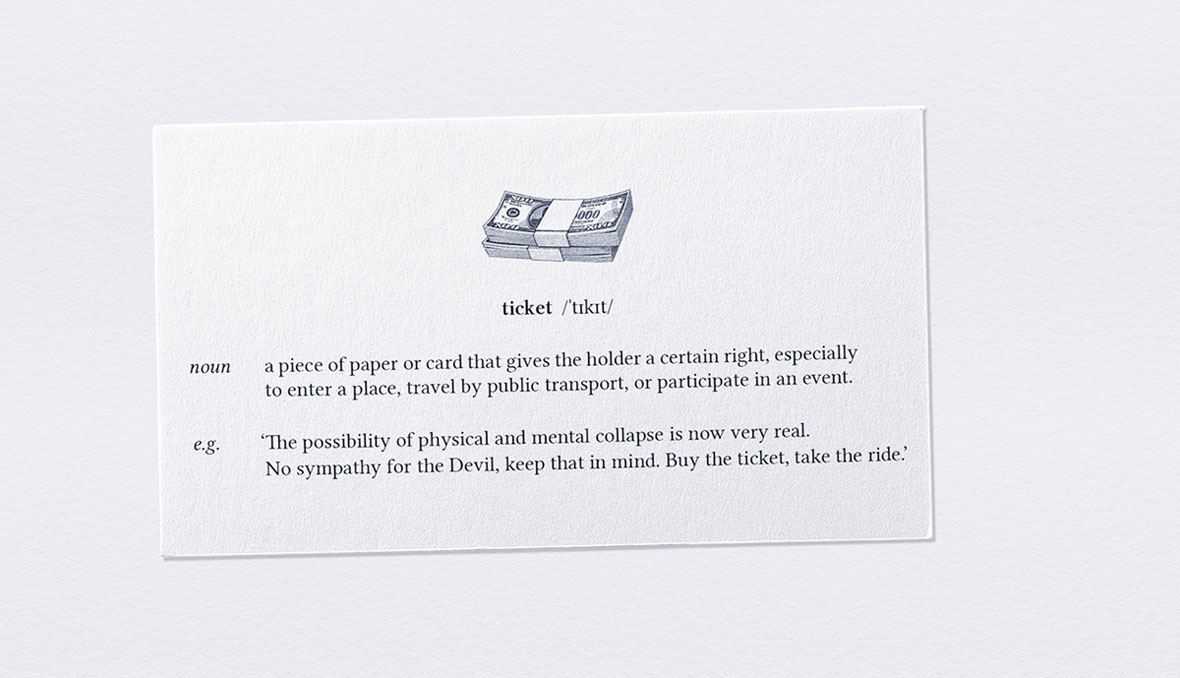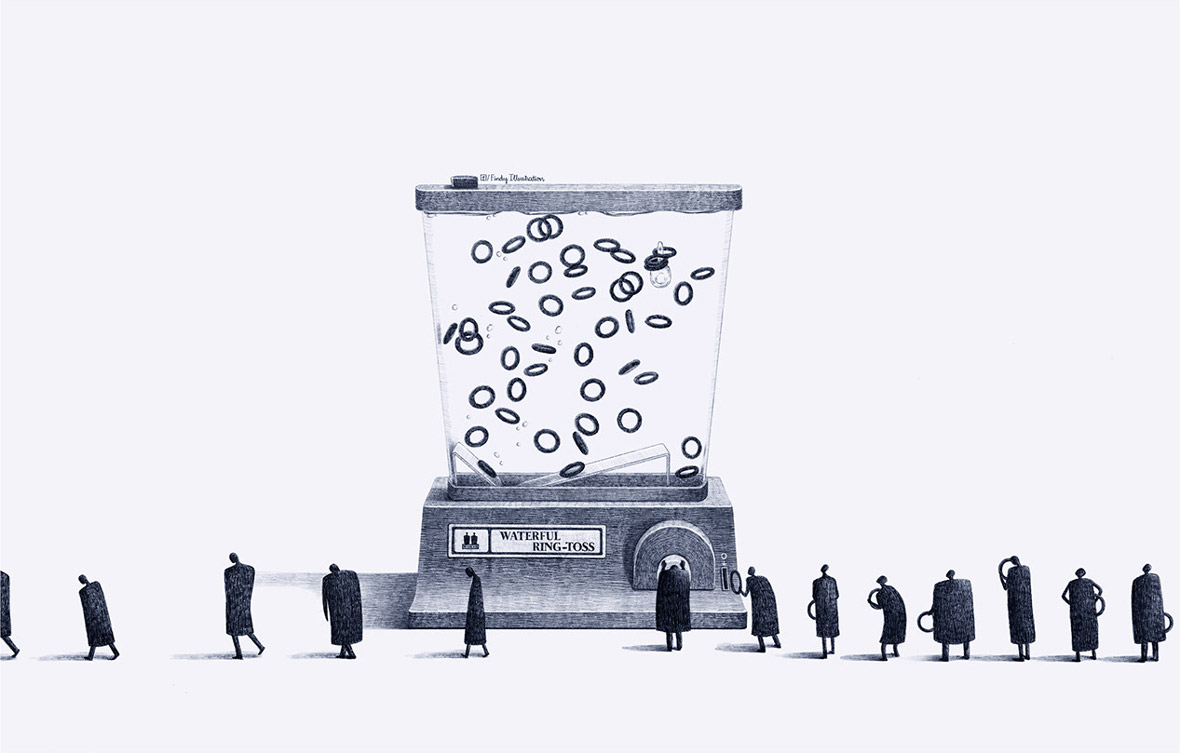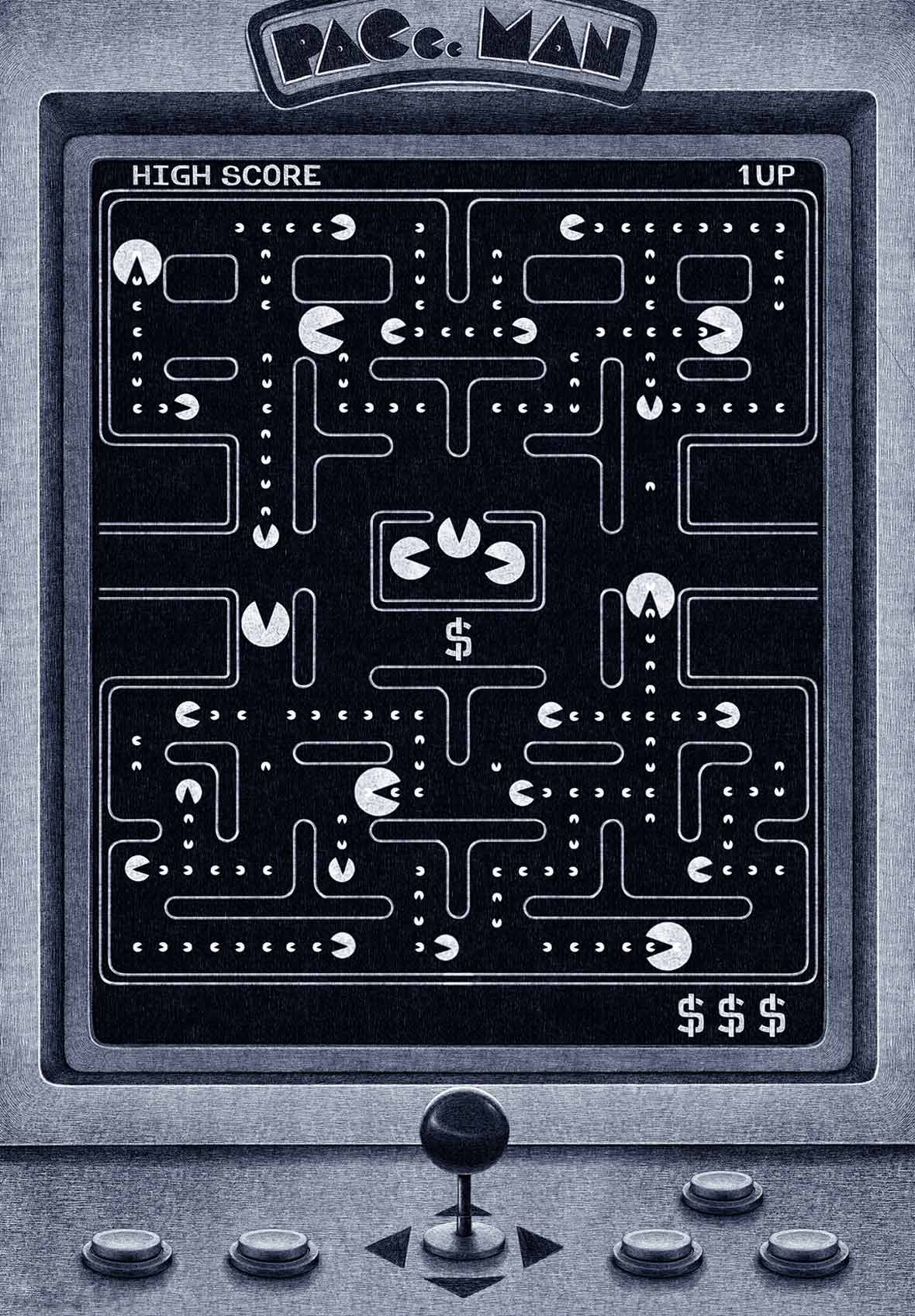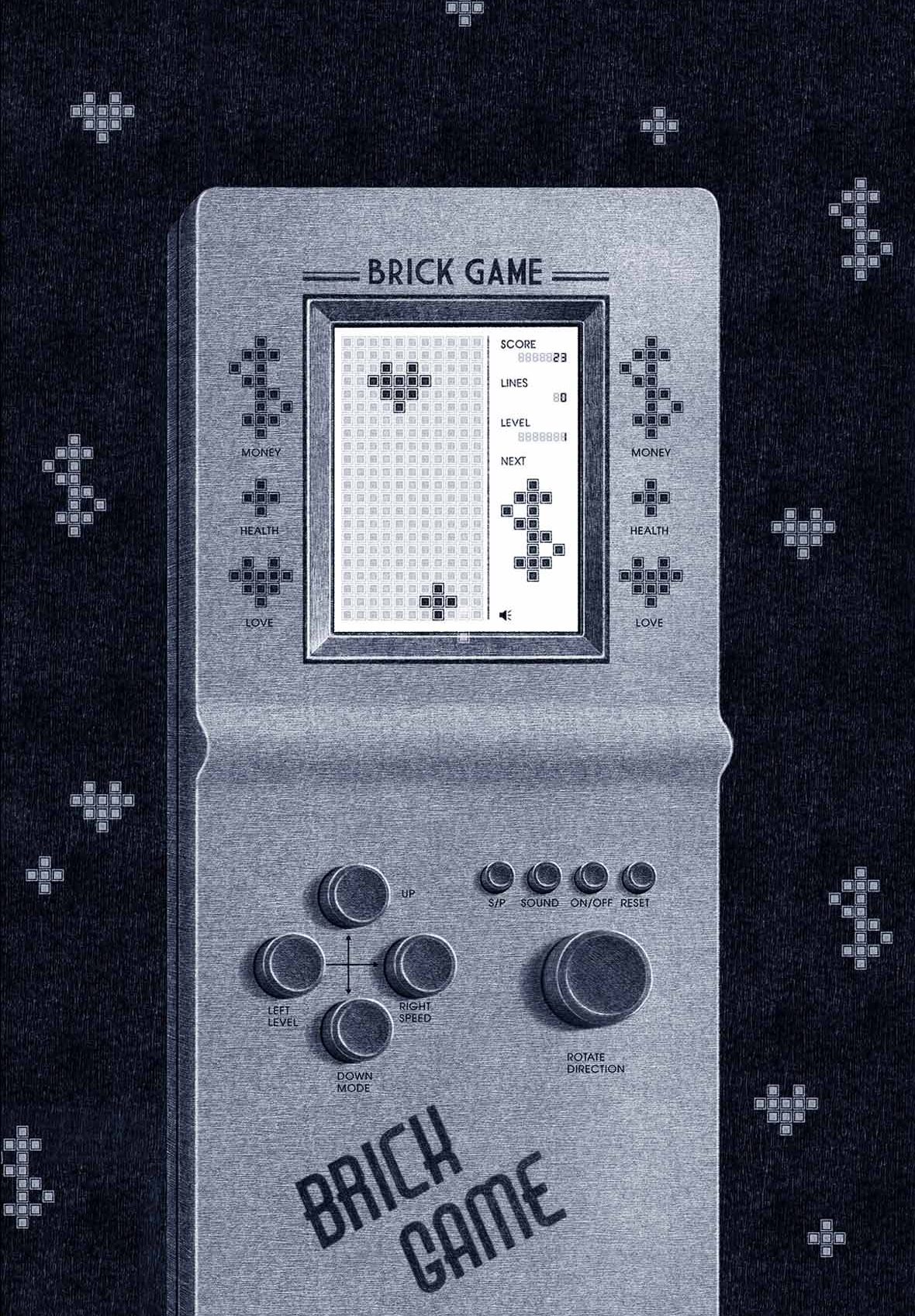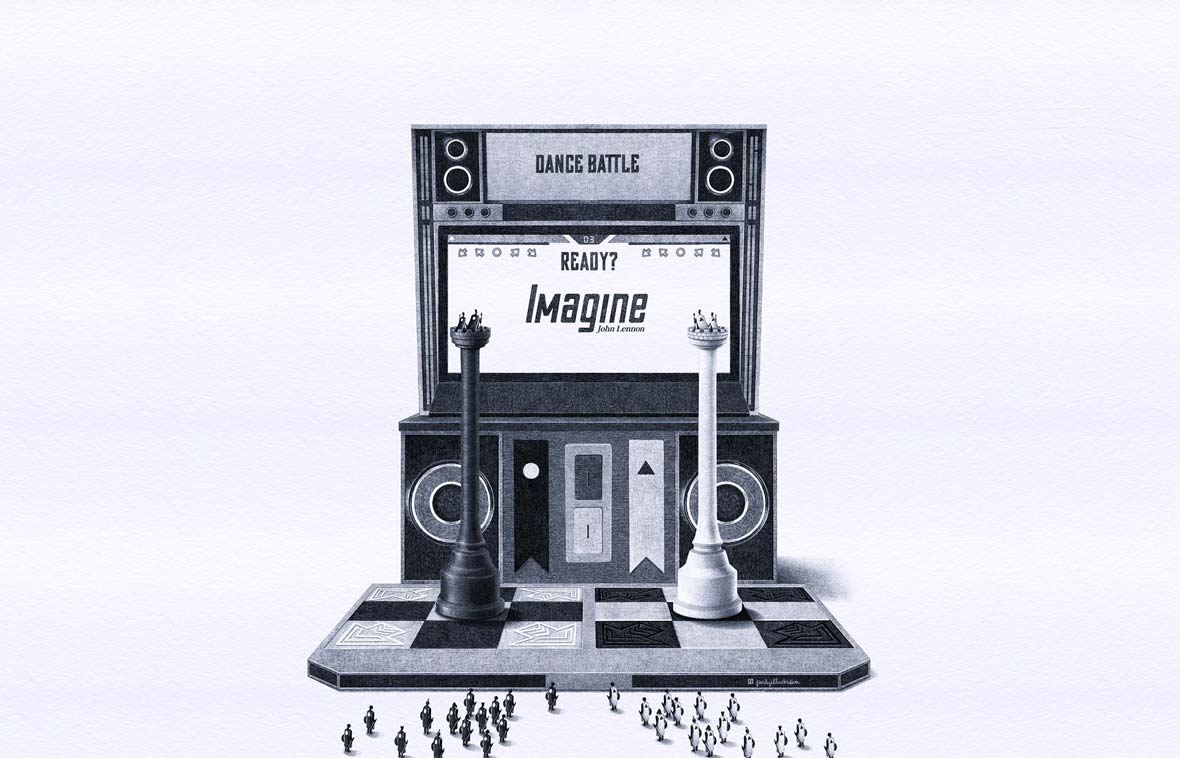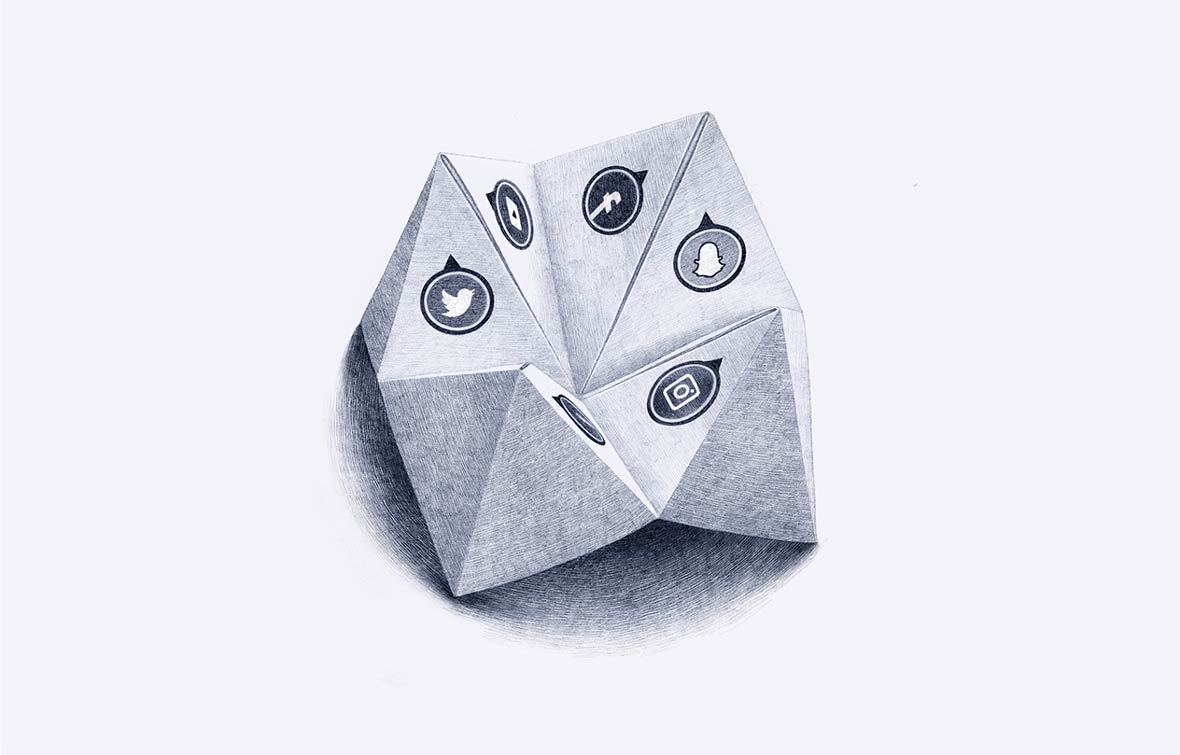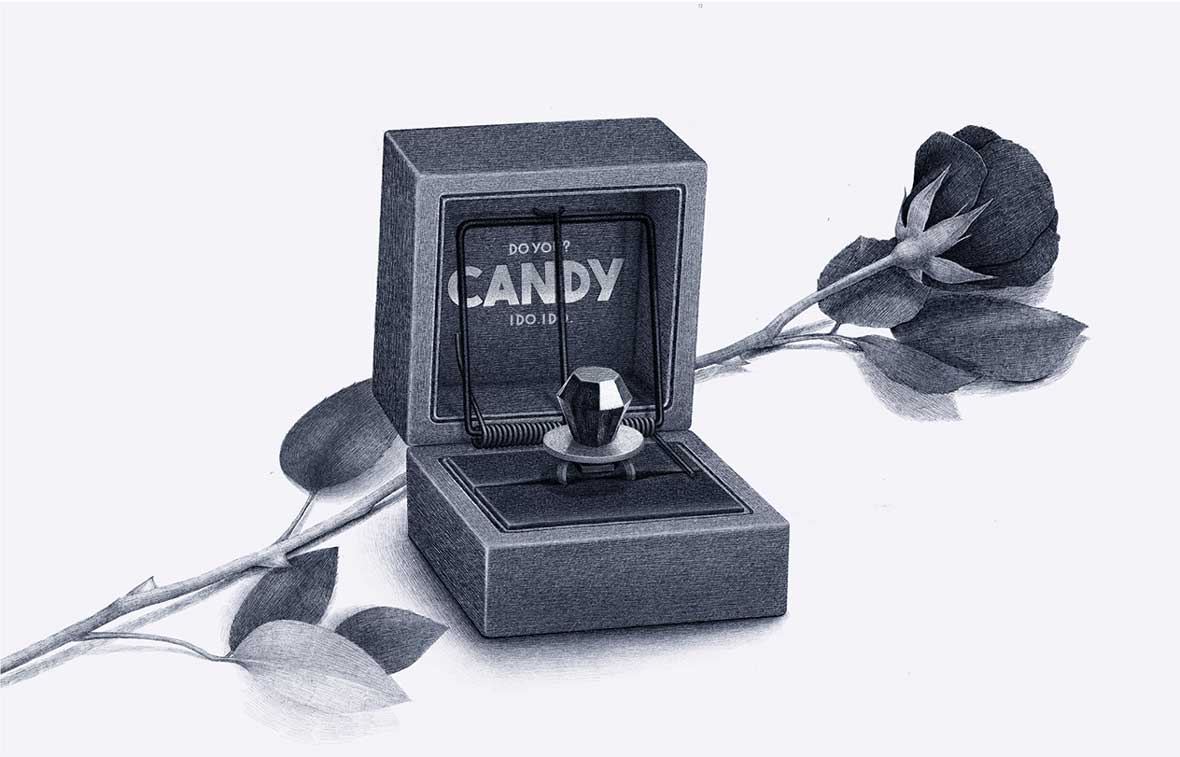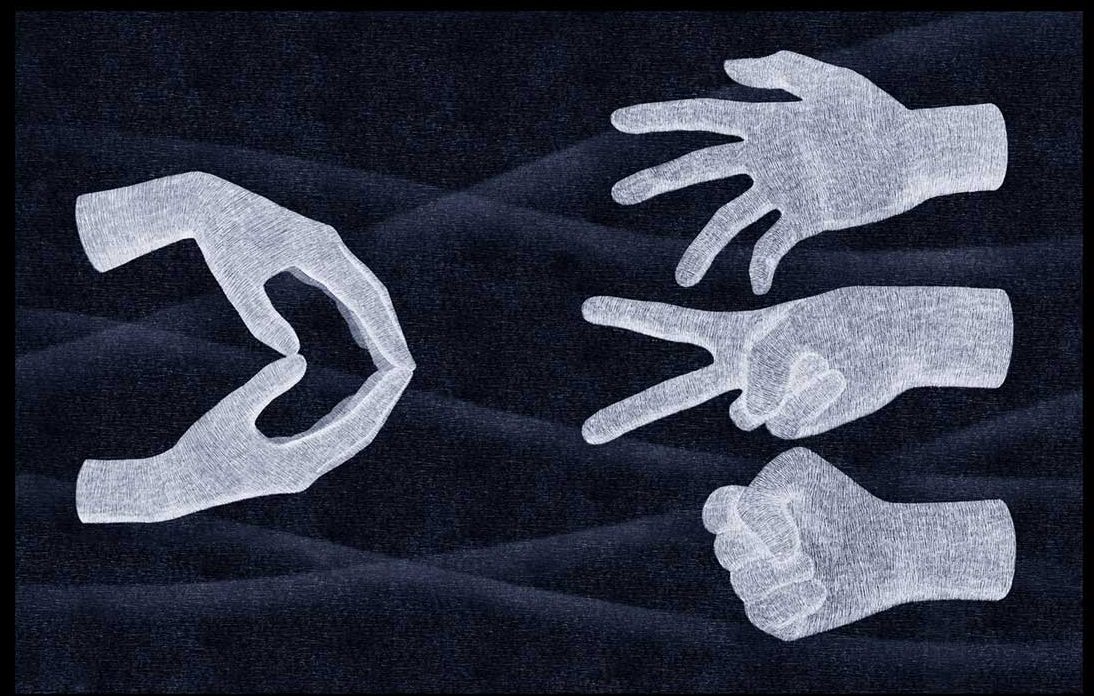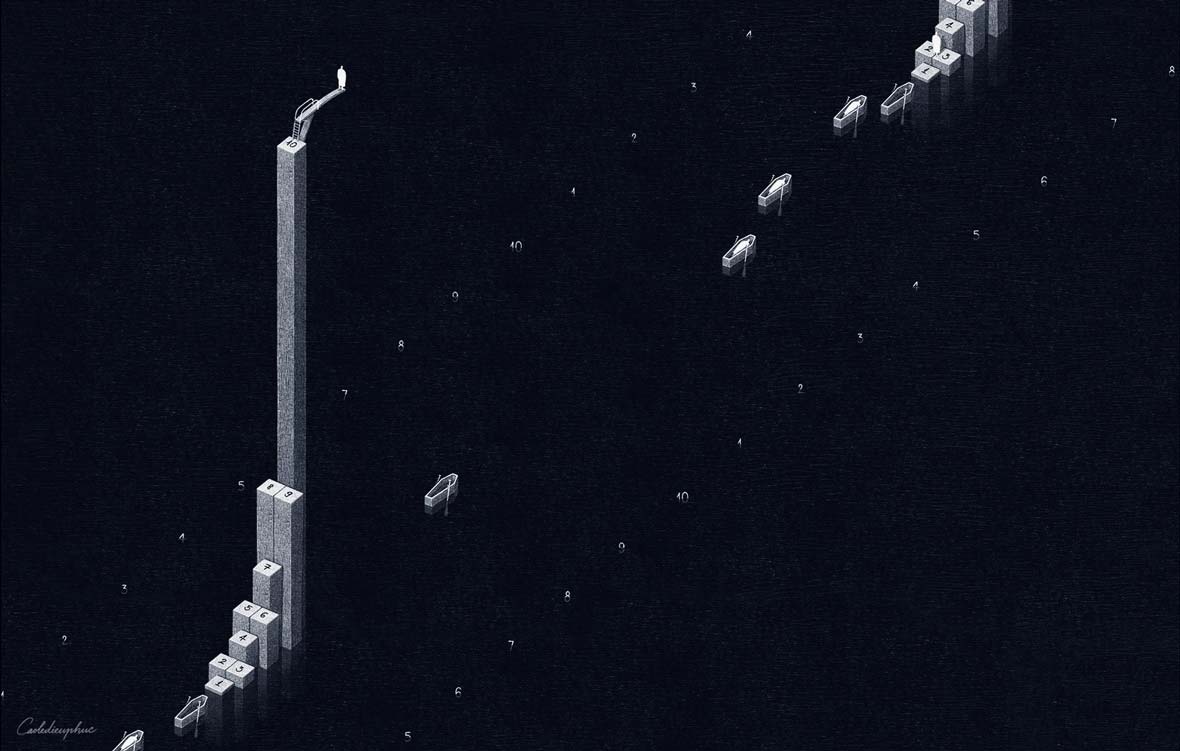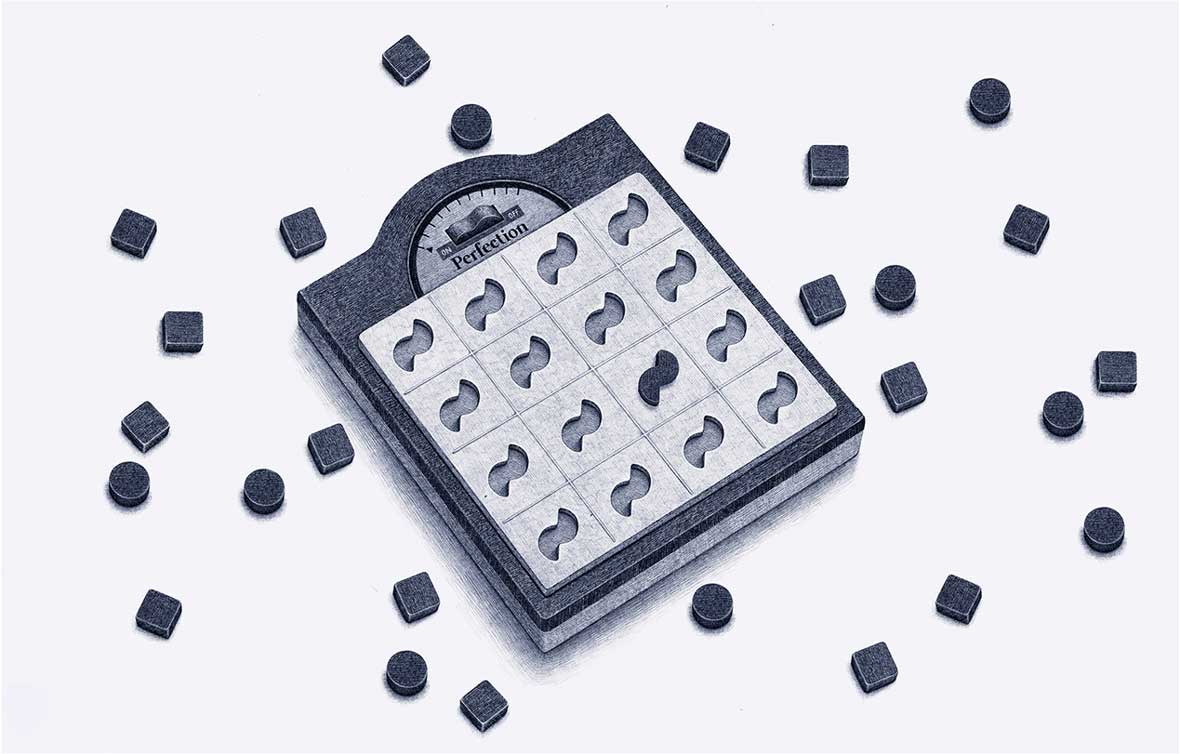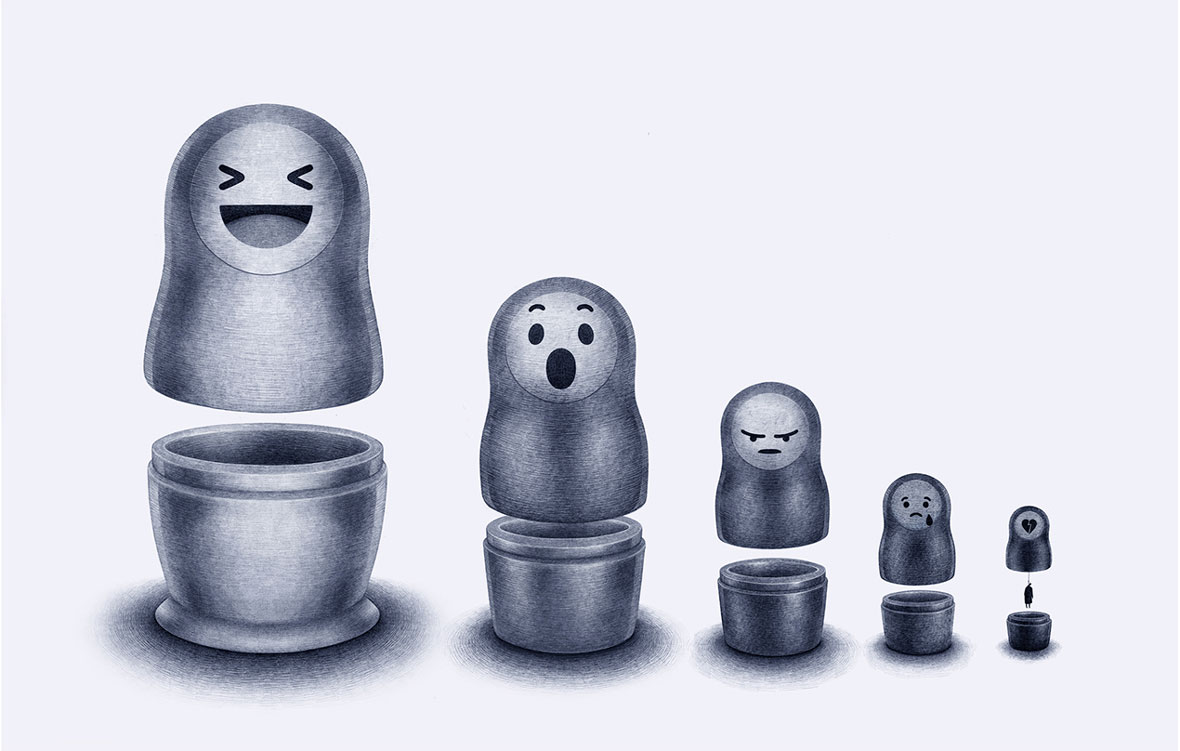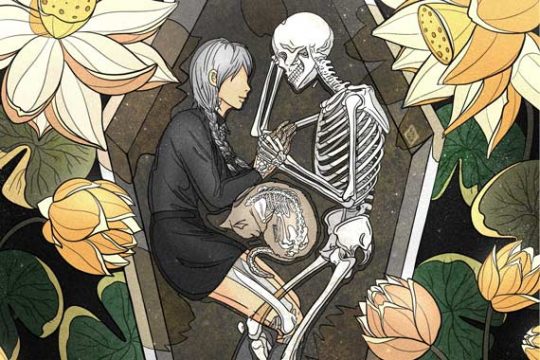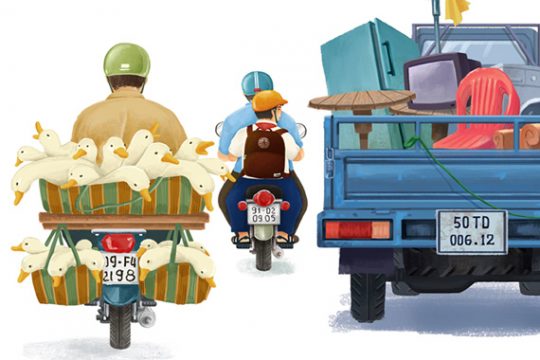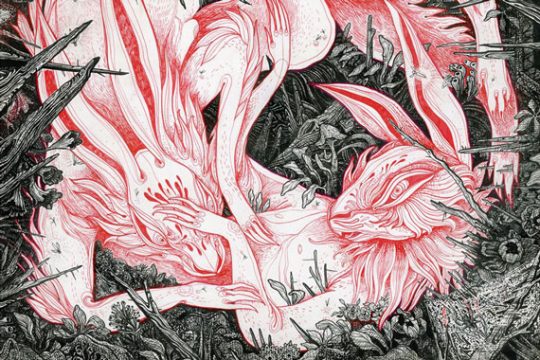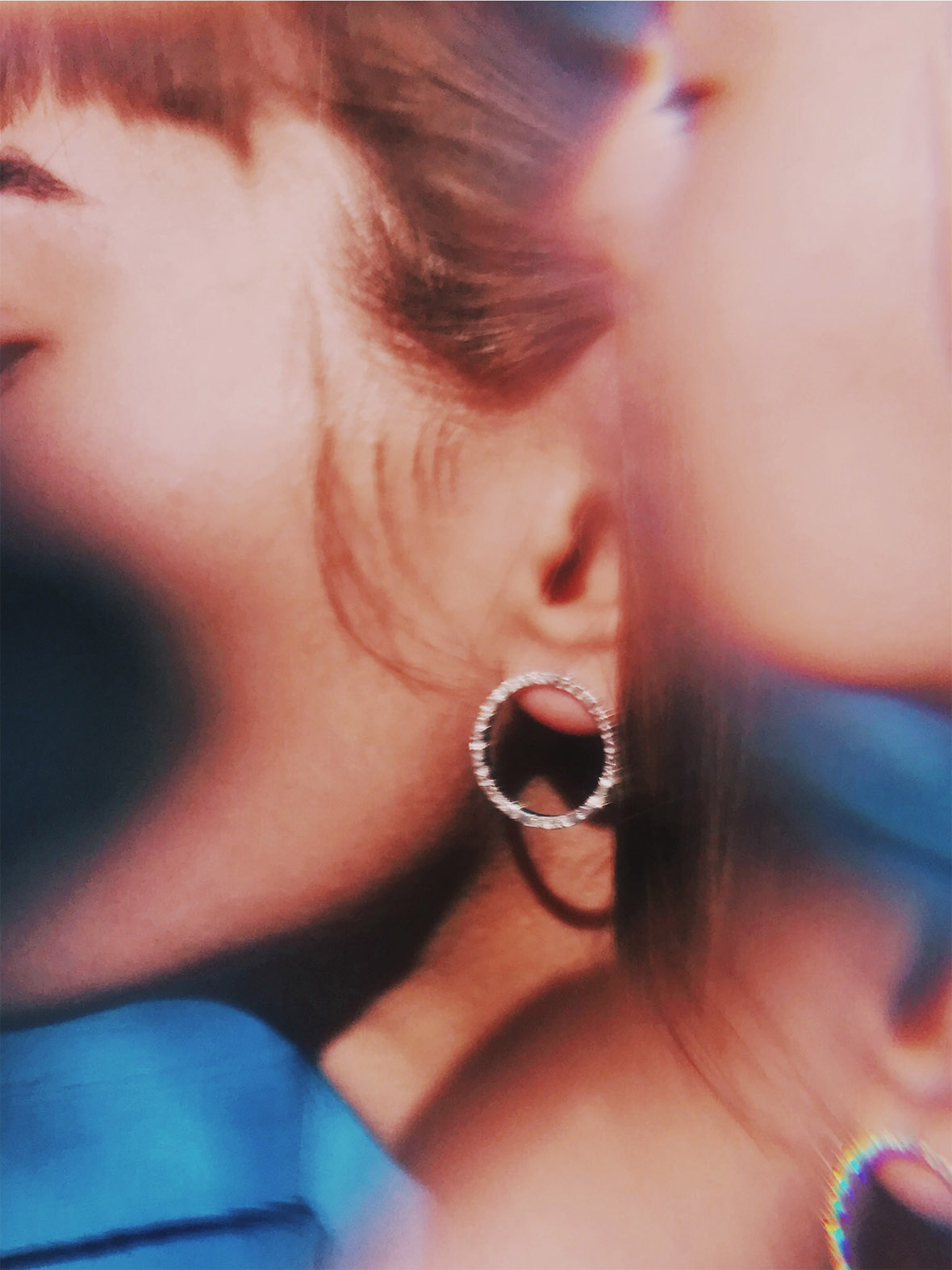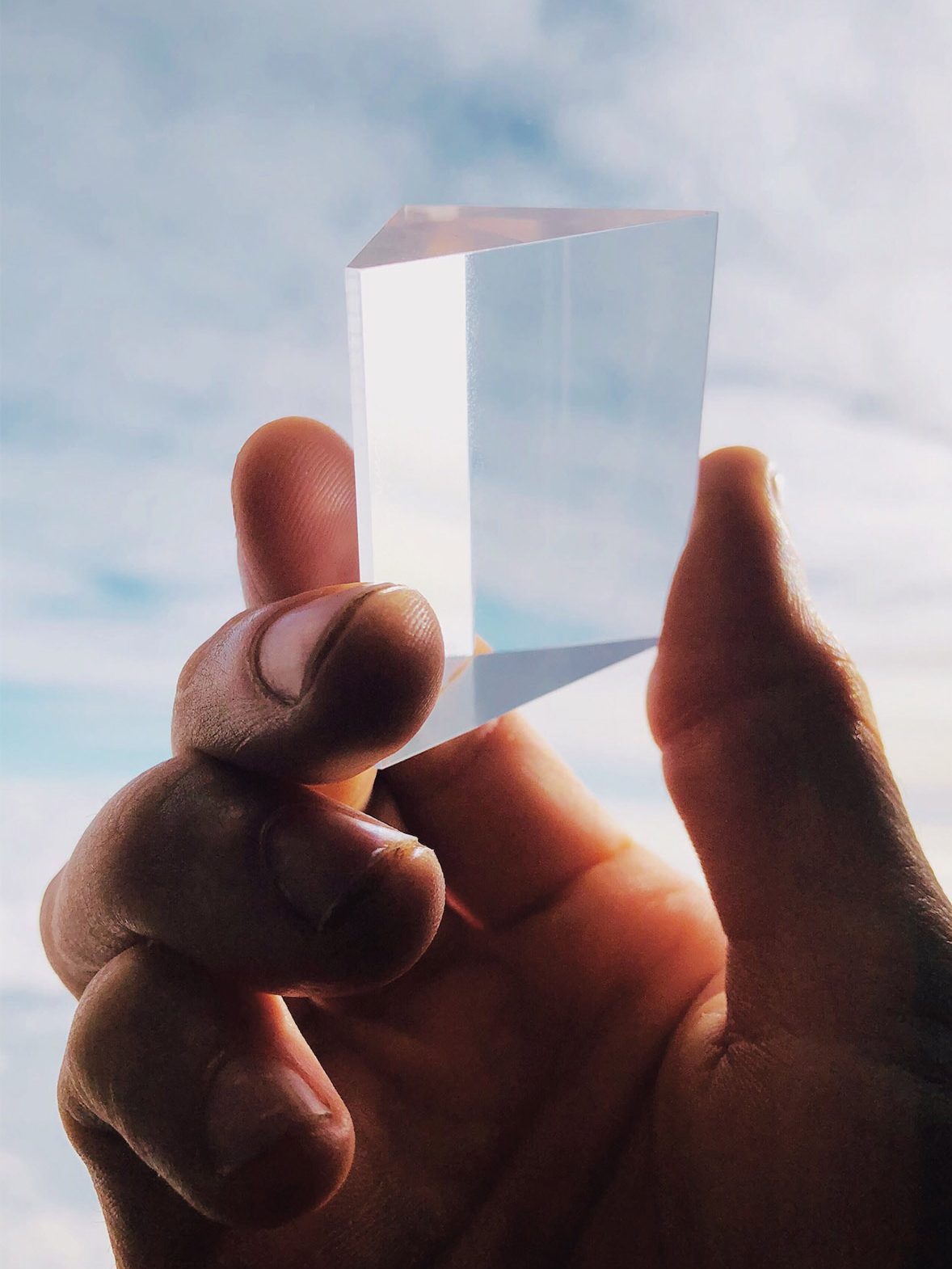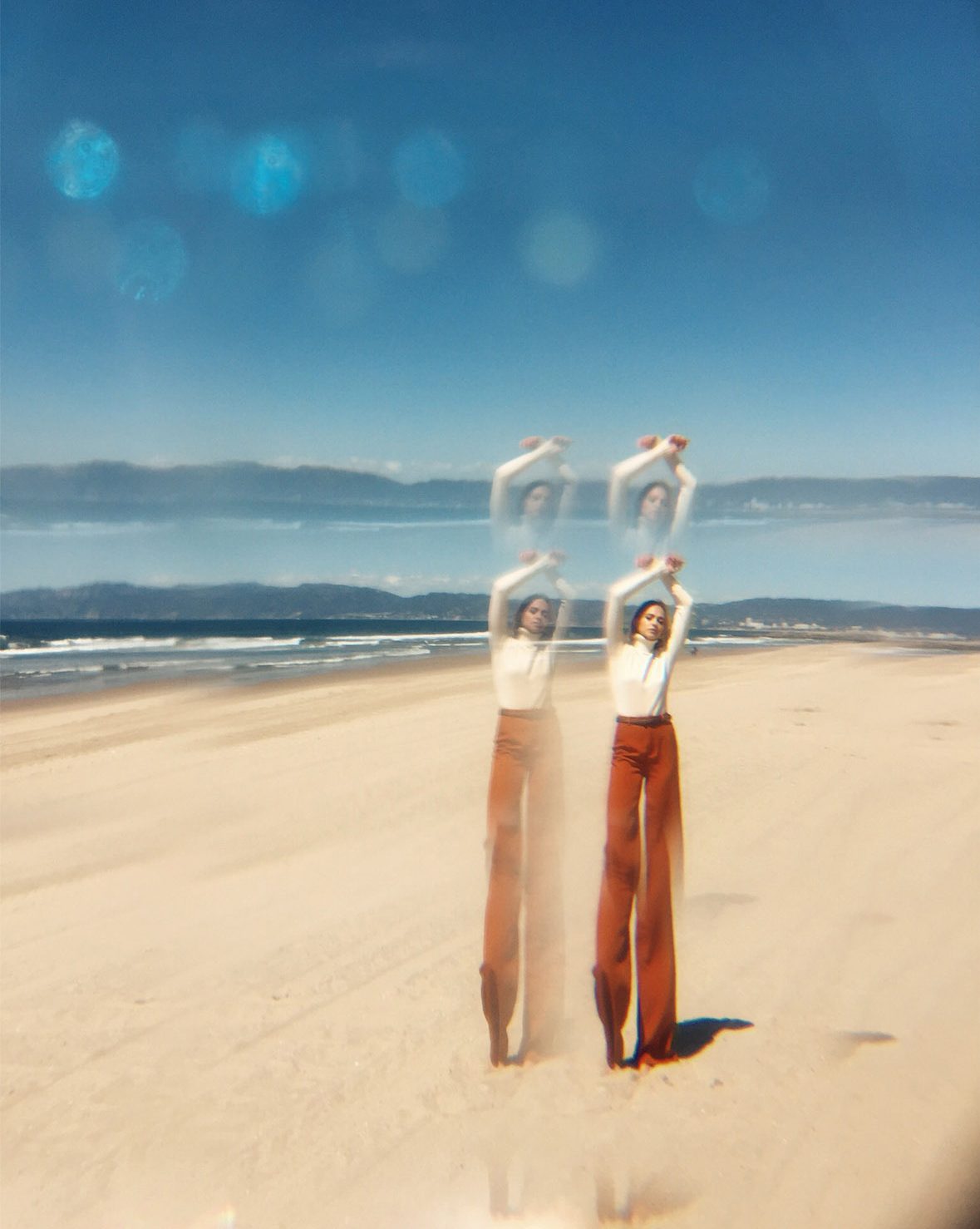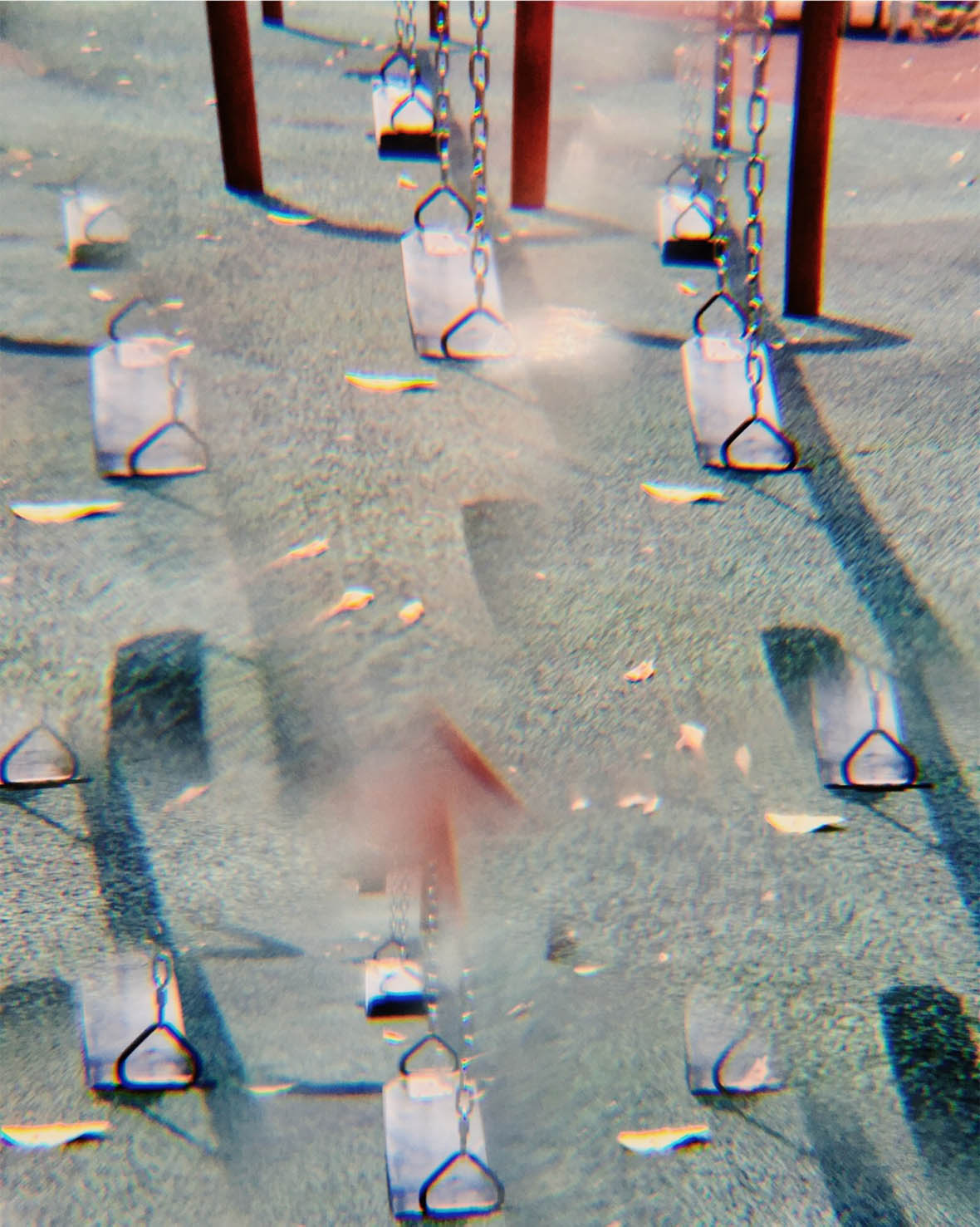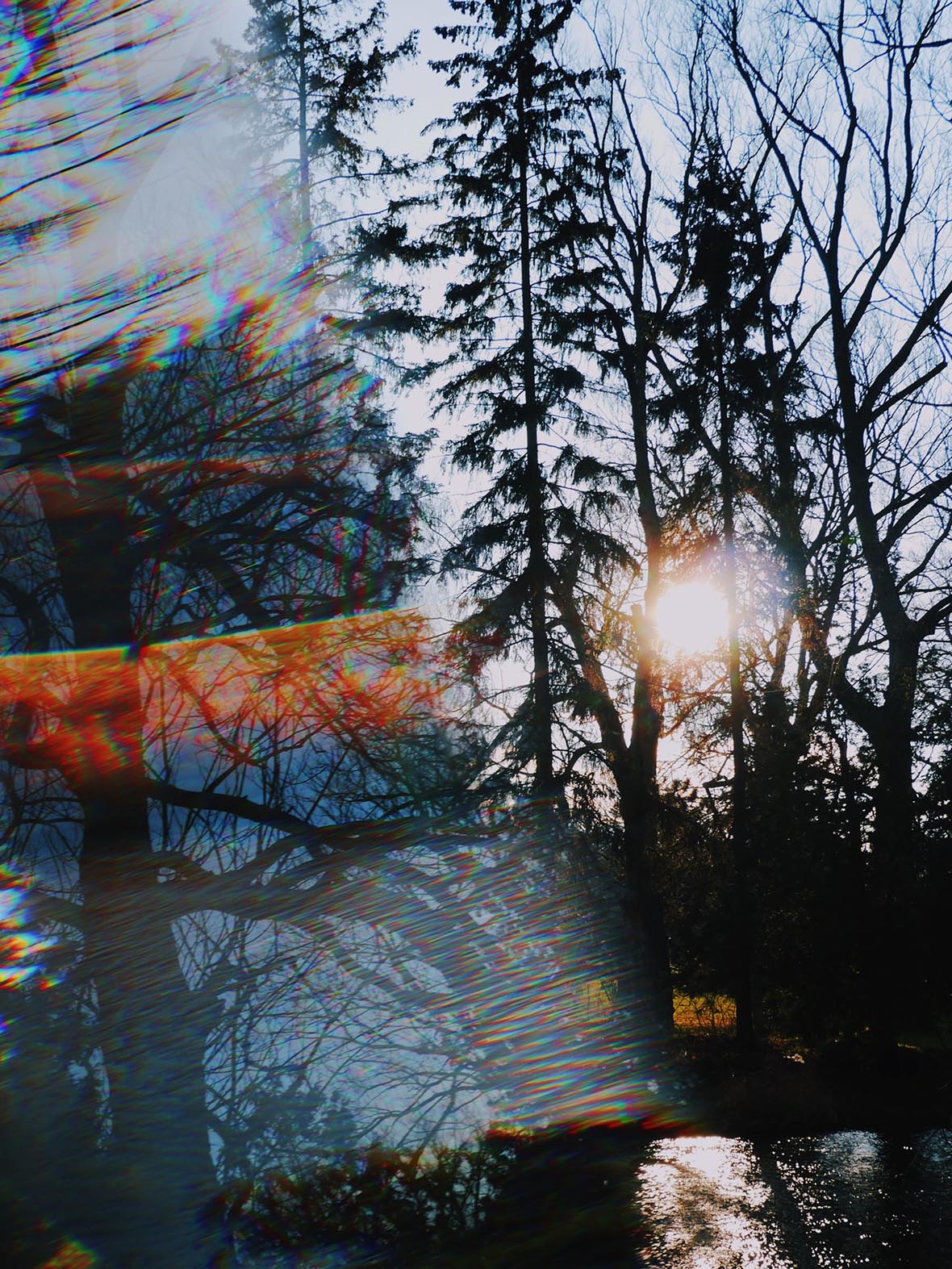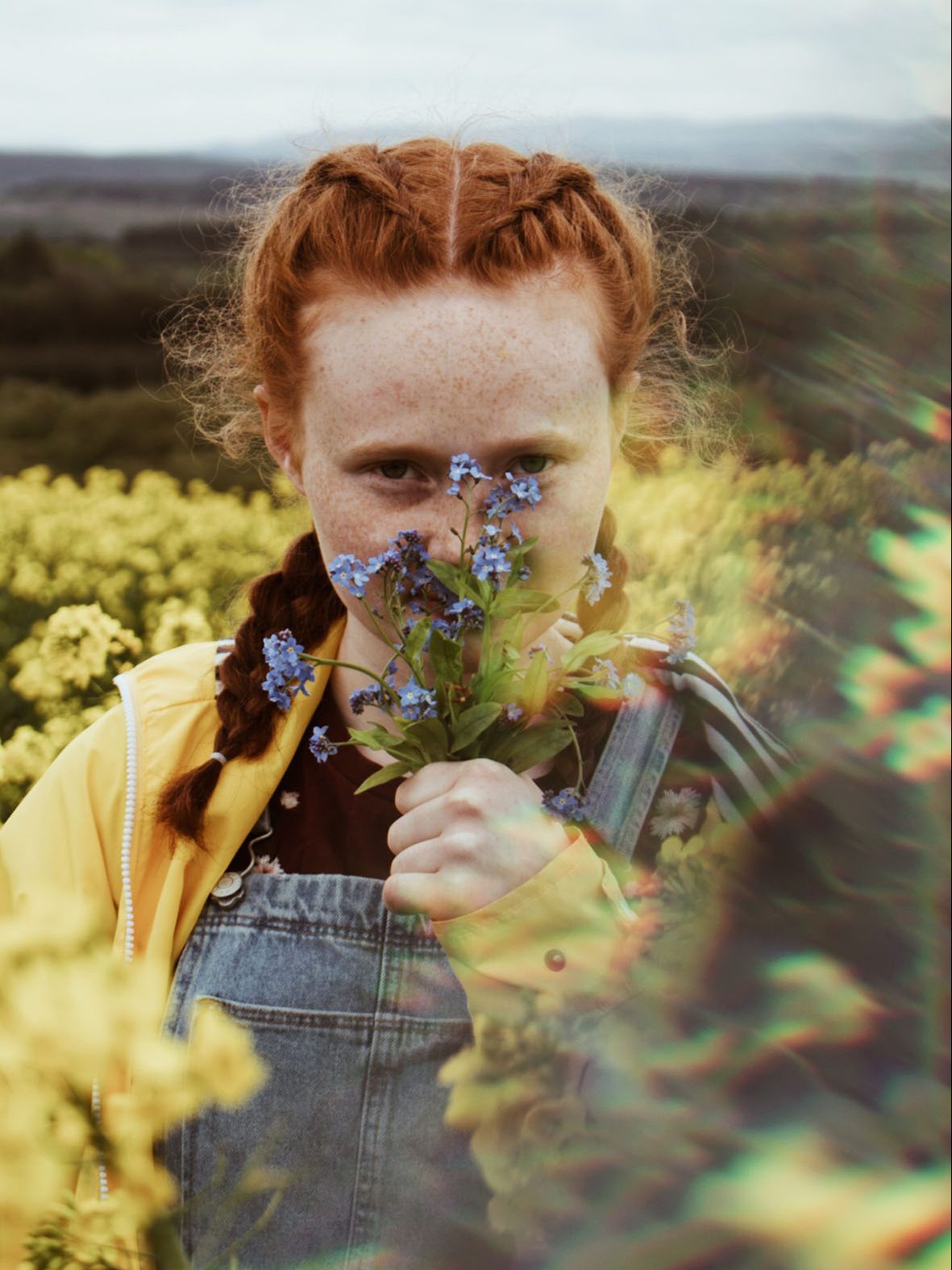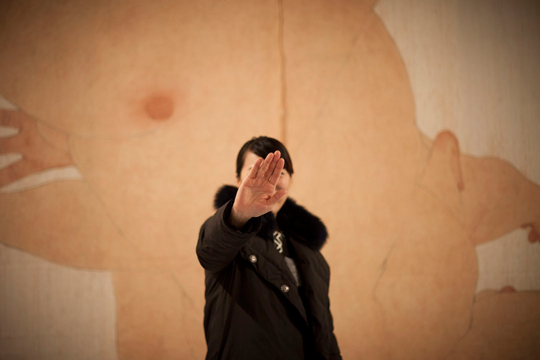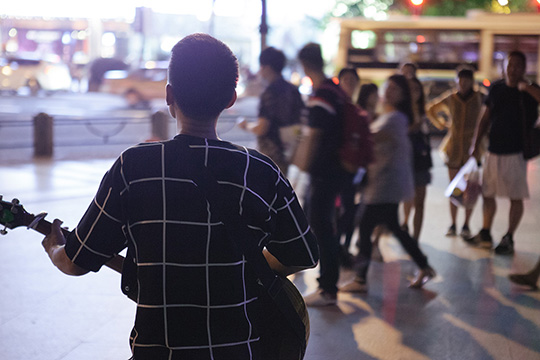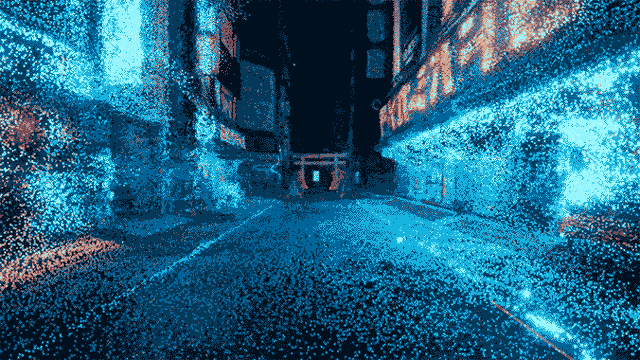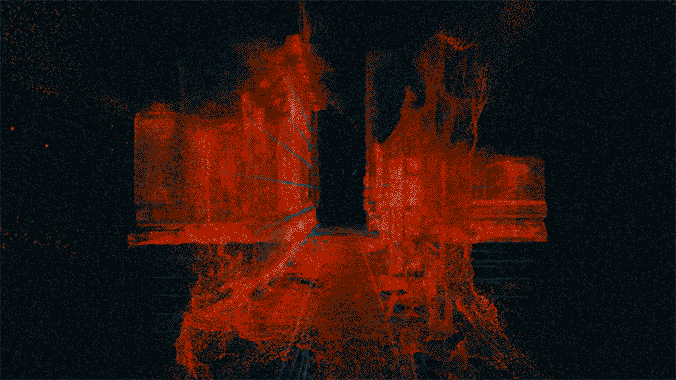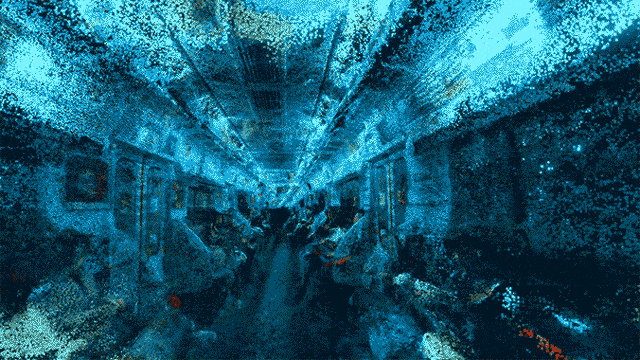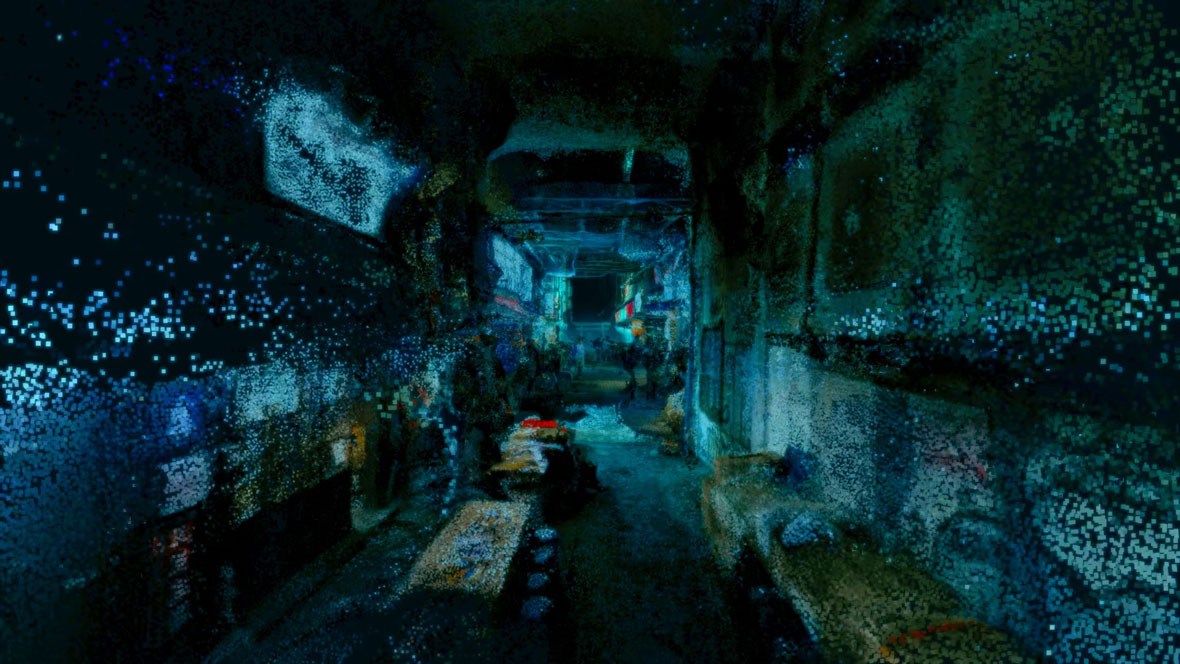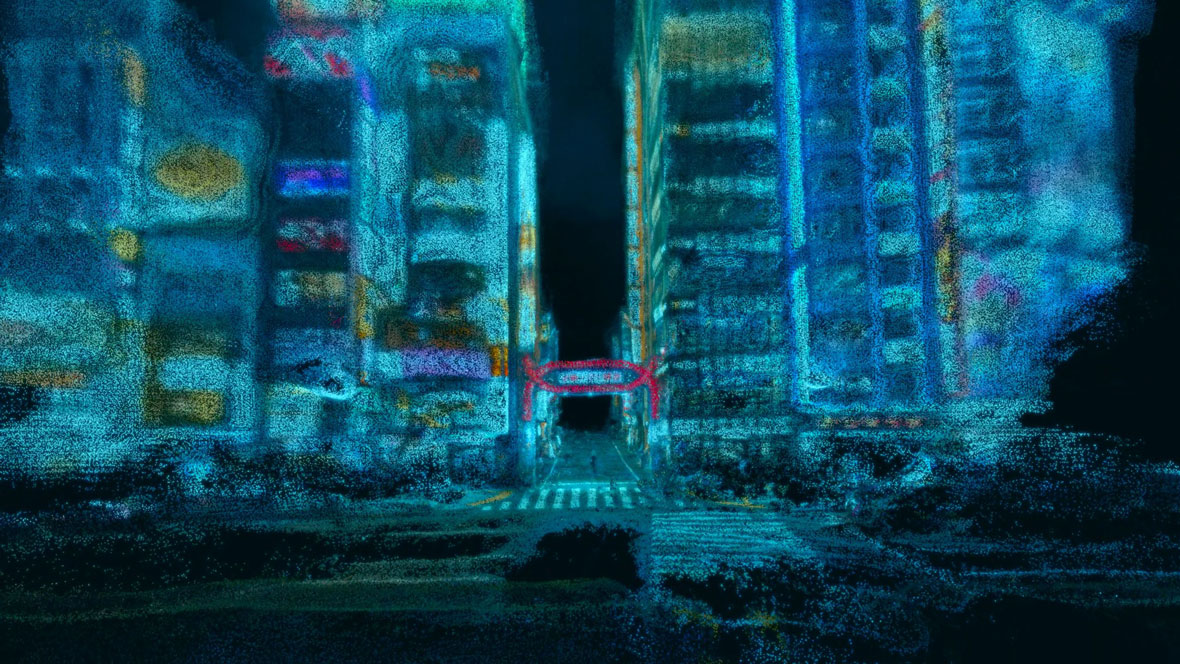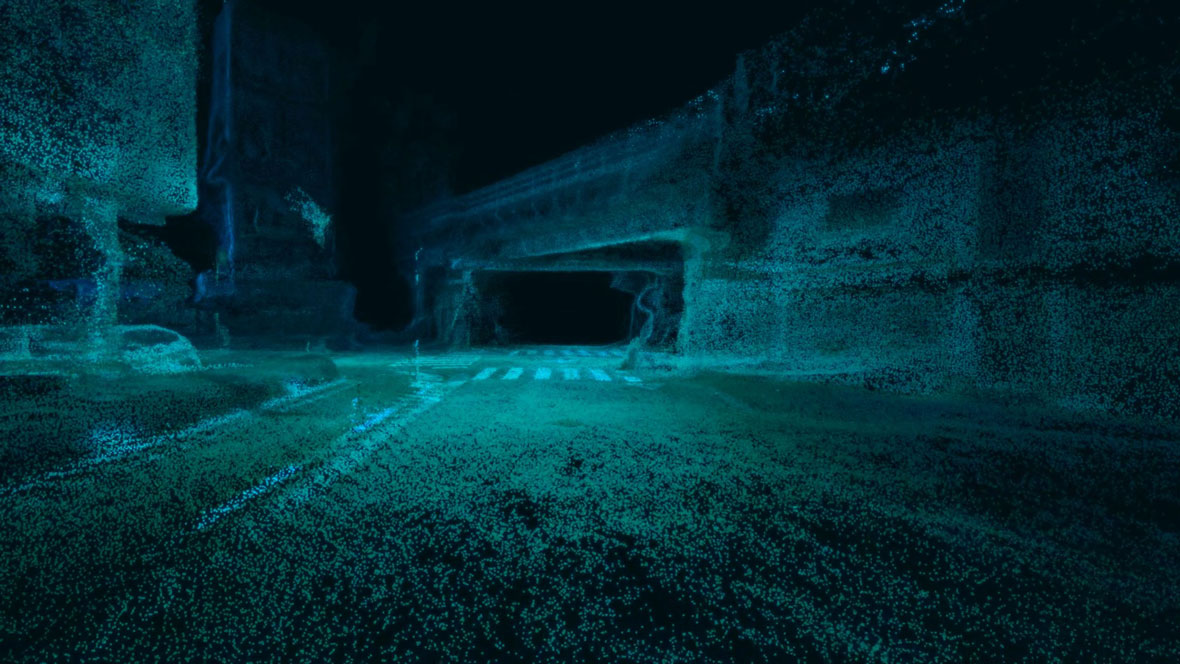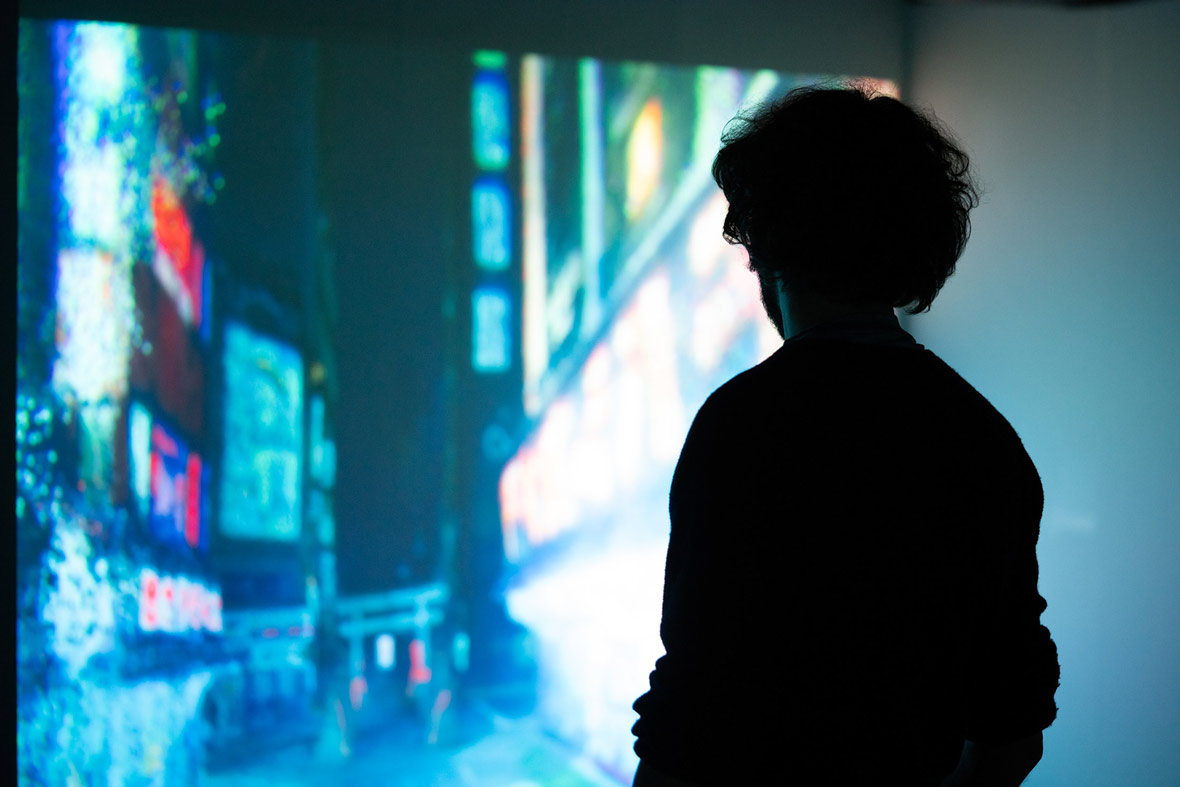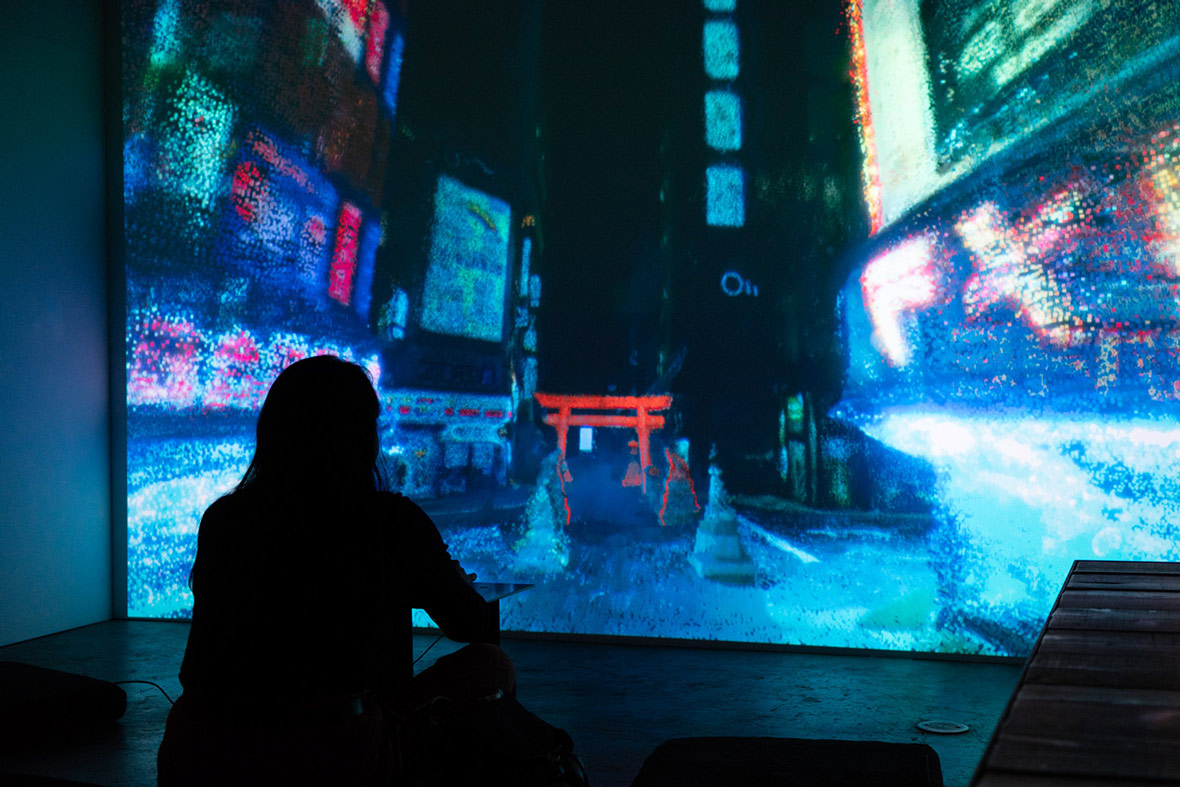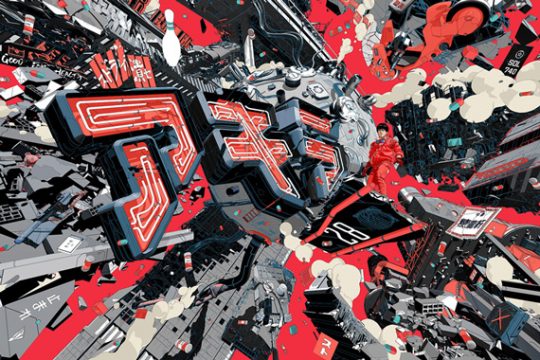无法观看?前往微博
The rise of indoor rock climbing gyms over the past two decades has led to an explosion in the sport’s popularity, allowing those with limited access to the outdoors to also take part. But the high cost of infrastructure, equipment, and space that these gyms require have largely prevented rock climbing from penetrating many developing countries. Today, the US, Japan, and many European countries are at the forefront of the global climbing scene, but passionate athletes in Cambodia have their noses to the grindstone as they work towards representing their country on an international stage.
在过去的二十年间,室内攀岩场馆的兴起掀起了一波这项运动的热潮,让那些无法到户外攀岩的人也可以参与其中。但是,这些攀岩场馆所需的基础设施、设备和空间成本较高,很大程度上影响了其在发展中国家的普及。如今,美国、日本和欧洲等国家处于全球攀岩运动的最前沿,但是,在柬埔寨,有越来越多热爱攀岩的运动员正埋头苦练,志在总有一天能代表他们国家,站上国际舞台。
Seyha Nano, a 22-year-old athlete from Siem Reap, is one of the top climbers in the country, but he started from humble beginnings. Like many children from Cambodia’s countryside, Nano grew up scaling large trees for fun. “I use to live very close to a river, and I liked to climb coconut trees and jump down to the water,” he recalls. When he was finally introduced to rock climbing by one of his secondary school teachers, he quickly fell in love with it.
来自暹粒市、22 岁的 Seyha Nano 是柬埔寨顶尖的攀岩运动员之一。他出身卑微,和大多柬埔寨农村小孩一样来自农村,从小 Nano 最大的乐趣就是爬各种大树。“我以前住在河边,喜欢爬上椰子树,然后往下跳到水里。”他回忆起。后来,一位中学老师带他去攀岩,很快地他就爱上这项运动。

Taica, a Japanese company that’s actively involved in the Cambodian climbing scene, took notice of Nano’s talents early on and backed him as a sponsor, footing the bill for equipment and training. With their support, Nano was able to focus on developing his skills. He rapidly rose through the ranks and began securing gold medals in competitions across the country.
Today, as one of Cambodia’s top climbers, he’s traveled all over East Asia to compete and train with elite climbers from around the world, and he’s immensely thankful for these opportunities. “If I’d never started climbing, I wouldn’t have been able to travel to so many places and see how other people live, and how things can be different,” he says. These interactions with veteran climbers, he believes, have provided him with knowledge that he can inject into the local climbing scene.
Taica 是一家积极参与柬埔寨攀岩运动的日本公司。这家公司很早就注意到 Nano 的攀岩才华,并开始赞助他,为他支付设备和培训费用。有了他们的支持,Nano 终于能够专注于训练自己的技巧。他的排名迅速上升,并开始在全国比赛中赢得金牌。
今天,作为柬埔寨最顶级的攀岩者之一,他前往东亚多国参加比赛,并与来自世界各地的菁英一起进行攀岩训练,他非常感谢这些机会。他说:“如果我没有去学攀岩,我就不会有机会去到这么多的地方,看到别人的生活,了解不同地方的文化。”他认为,通过与经验丰富的攀岩者互动,让他获得足够的知识,可以用来投入发展家乡的攀岩运动。
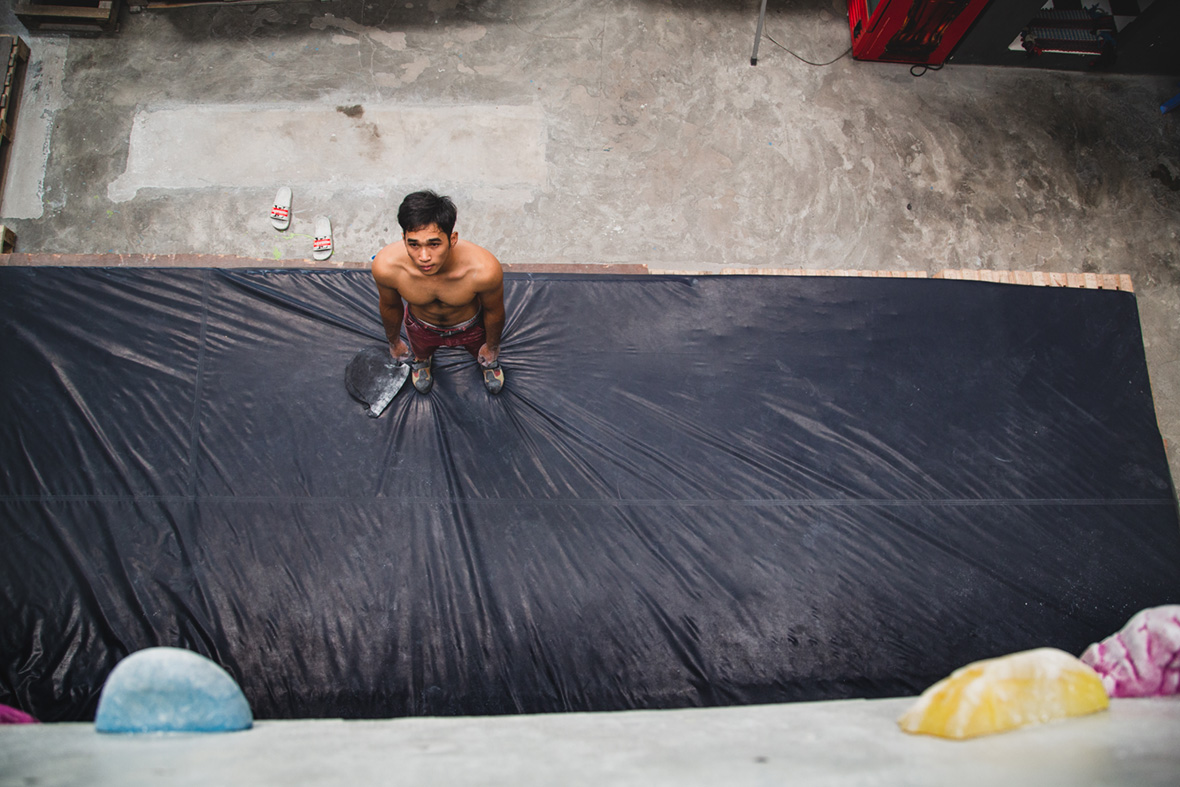
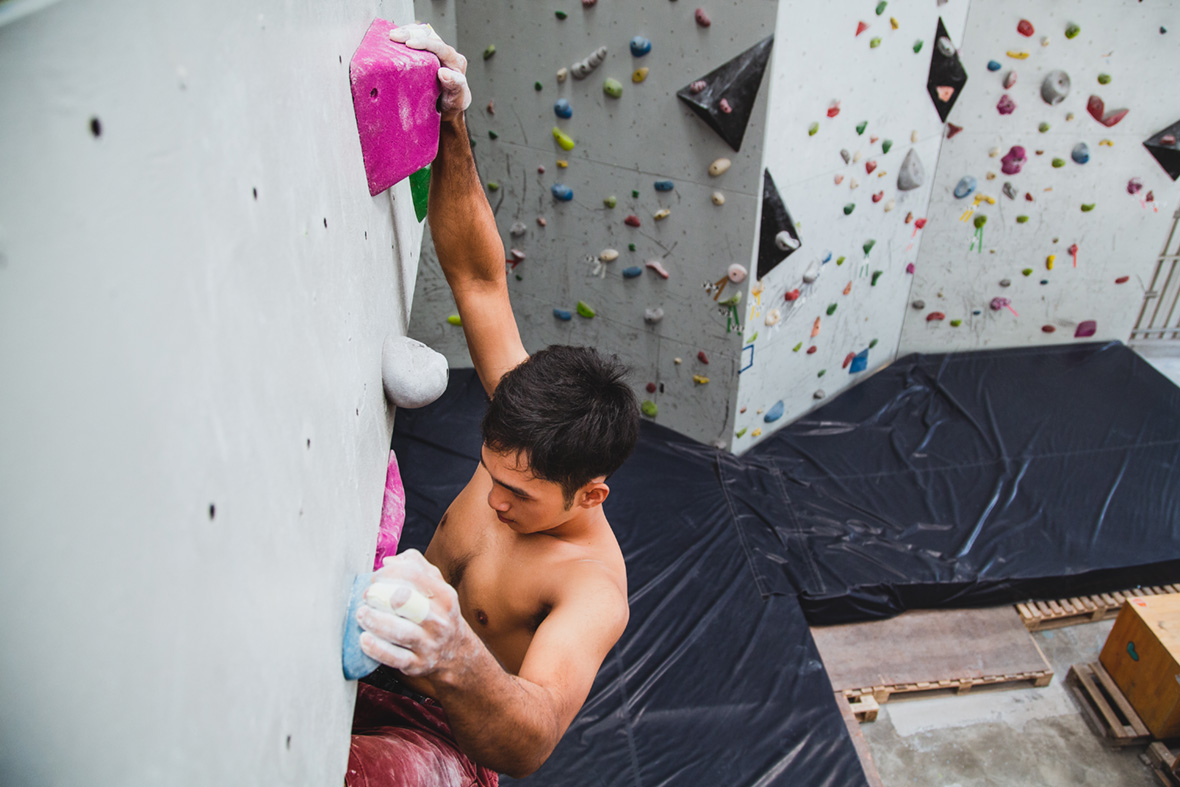
Despite becoming one of the most recognized figures in the Cambodian climbing scene, Nano remains hard at work toward even more ambitious goals—to expand the sport’s popularity and nurture a new generation of climbers in the country. On any given day of the week, you can find him at Phnom Climb, setting routes, training, or teaching younger athletes. “Right now we don’t have good coaches in Cambodia, but I think I can become a coach here and train young climbers to be really good in the future,” he says.
尽管在过去几年间,Nano 成为了柬埔寨最知名的攀岩运动员之一,但他仍然不断努力,朝着更雄心勃勃的目标前进——在当地推广攀岩运动,并为国家培养新一代的攀岩运动员。无论是一周间的哪一天,你总是能在 Phnom Climb 找到正在设置攀爬路线、或是在对年轻运动员进行培训和教学的他的踪影。他说,“现在在柬埔寨并没有特别好的教练,但我想成为一名教练,培养年轻的优秀攀岩者。”
Rock climbing has come a long way in Cambodia since Nano began, even recently gaining recognition in the country’s Ministry of Sports. But despite the progress, it still doesn’t stand up to traditional sports like football or volleyball. “When I talk about climbing to Cambodians, they think I’m talking about hiking, and still don’t really understand the concept when I explain it,” he shakes his head. This unfamiliarity with the sport means Cambodia still has a lot of ground to make up for if it hopes to send a delegation of athletes to the Olympics, but Seyha is eternally optimistic. “Right now we only have three members on the national team, but in the future, I’m sure we’ll have a great team that can compete in the Olympics.”
从 Nano 投入这项运动开始,柬埔寨的攀岩确实成长了许多,最近甚至获得国家体育部的认可,但是与足球或排球这些传统运动相比,依然有很大进步的空间。“当我跟柬埔寨人聊起攀岩时,他们总是以为我在说爬山。当我向他们解释这项运动时,他们都一脸茫然。”他摇摇头说道。对这项运动的陌生也意味着,如果柬埔寨希望有朝一日能派运动员参加奥运会,他们还需要作出更多努力,但 Nano 始终十分乐观。“现在我们国家队只有三名队员,但在未来,我相信我们一定可以组成一支出色的队伍去参加奥运会。”
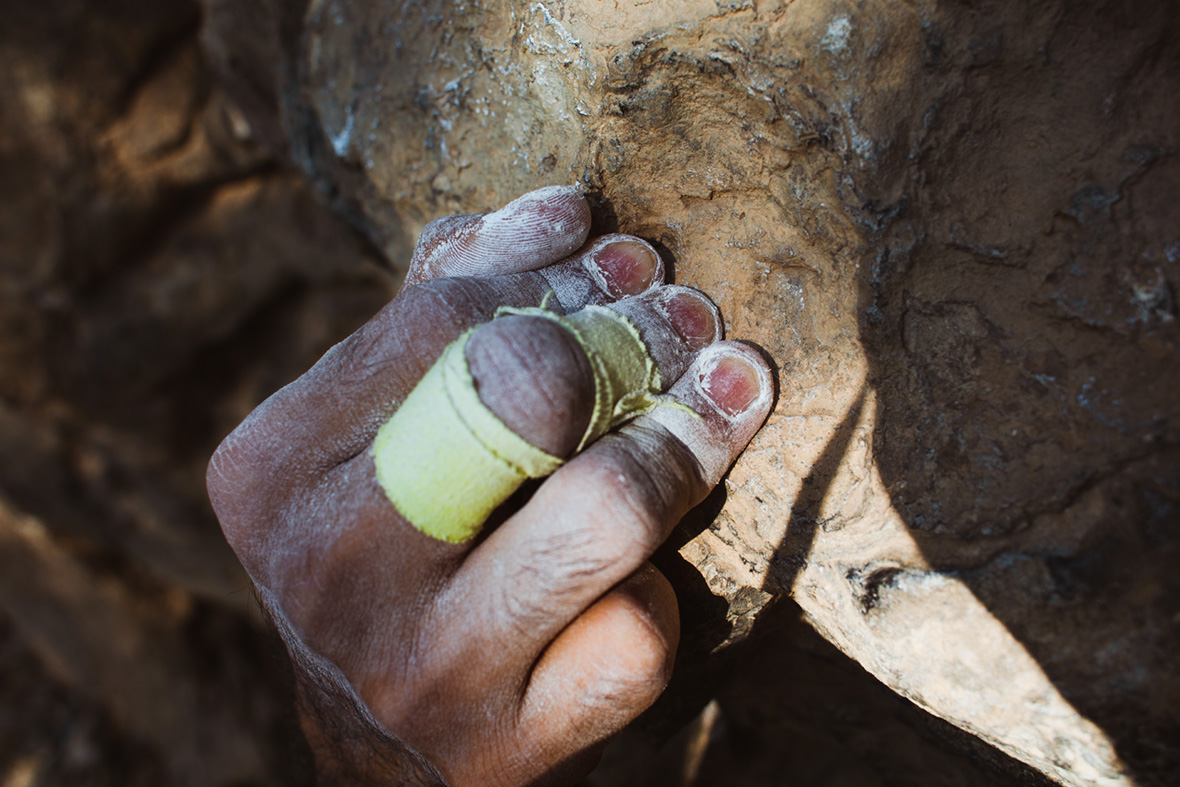
Like our stories? Follow us on Facebook and Instagram.
Instagram: @sorseyh
Contributor, Photographer, and Videographer: Jeremy Meek
English Translation: Olivia Li

